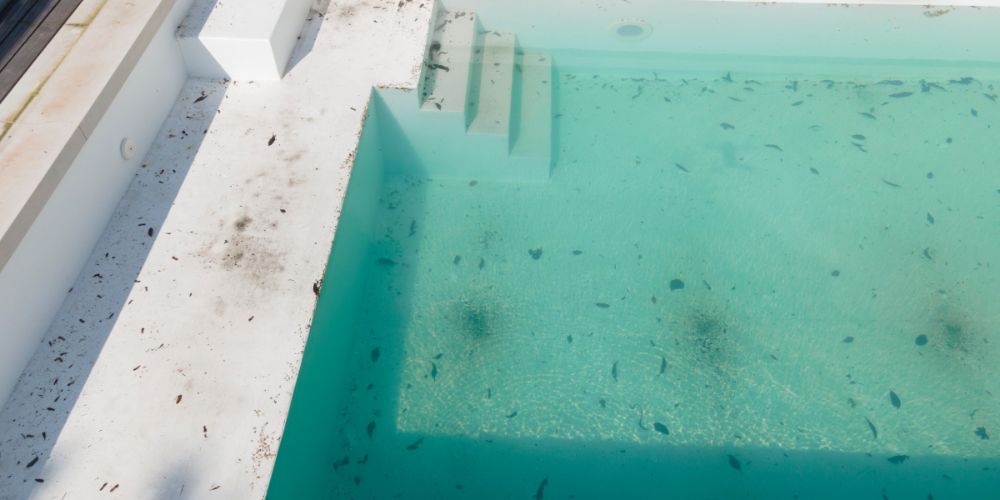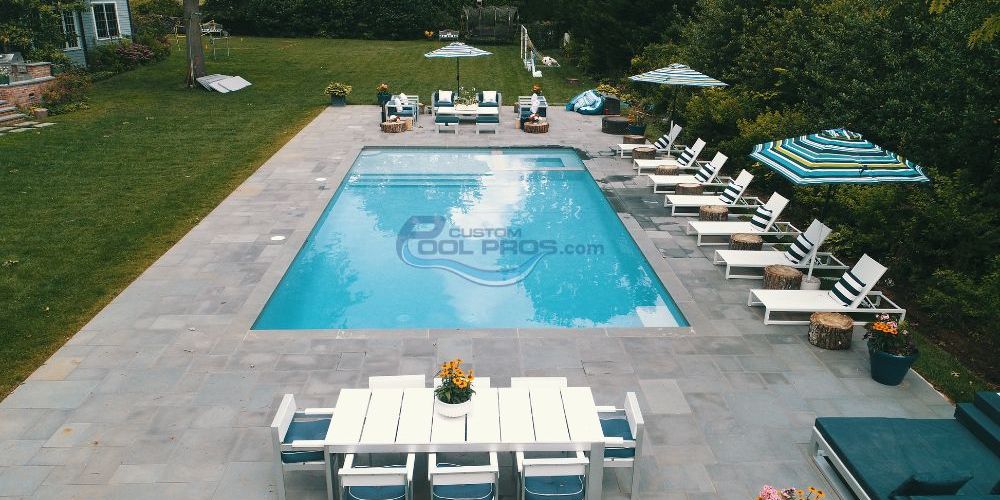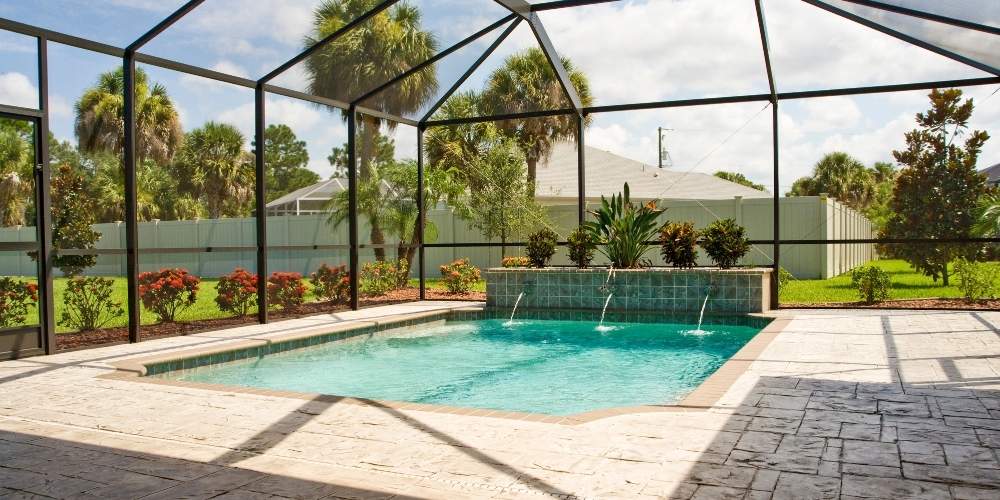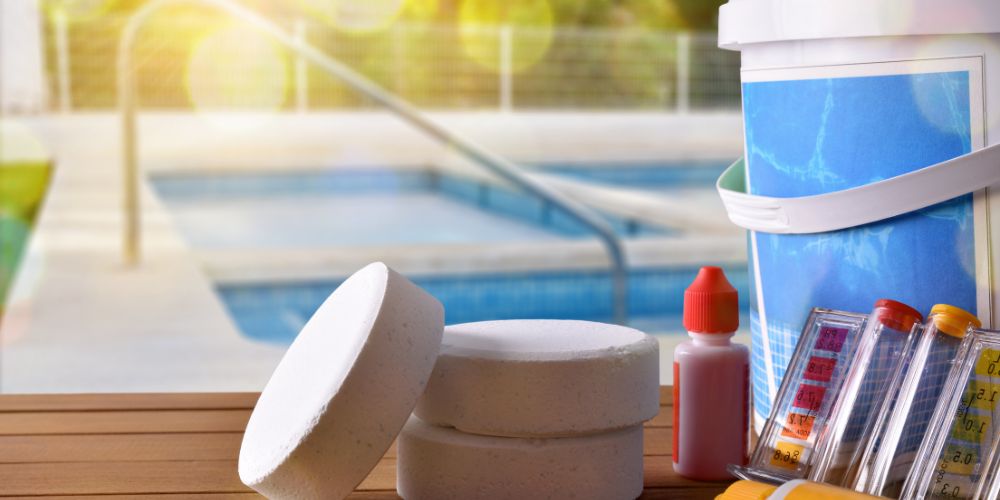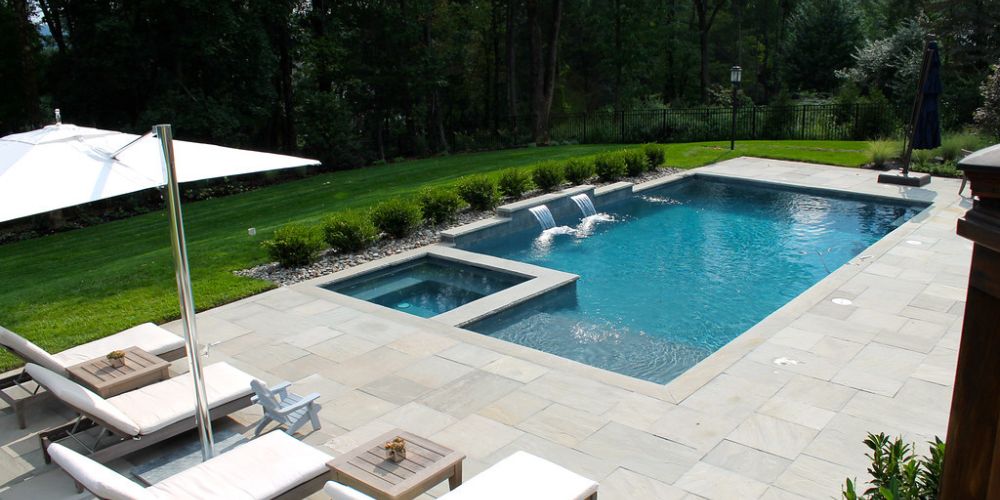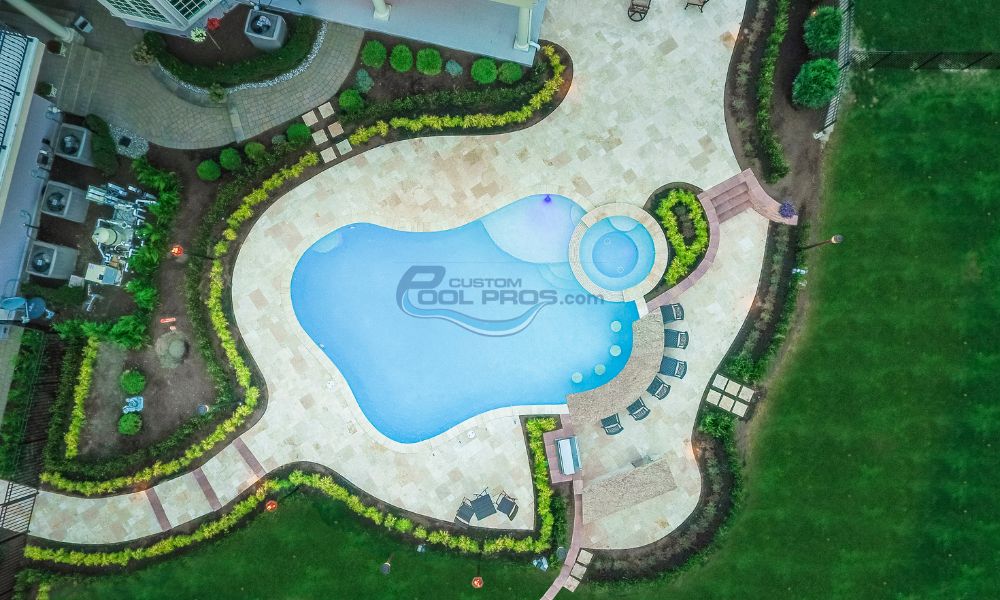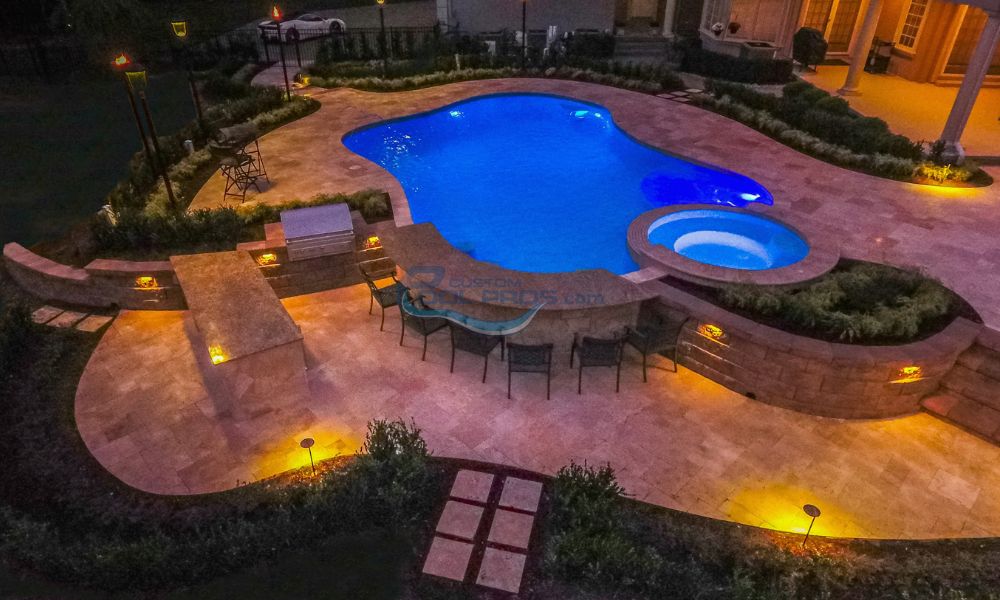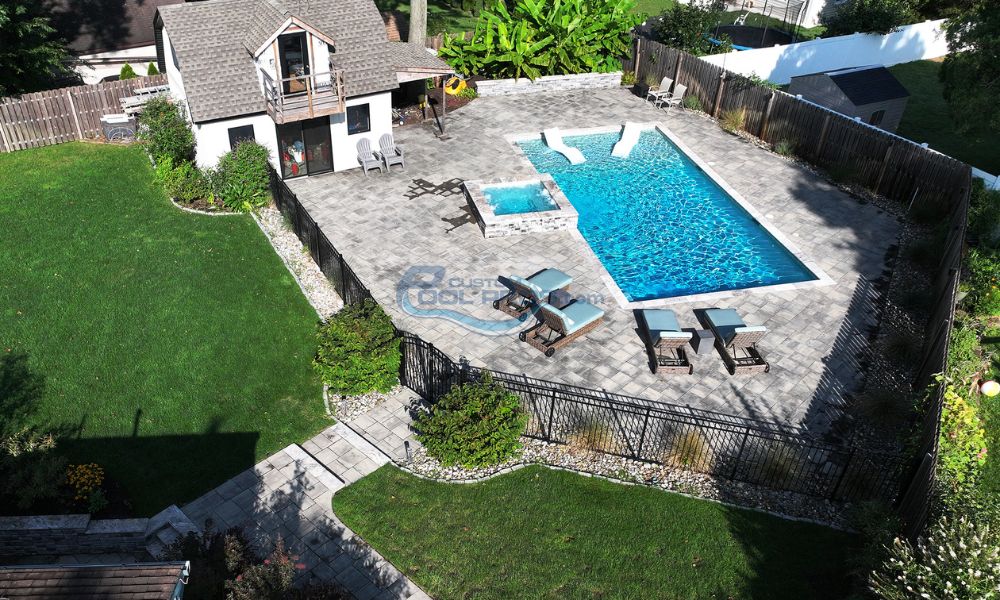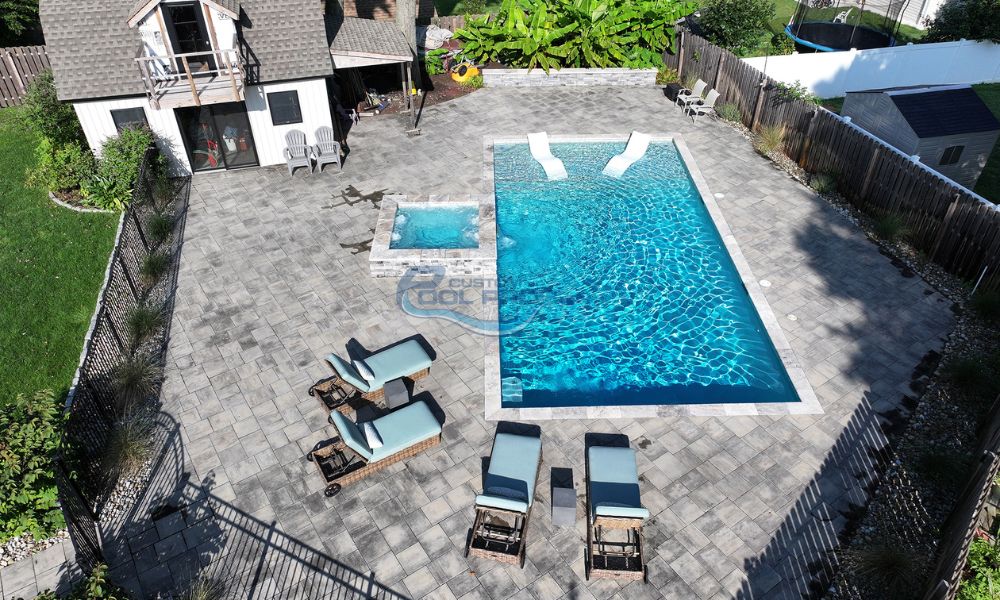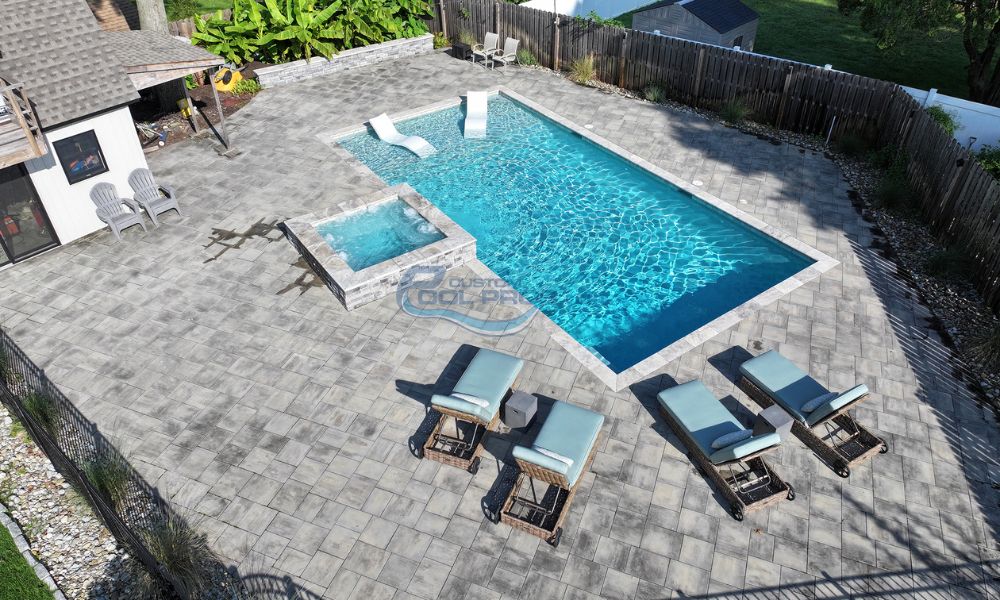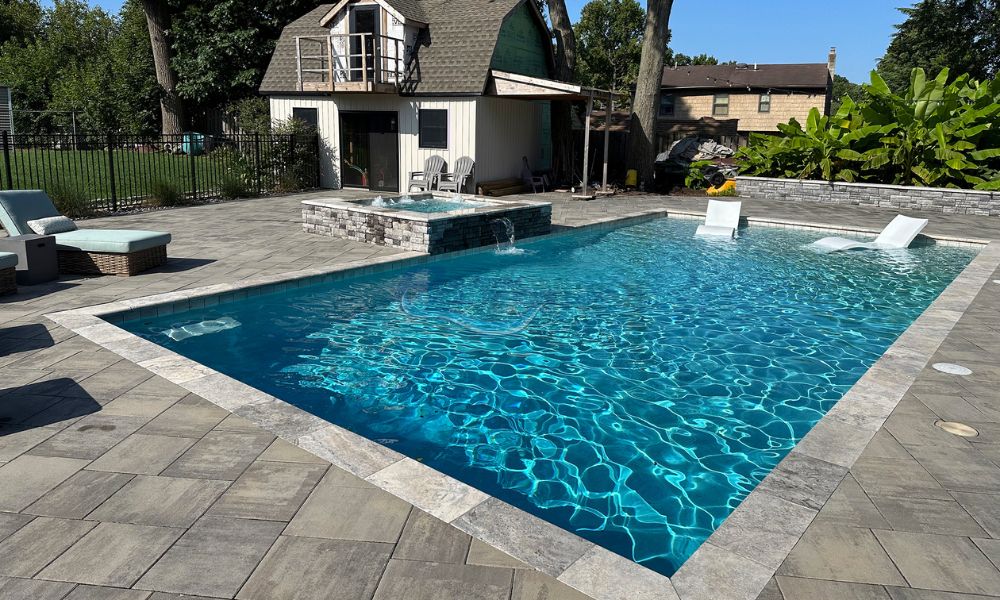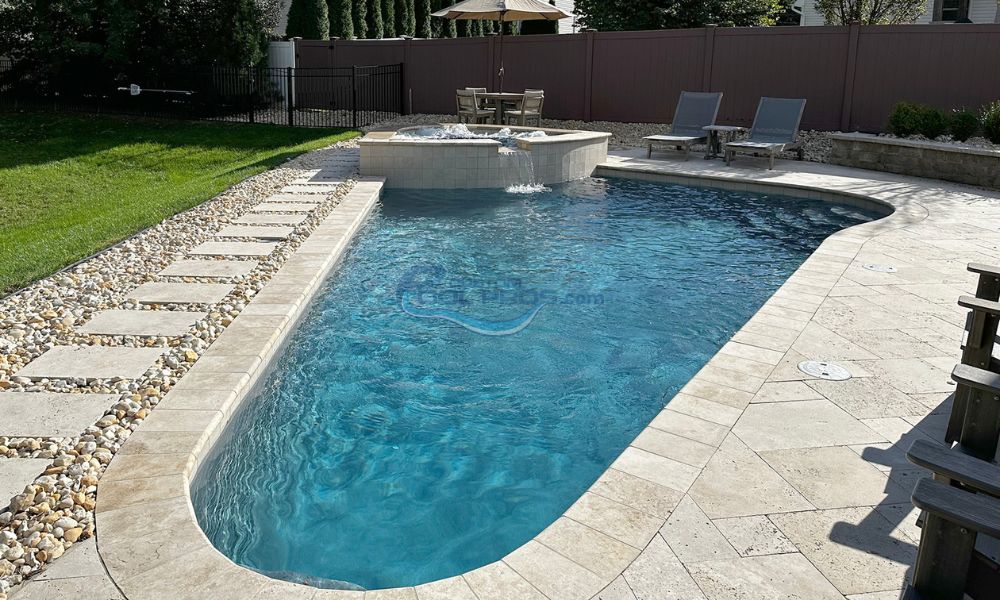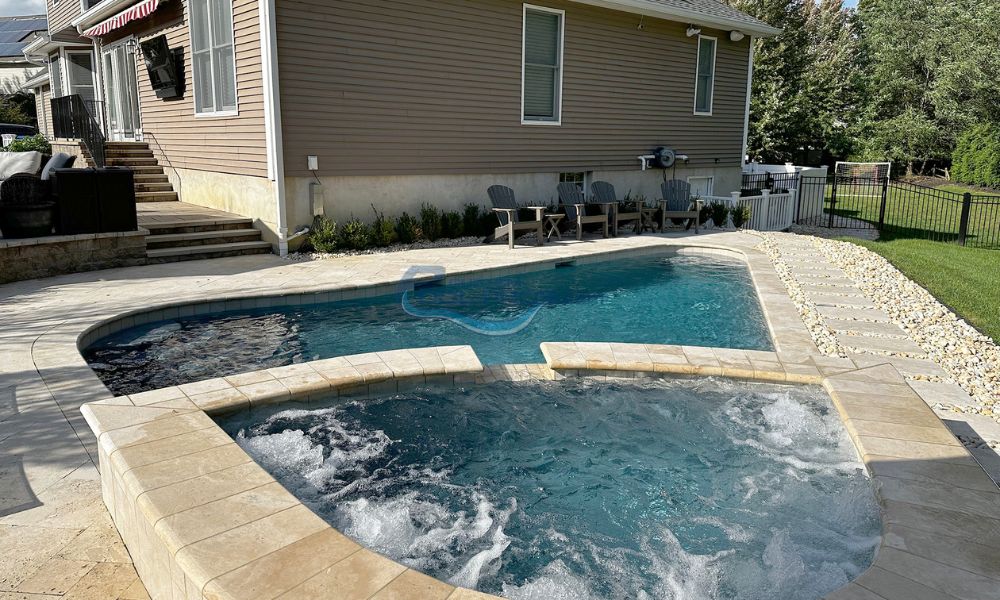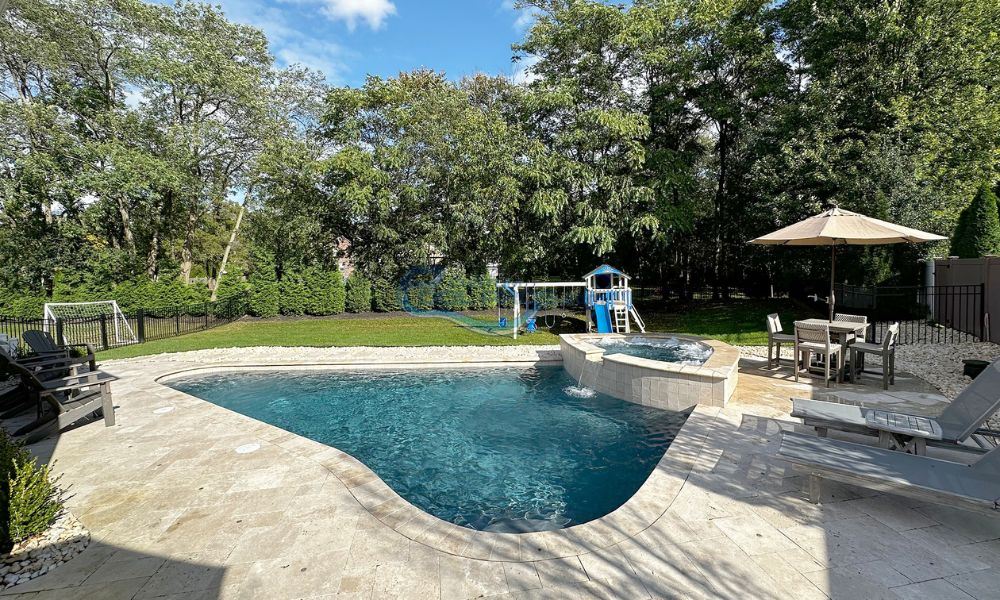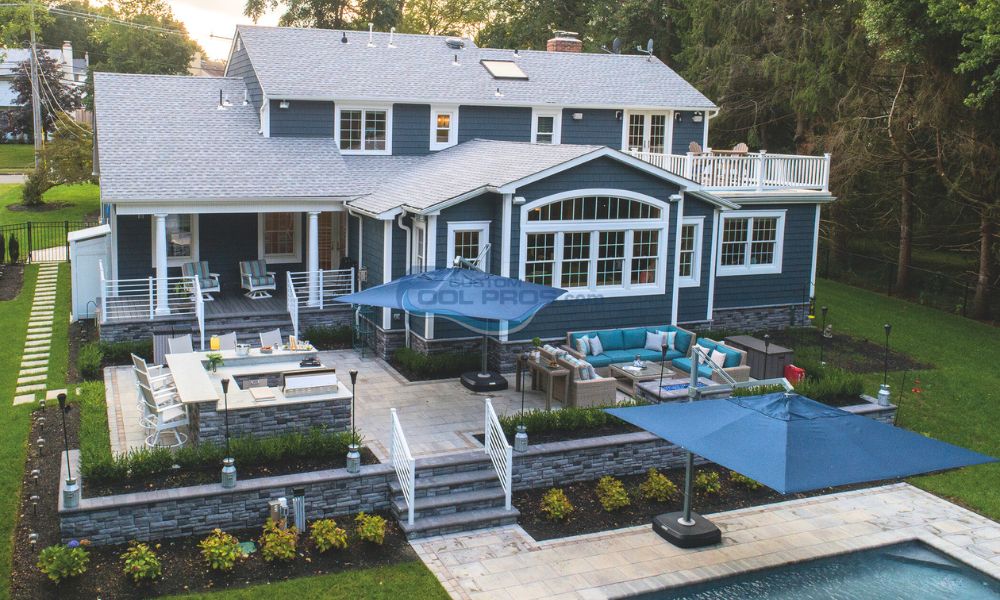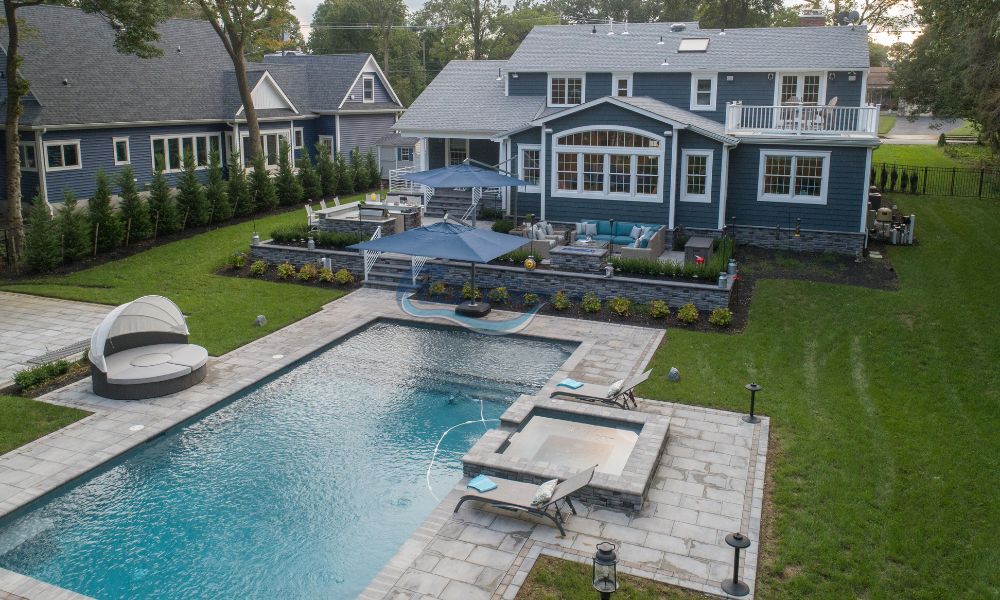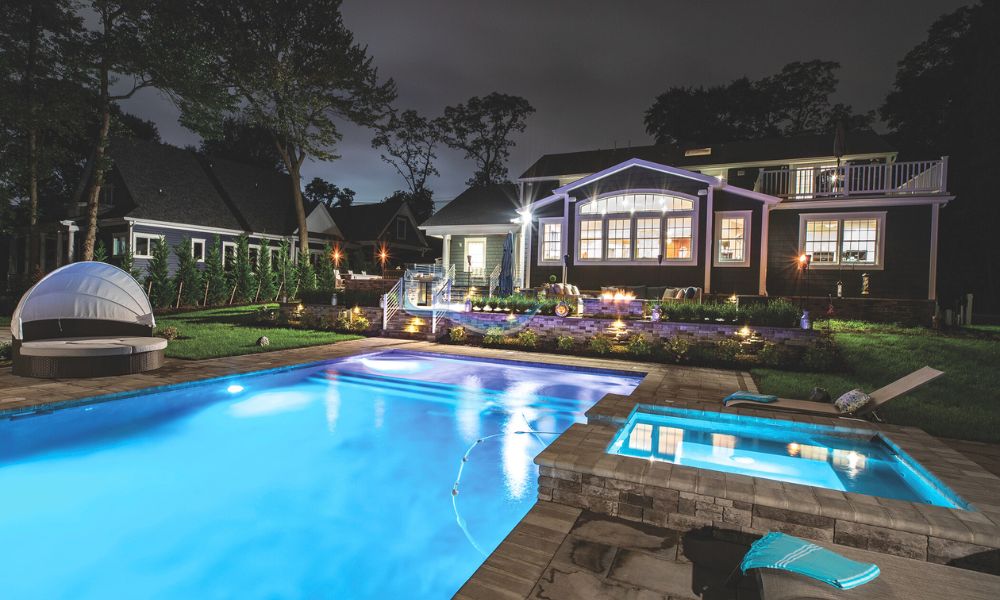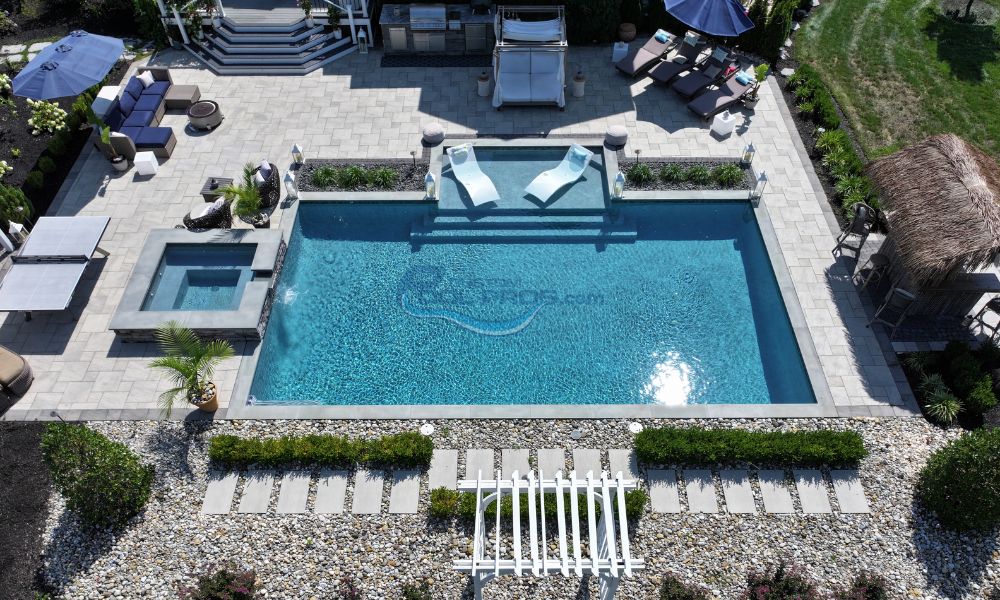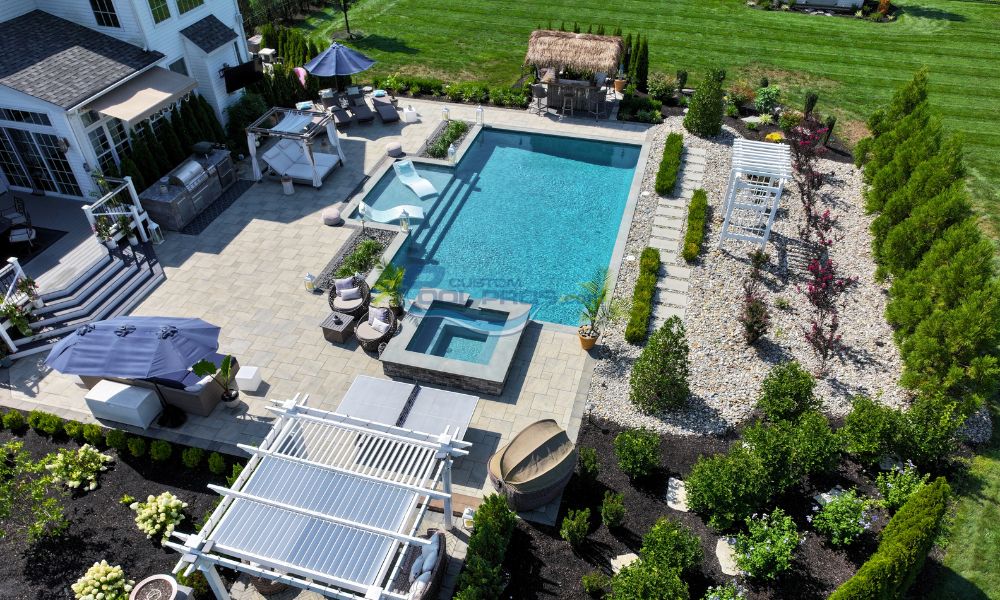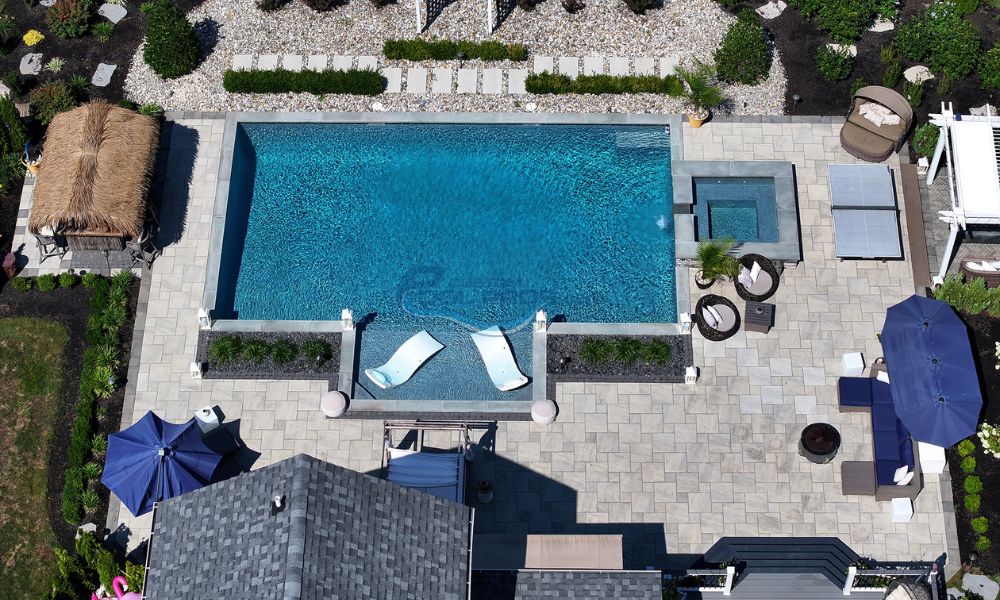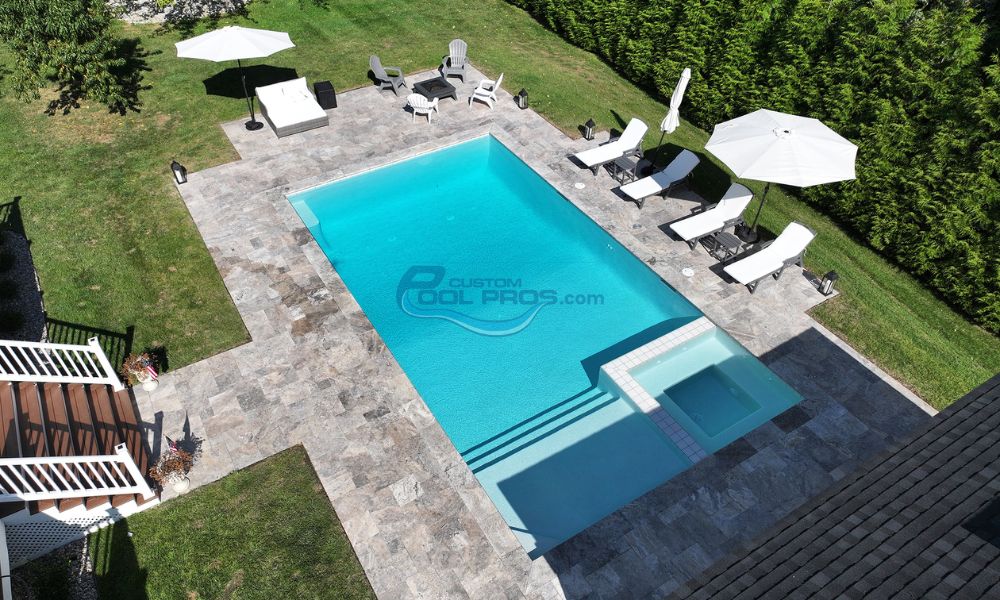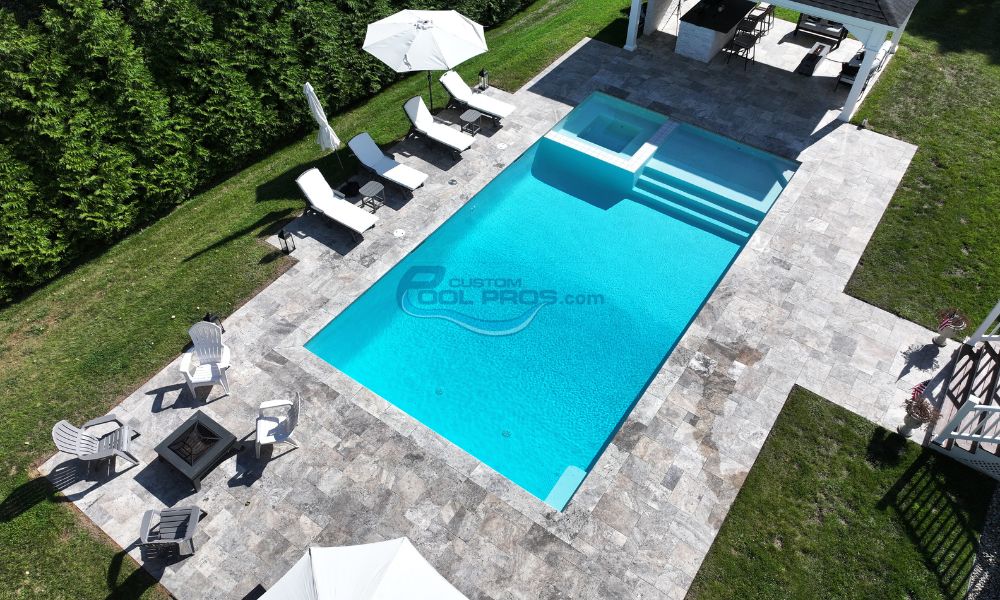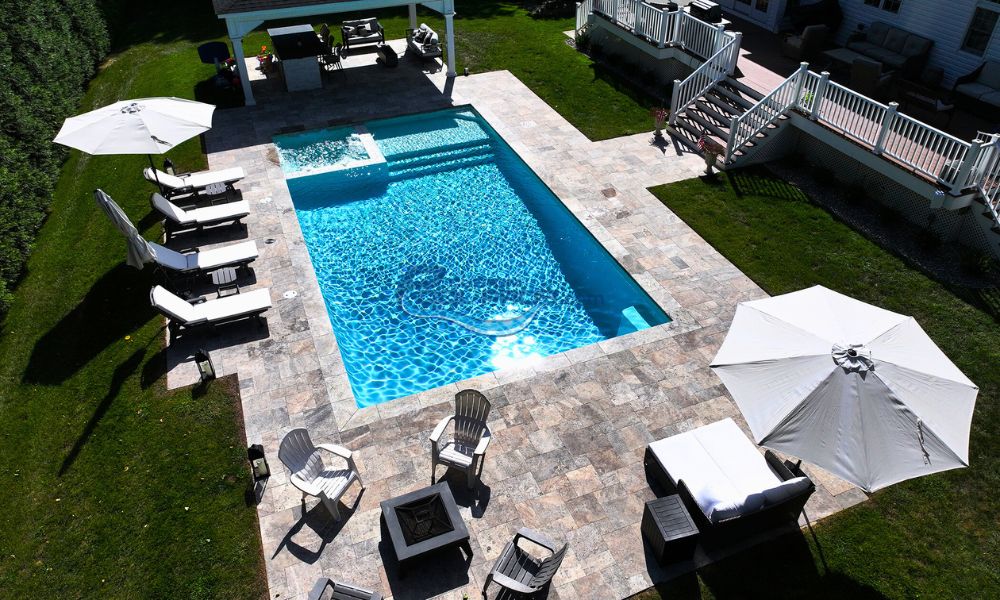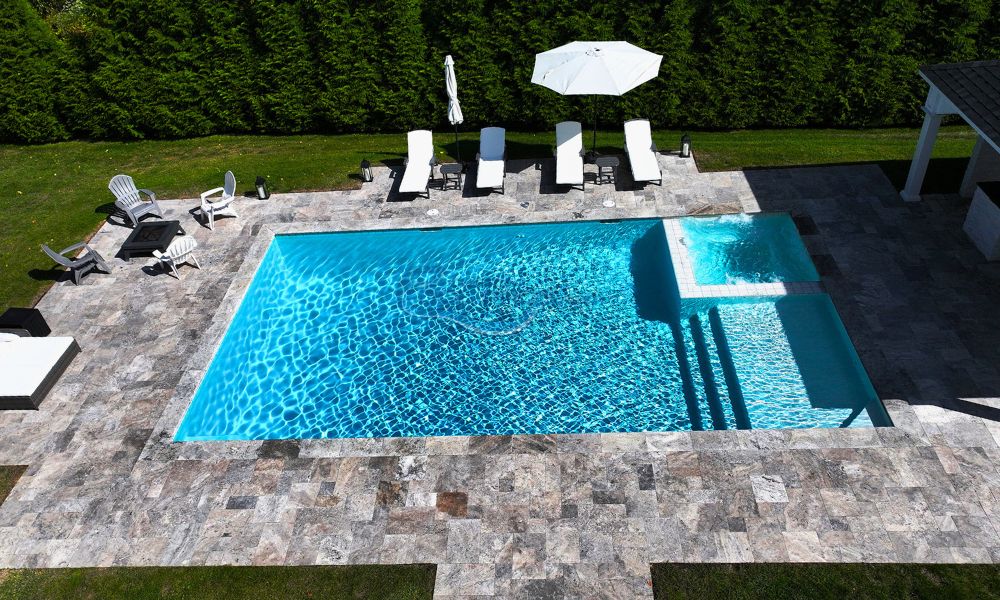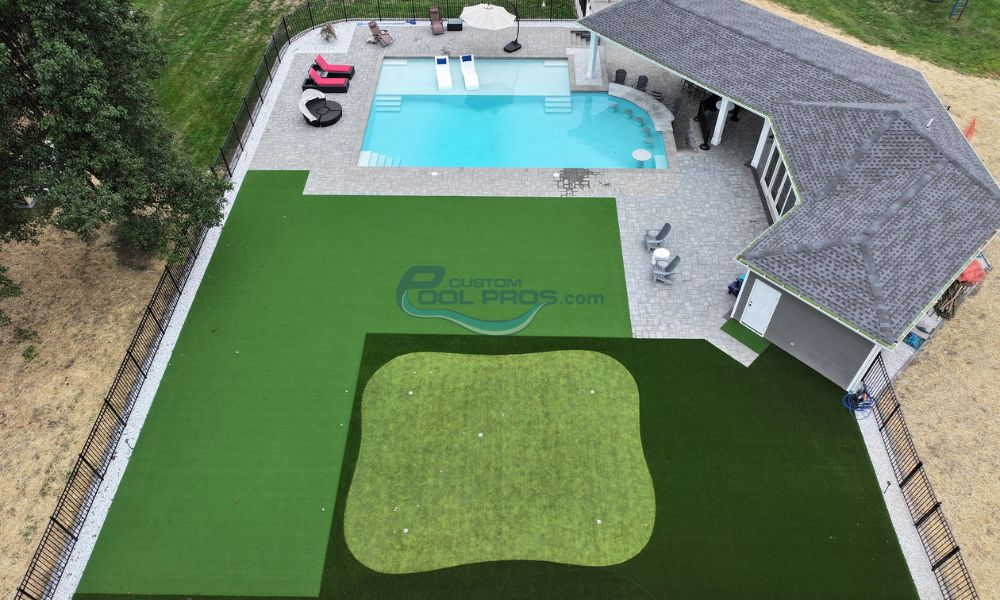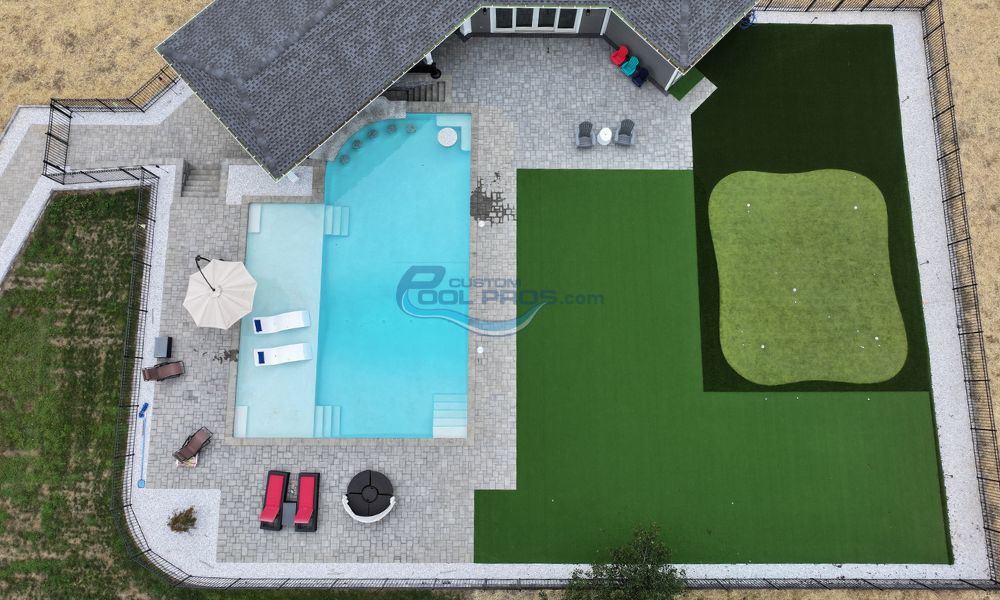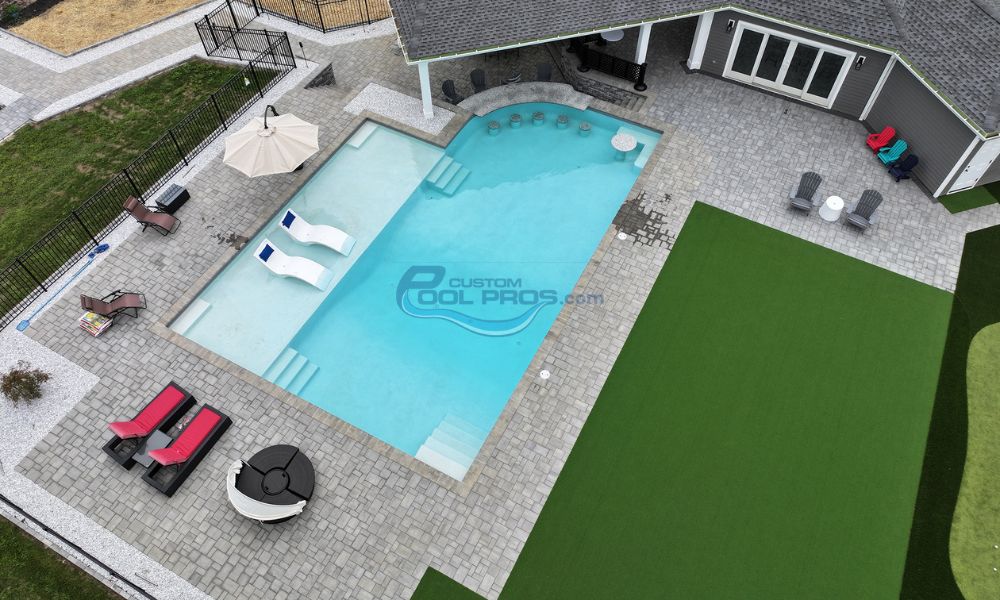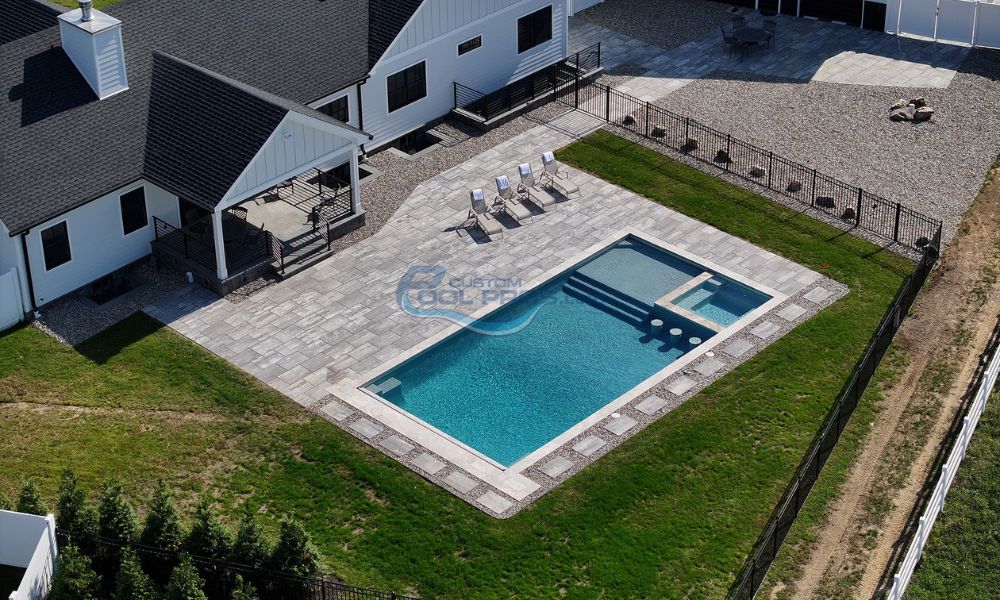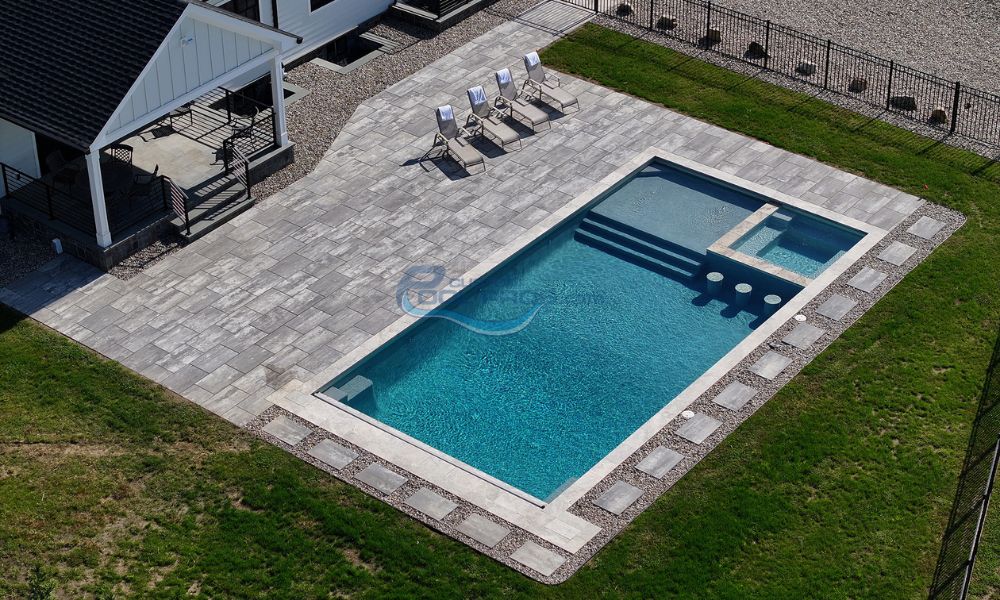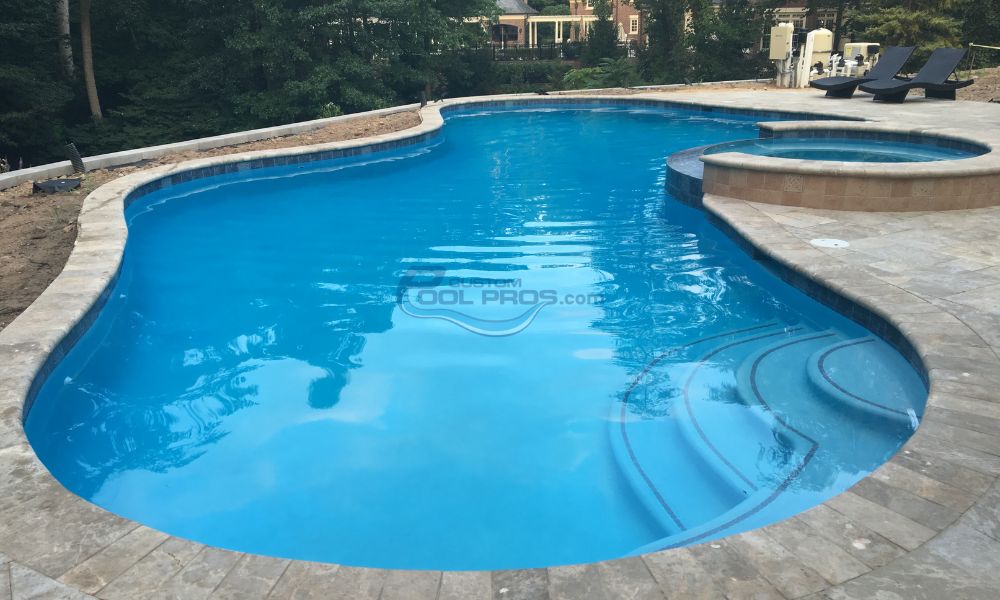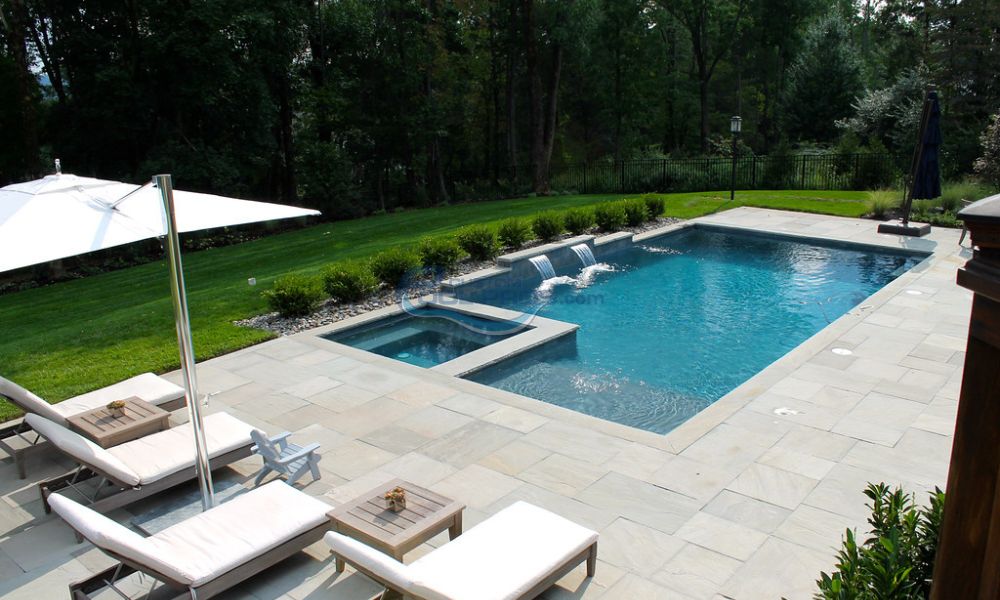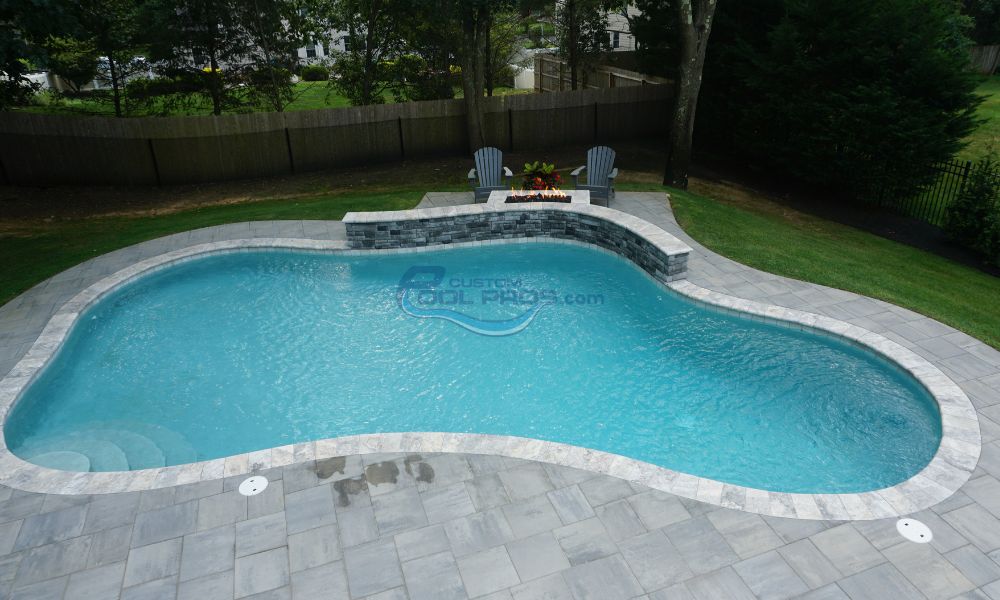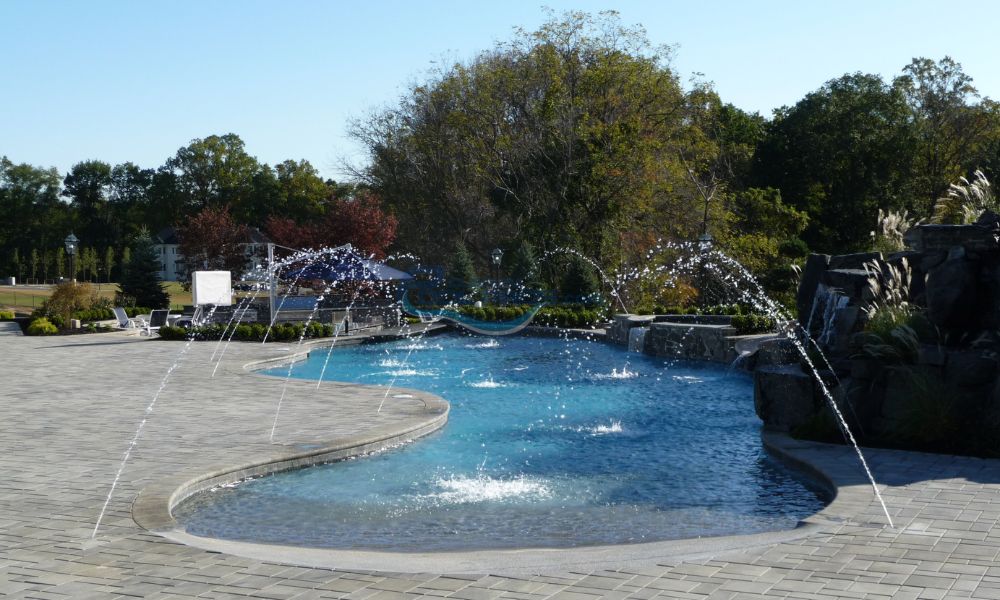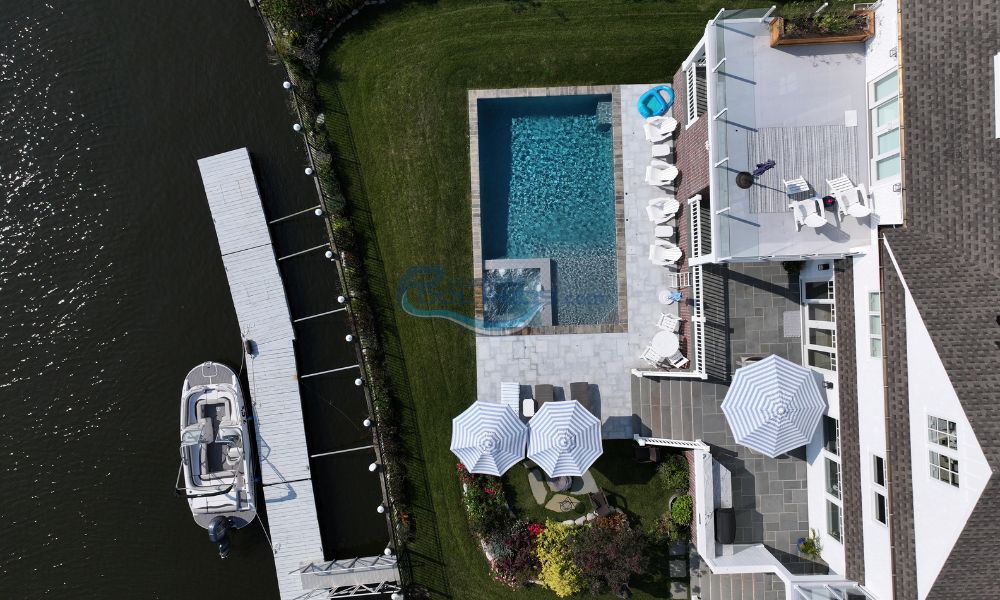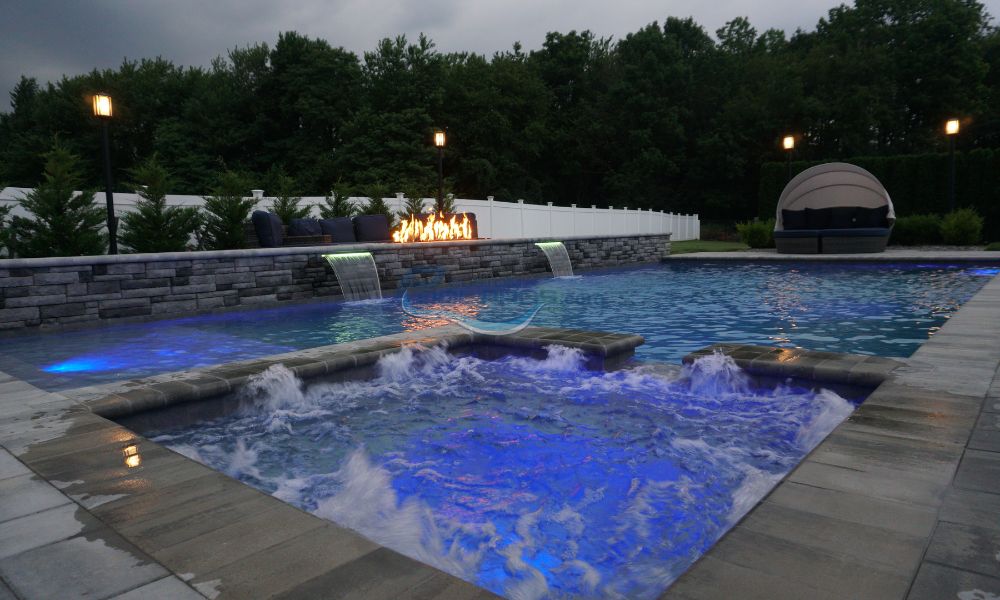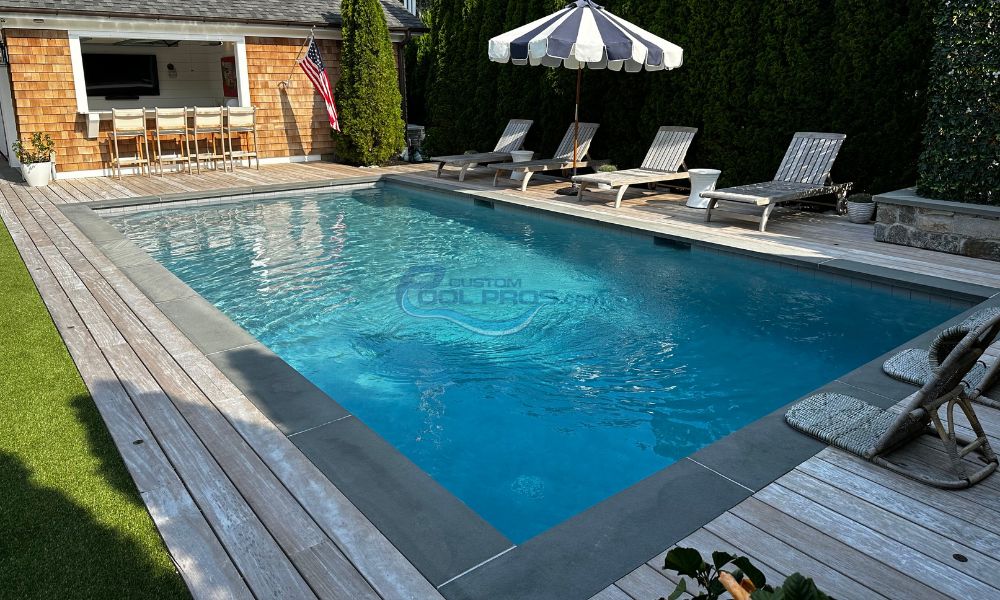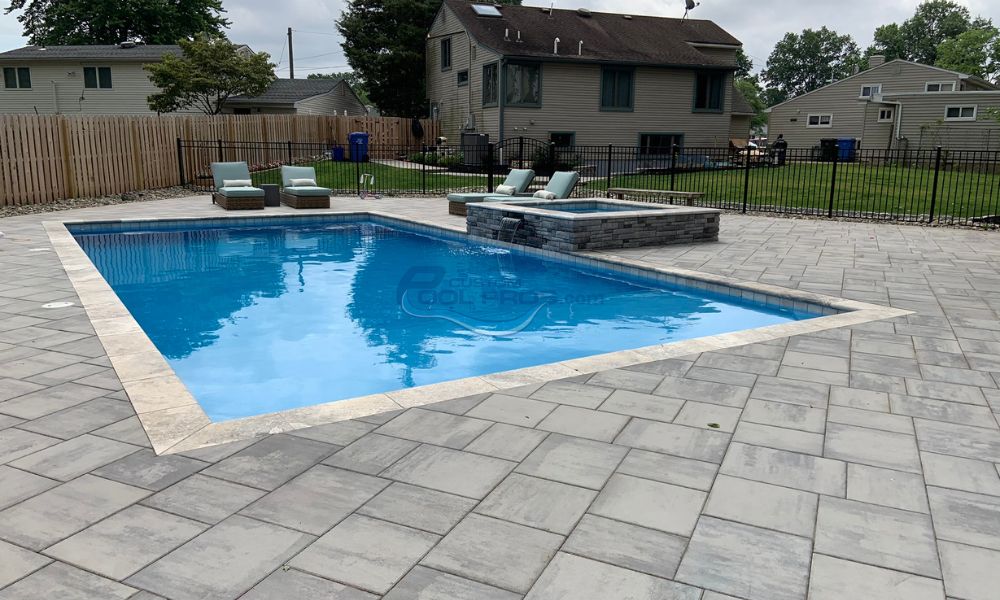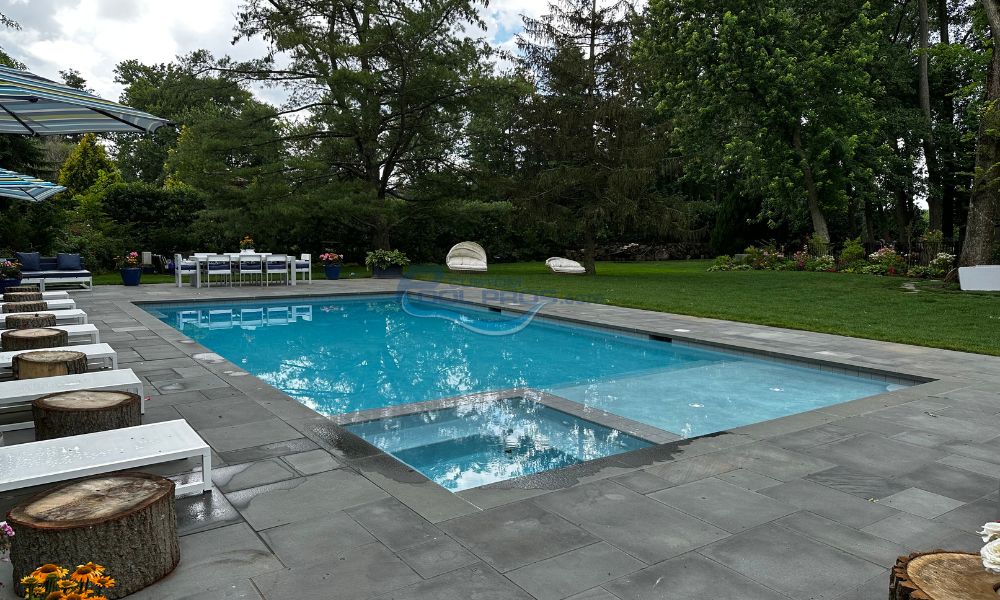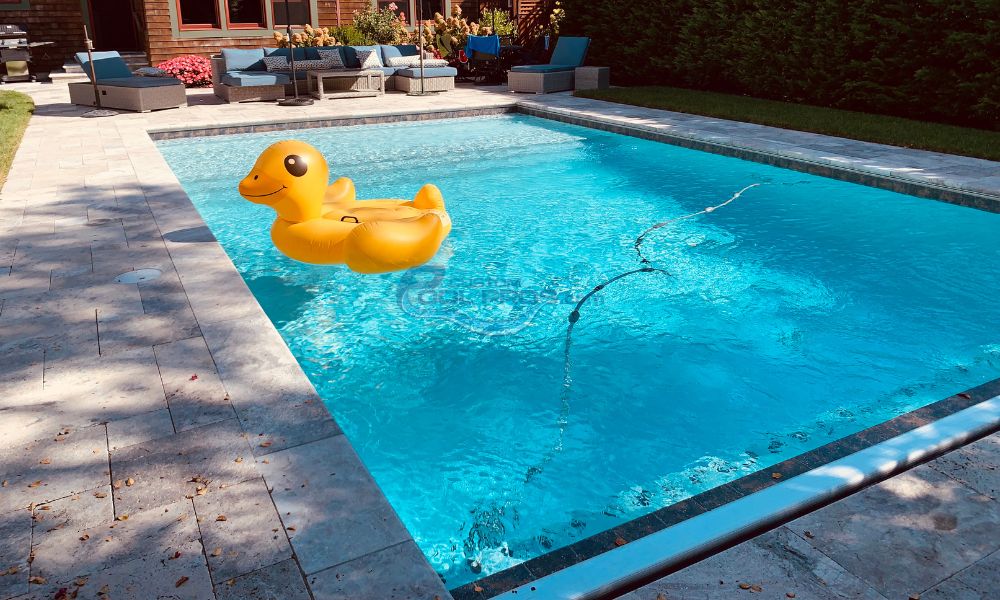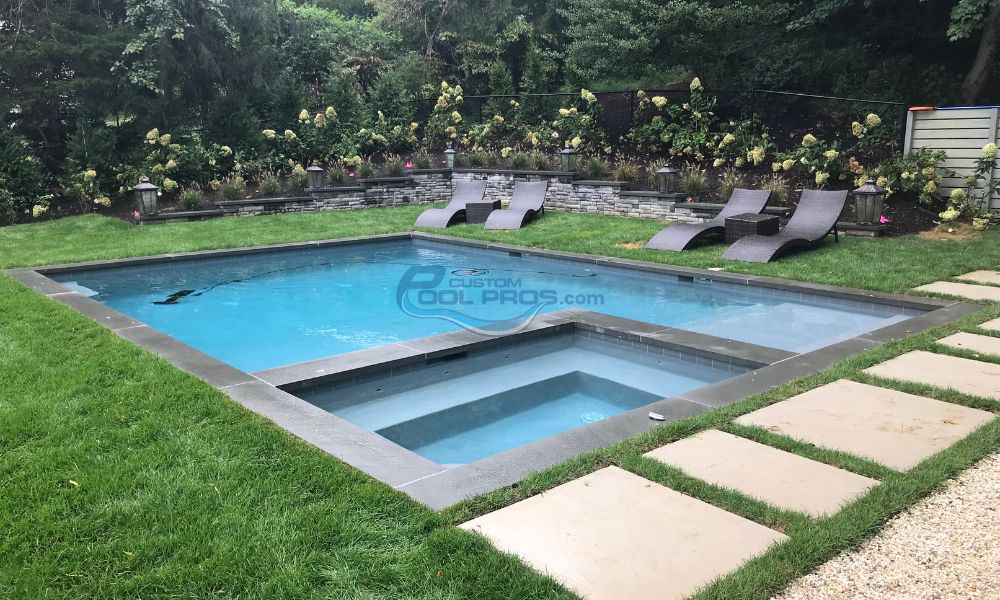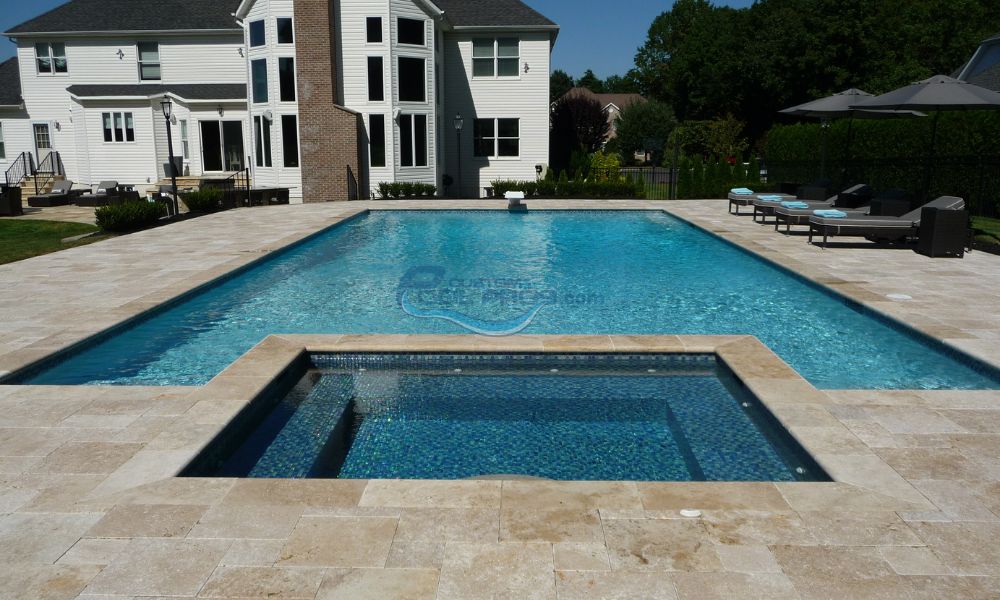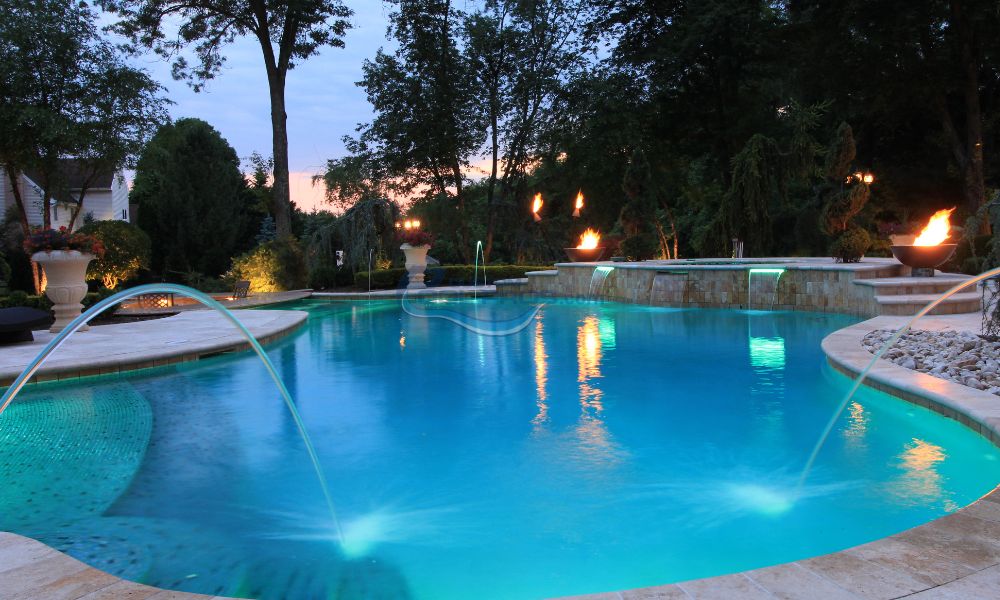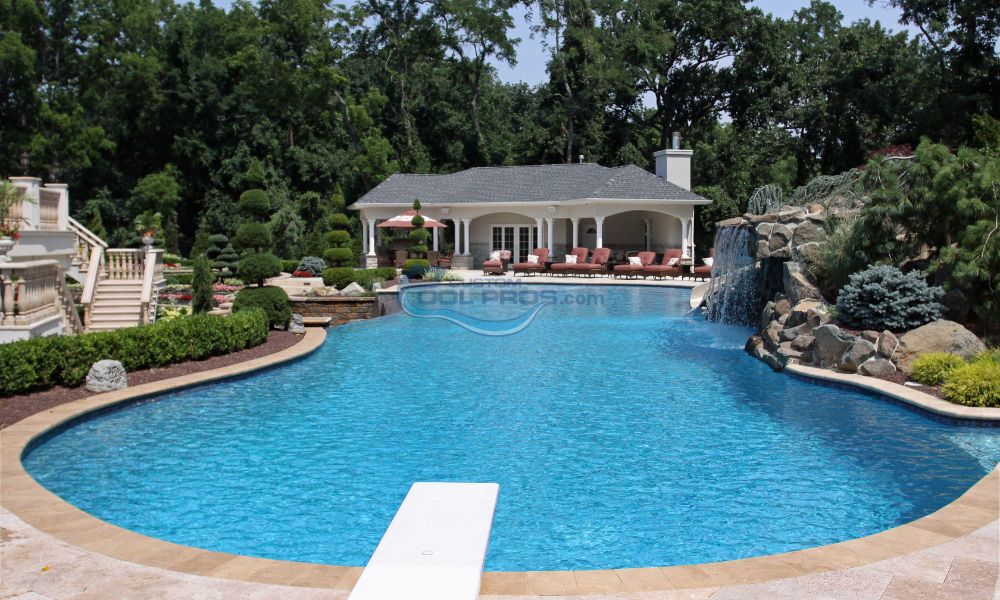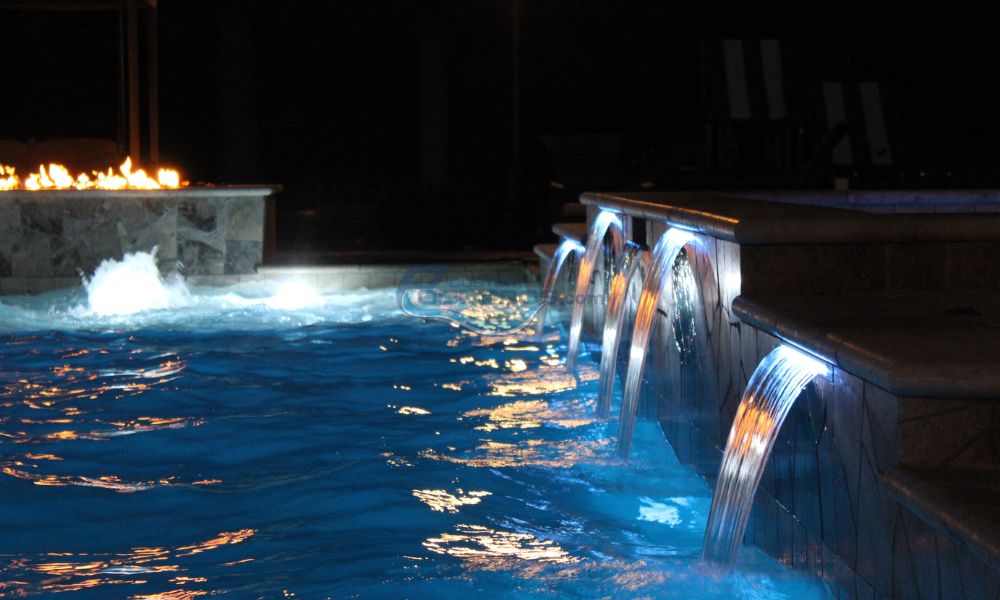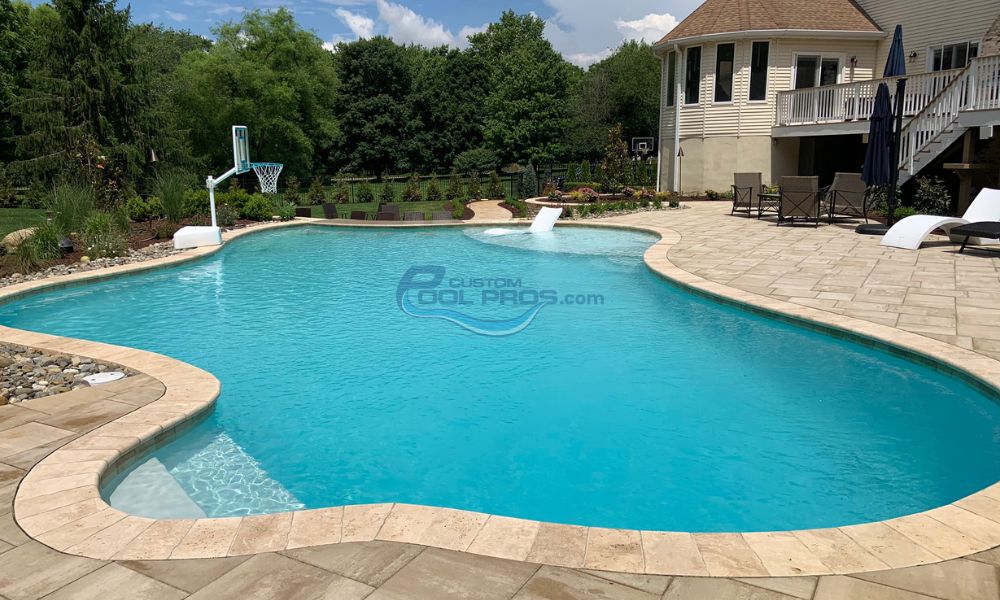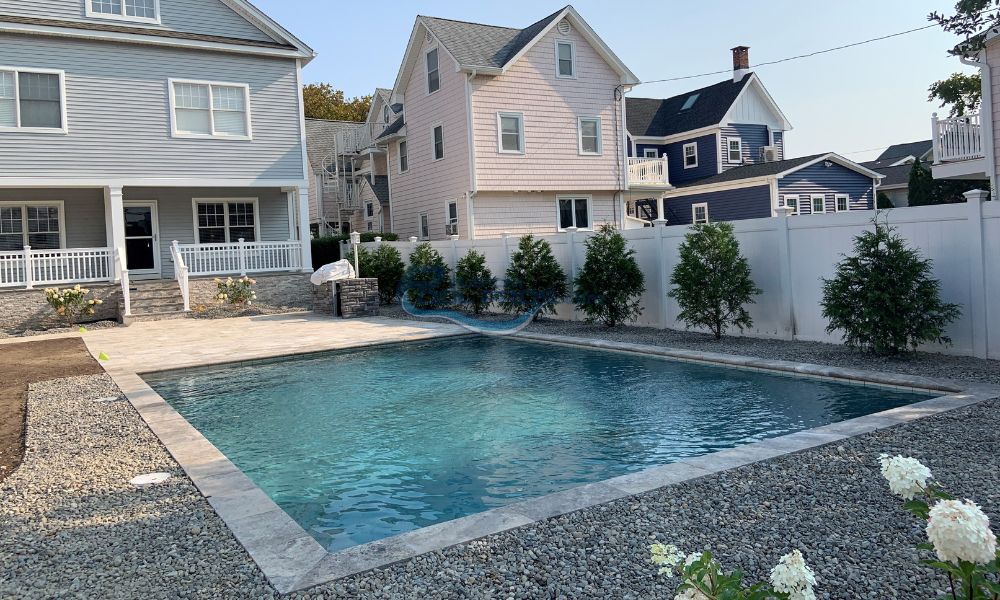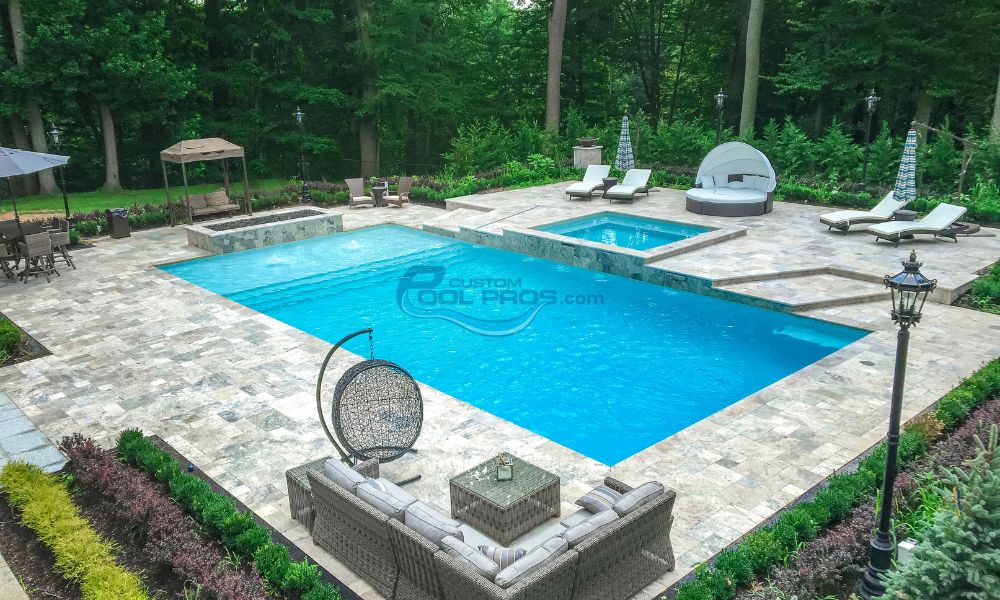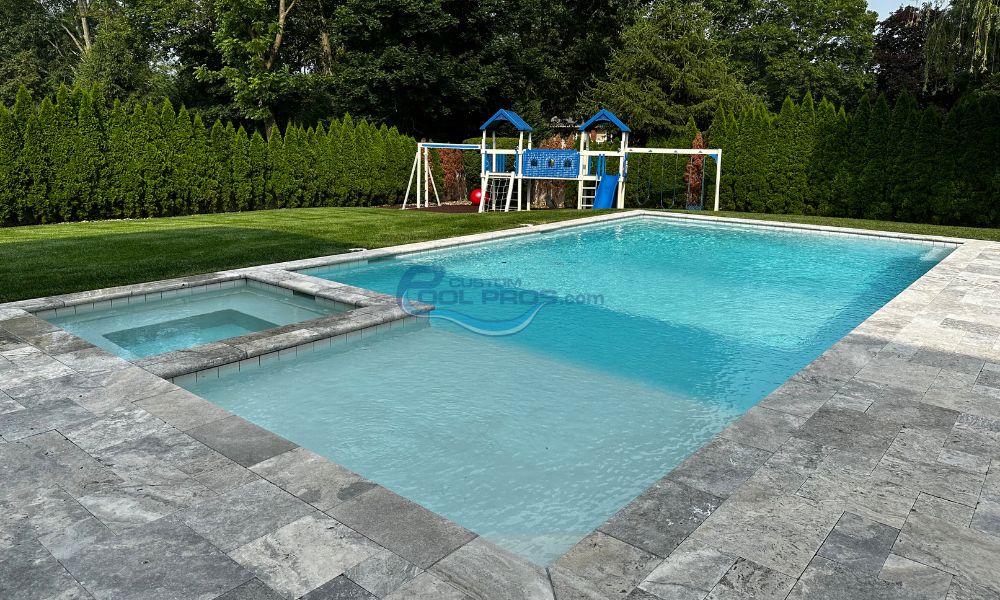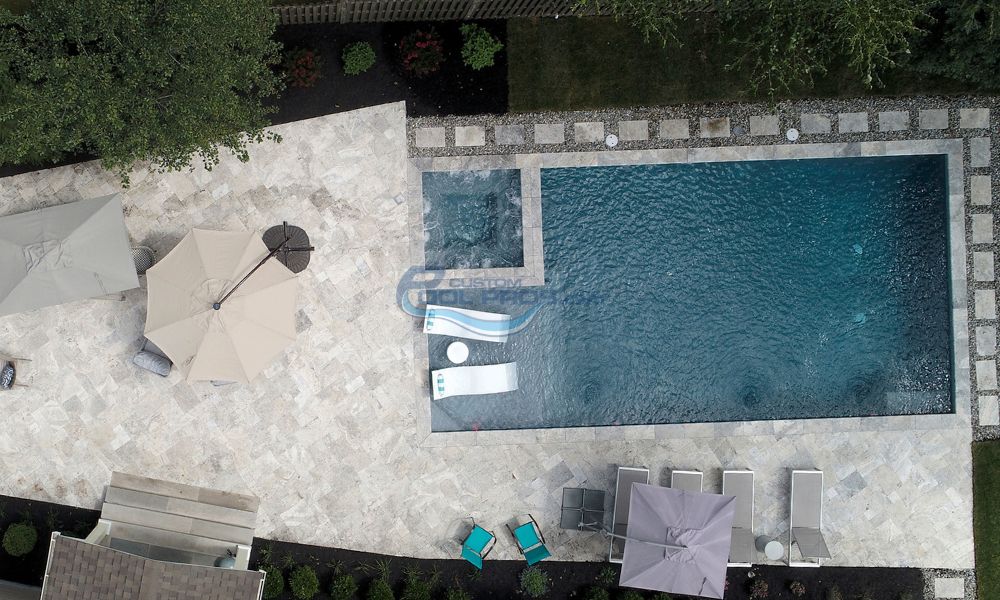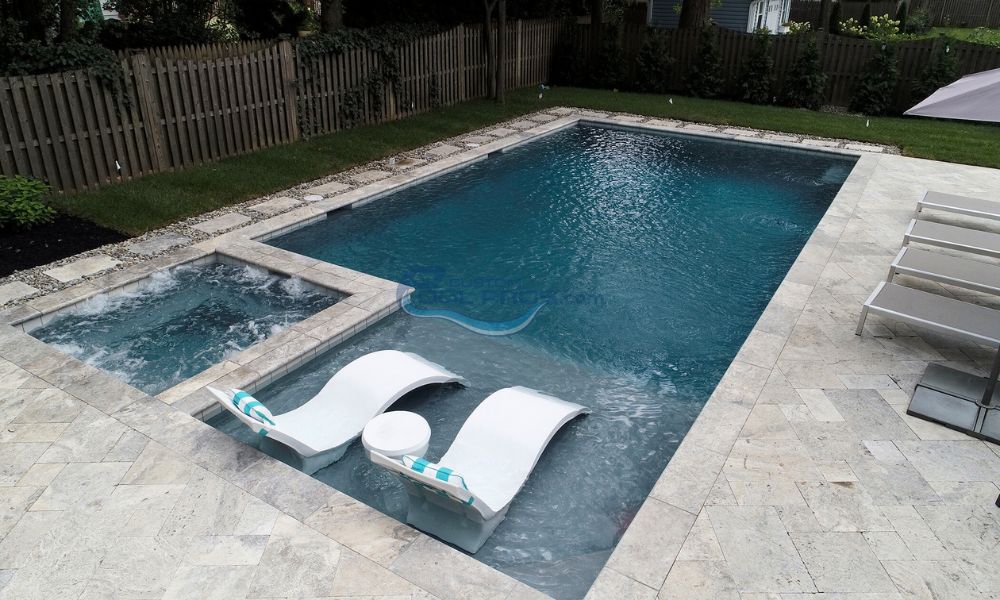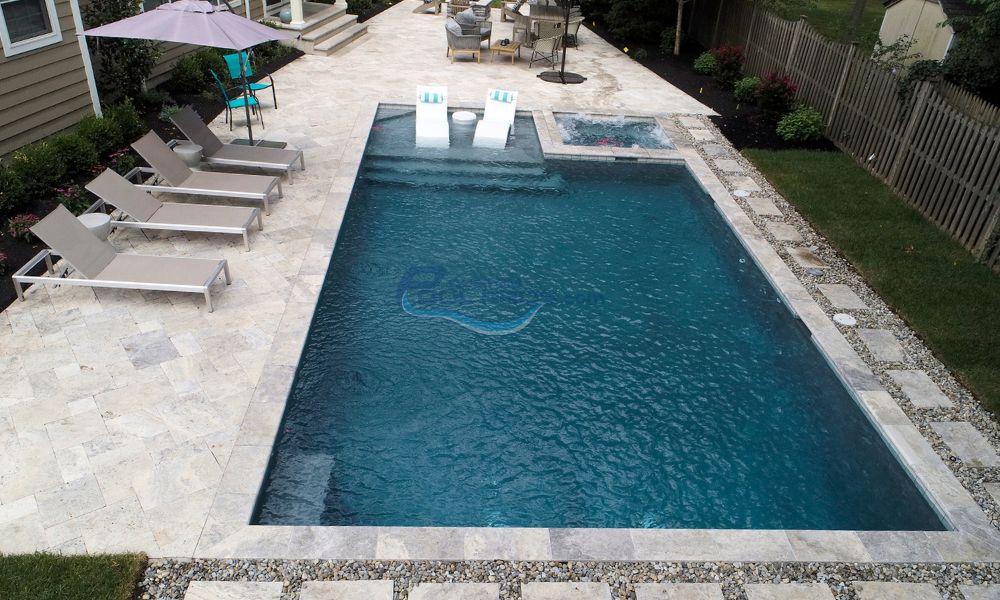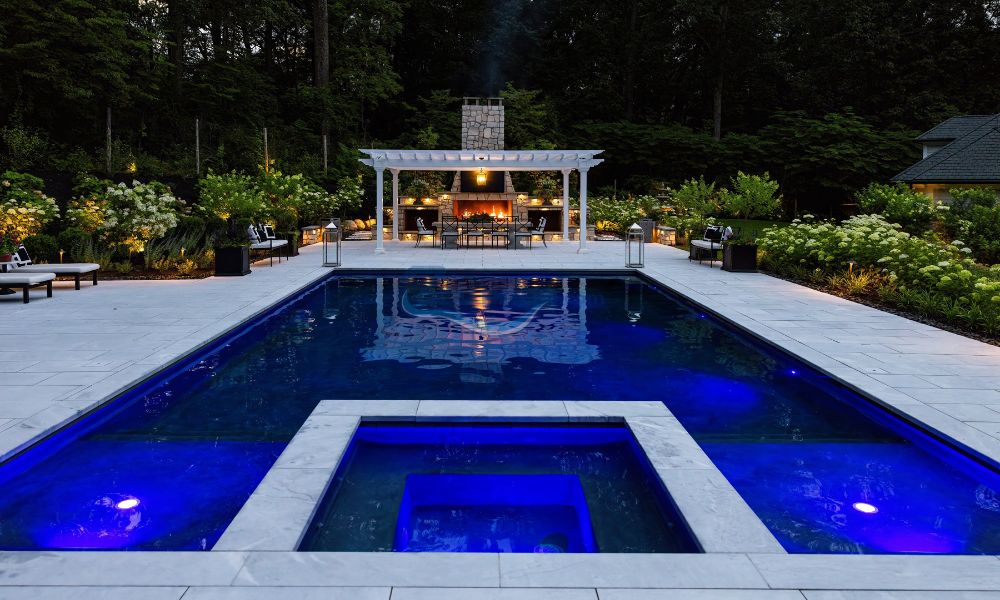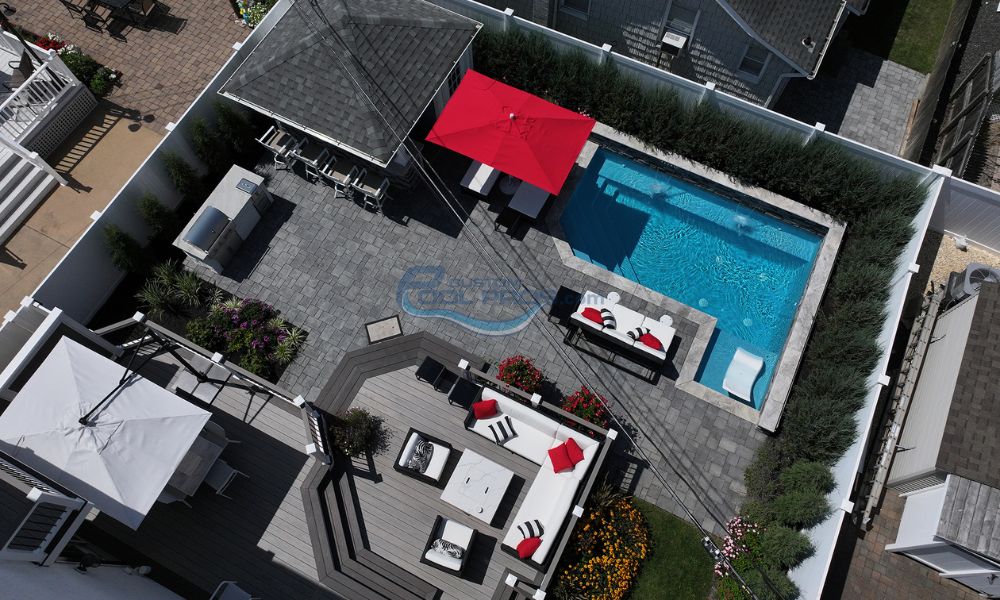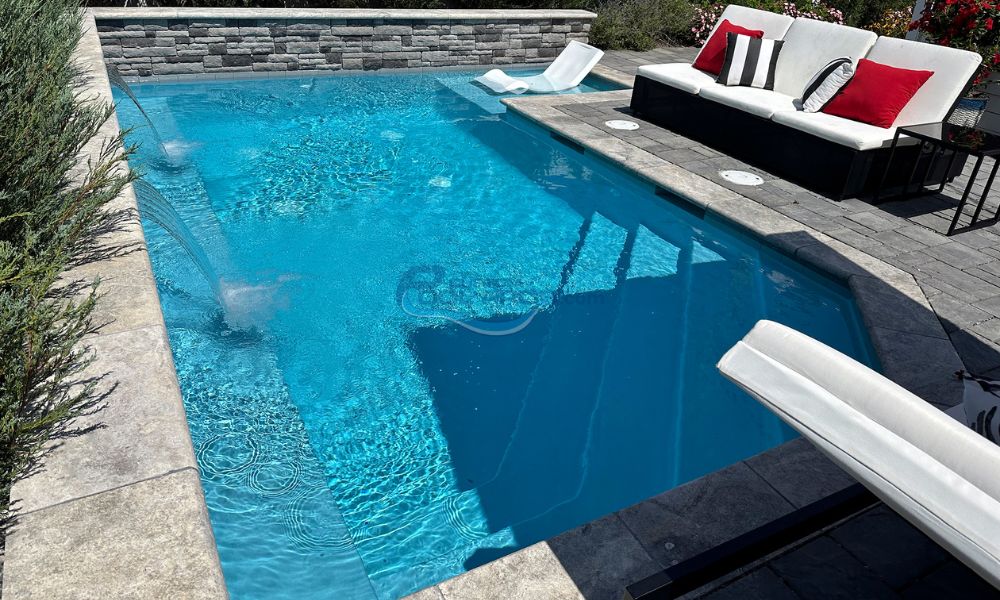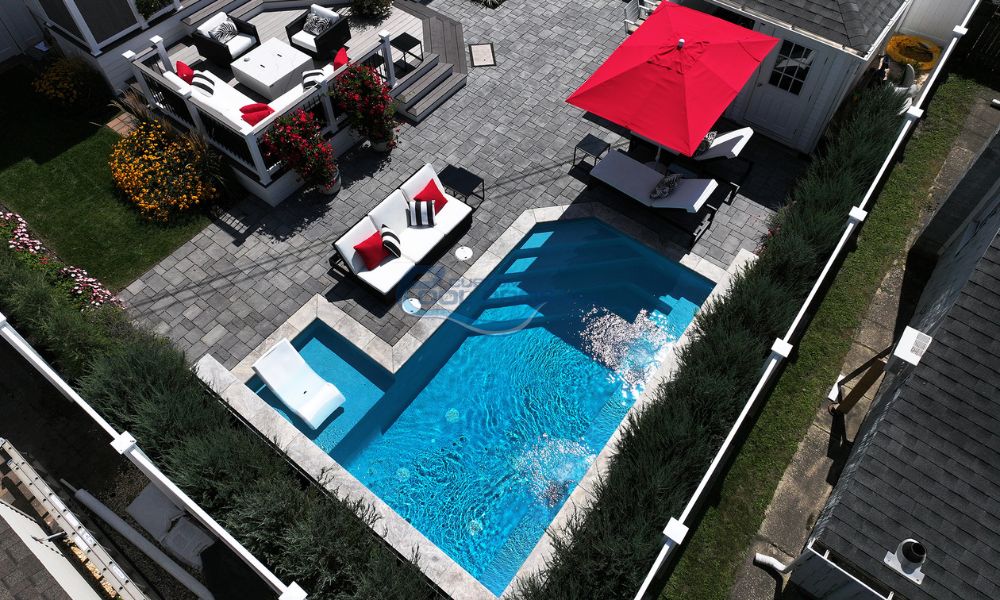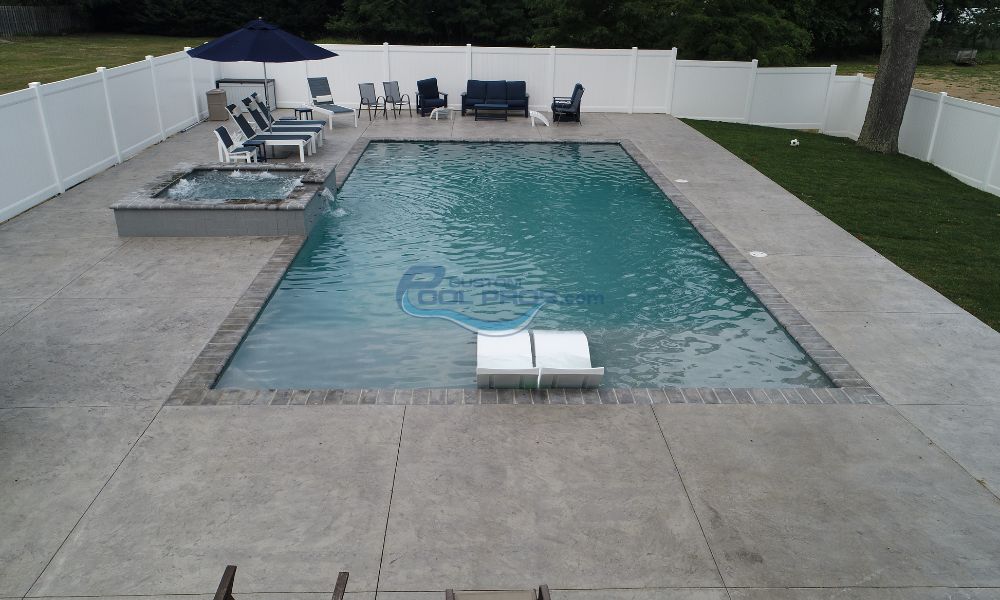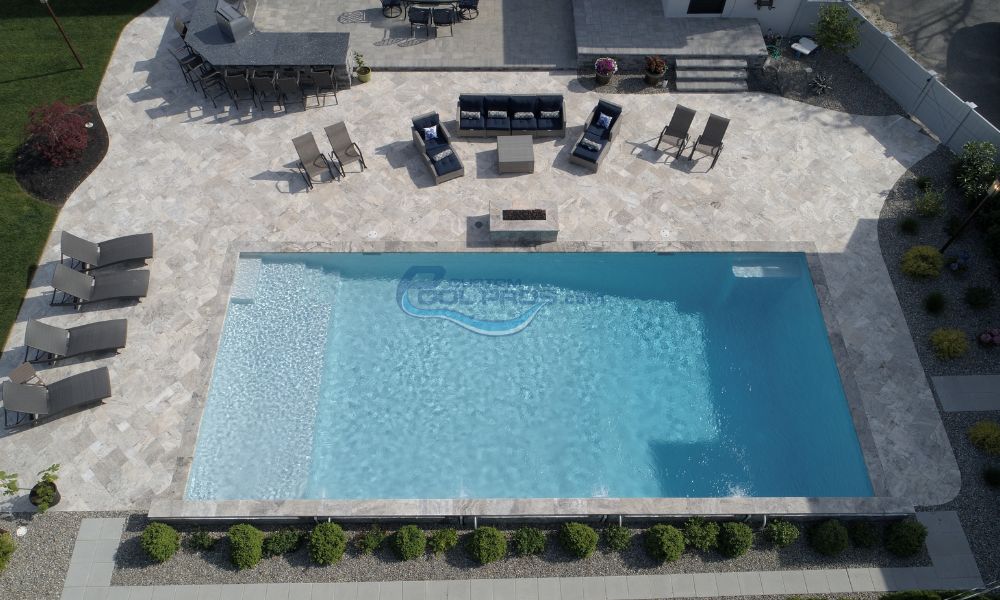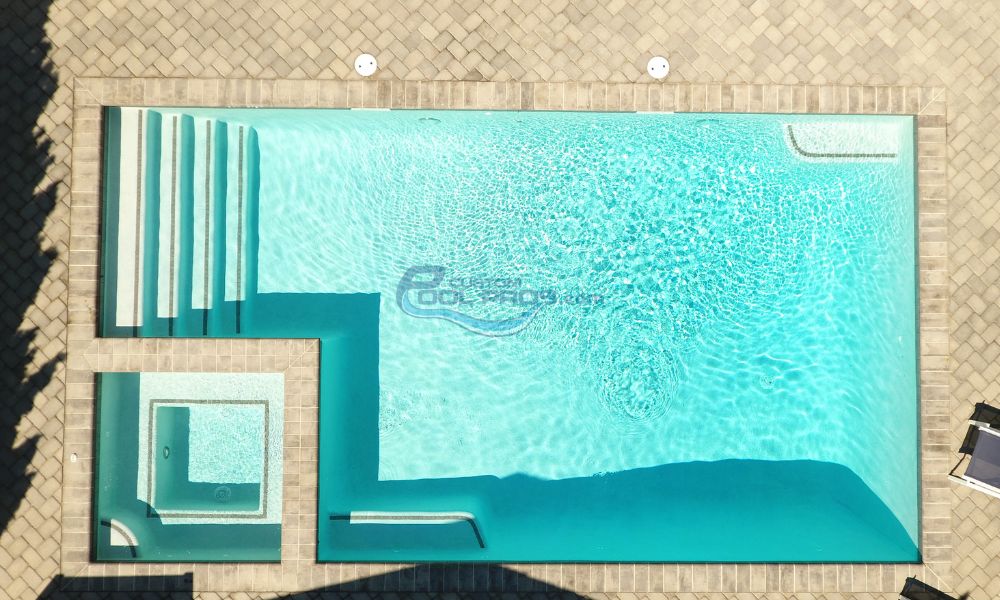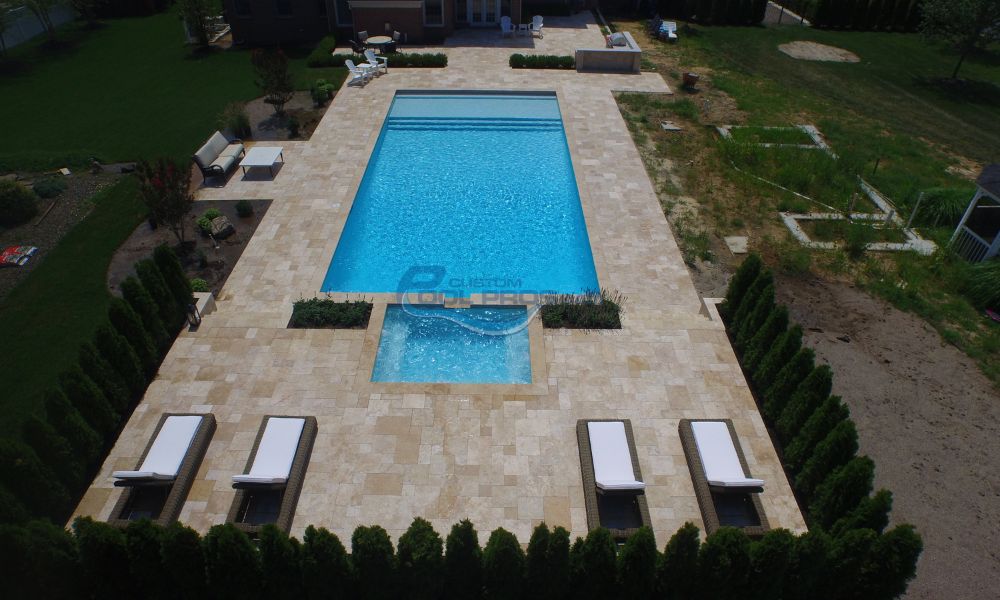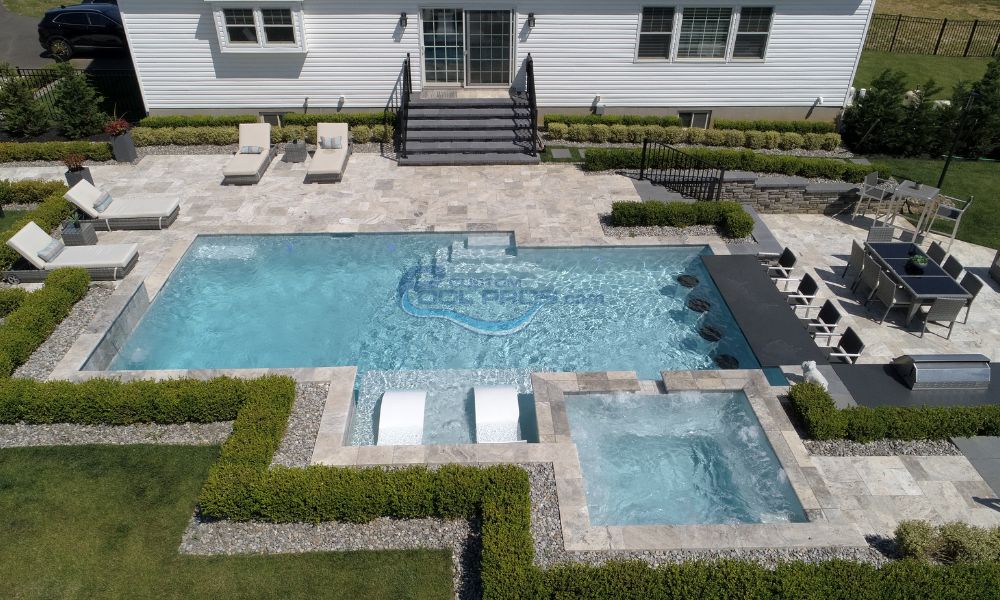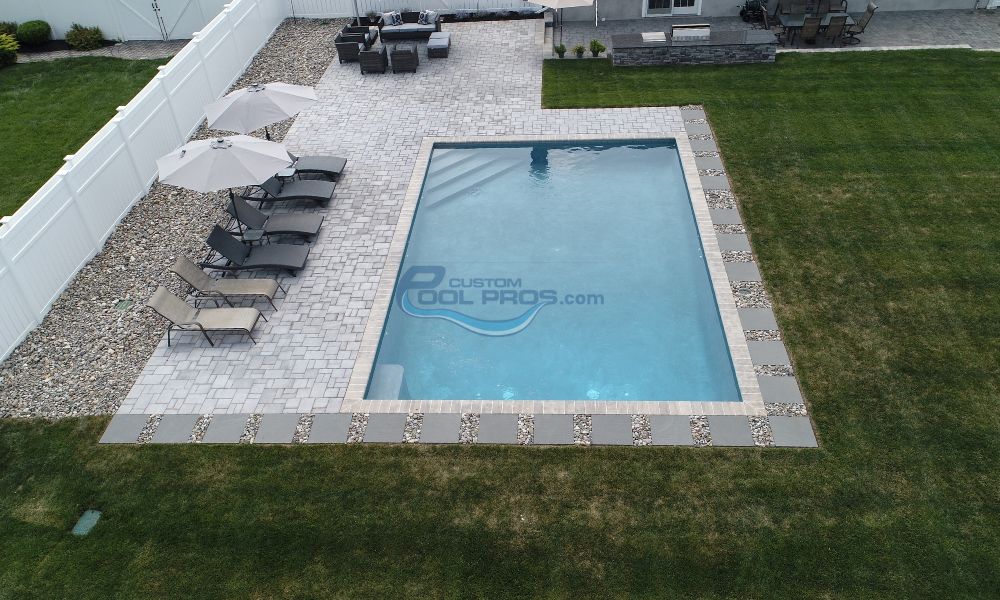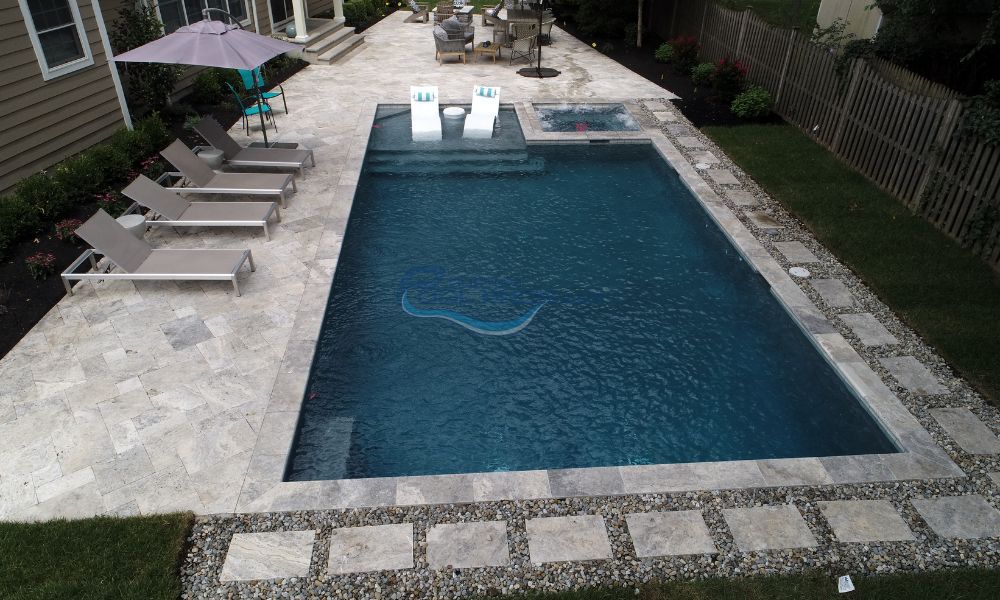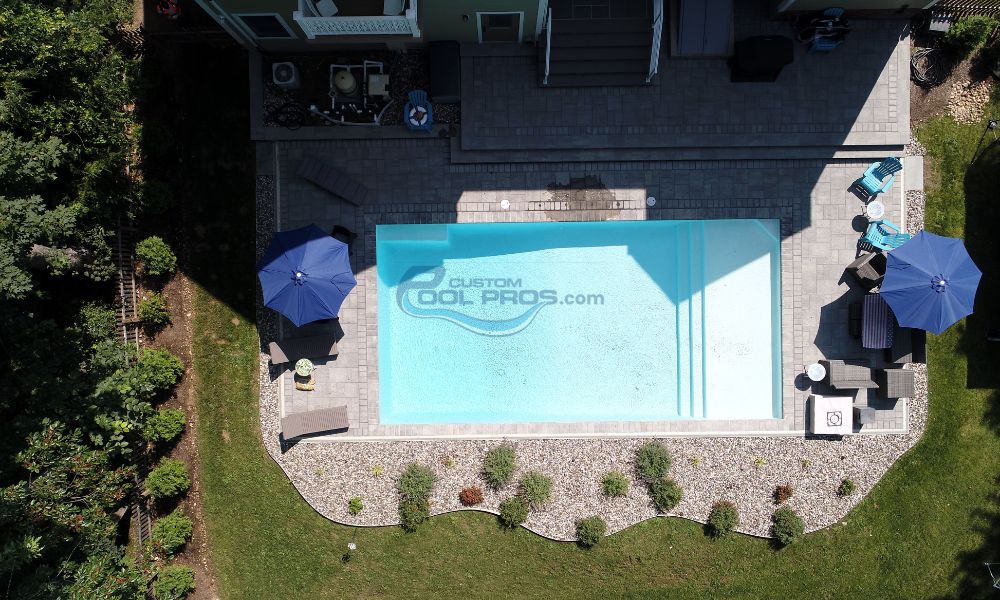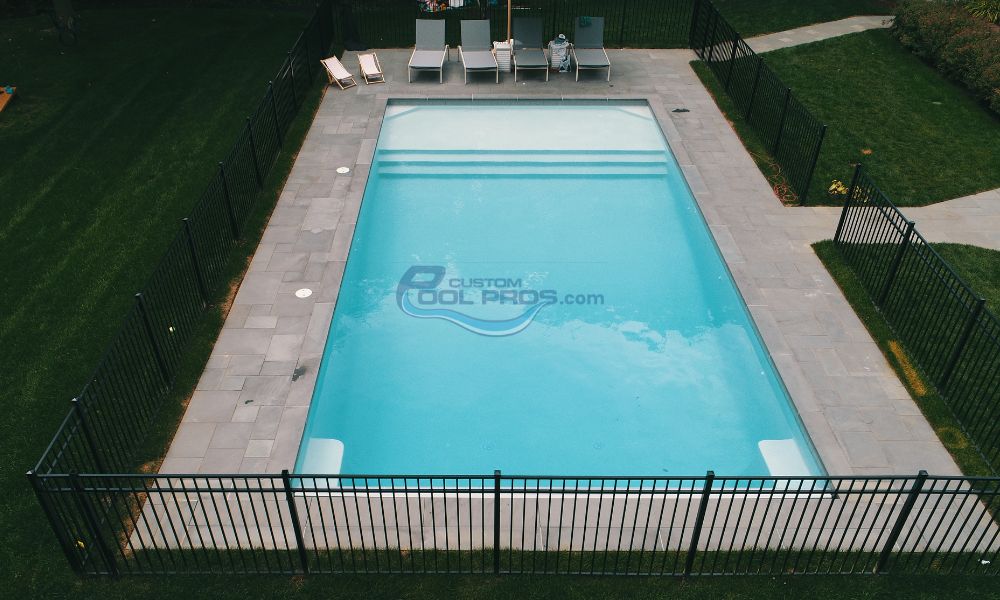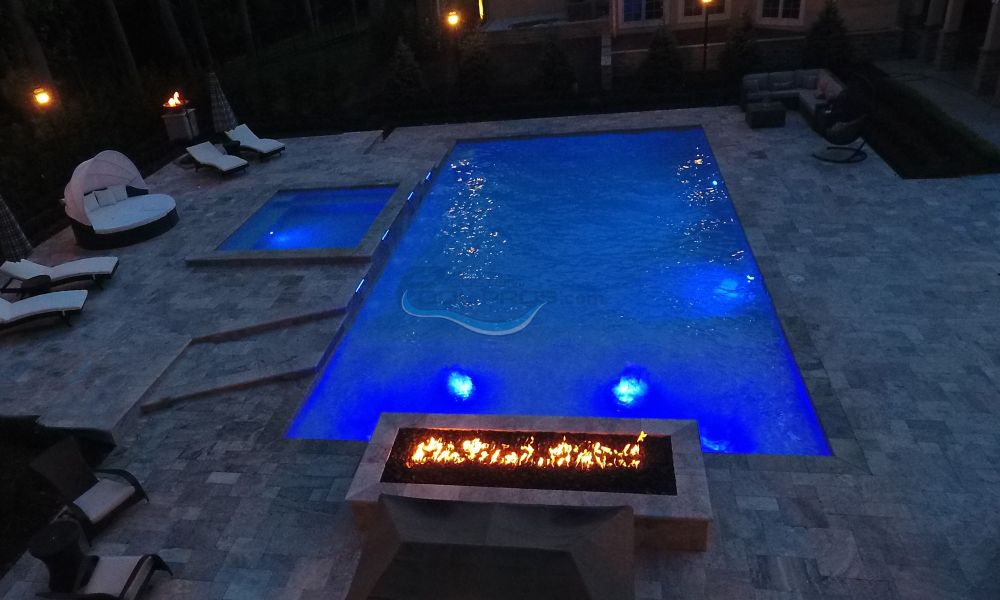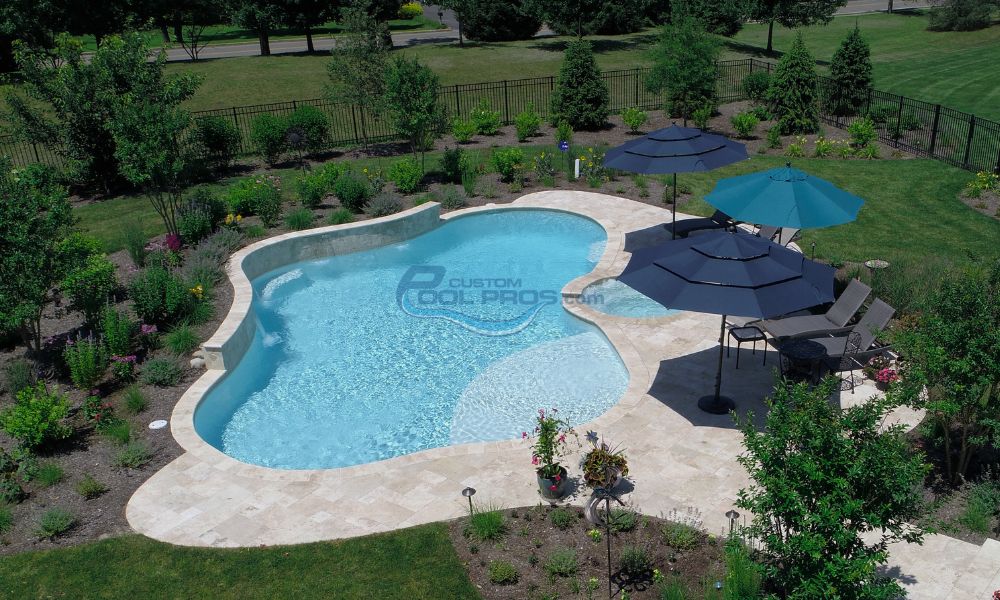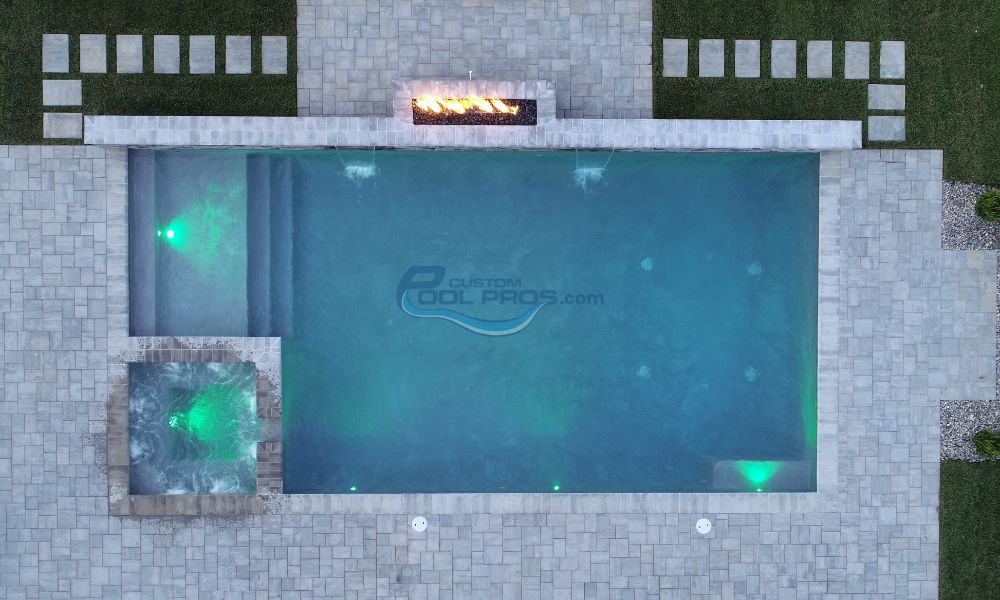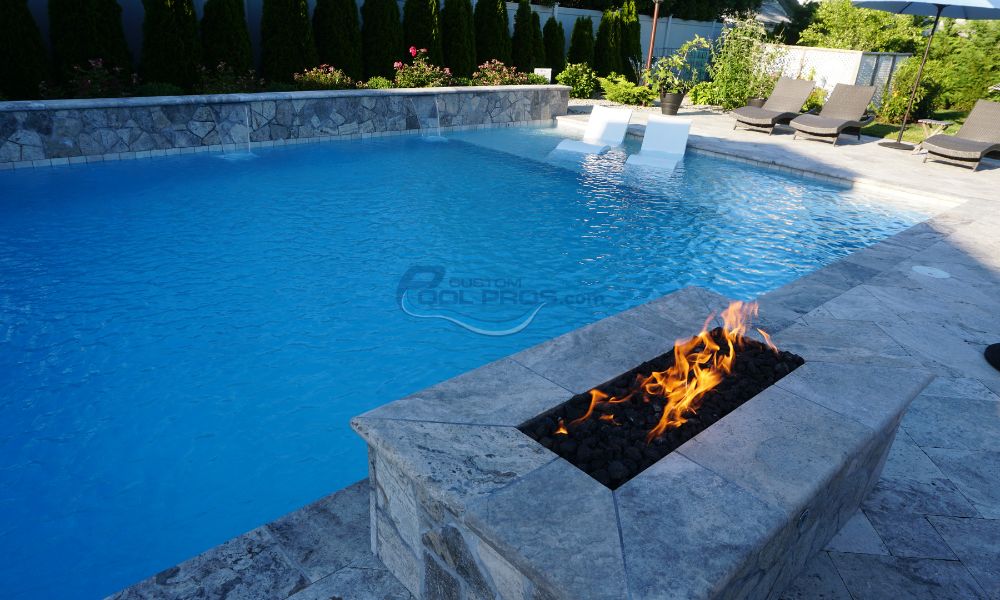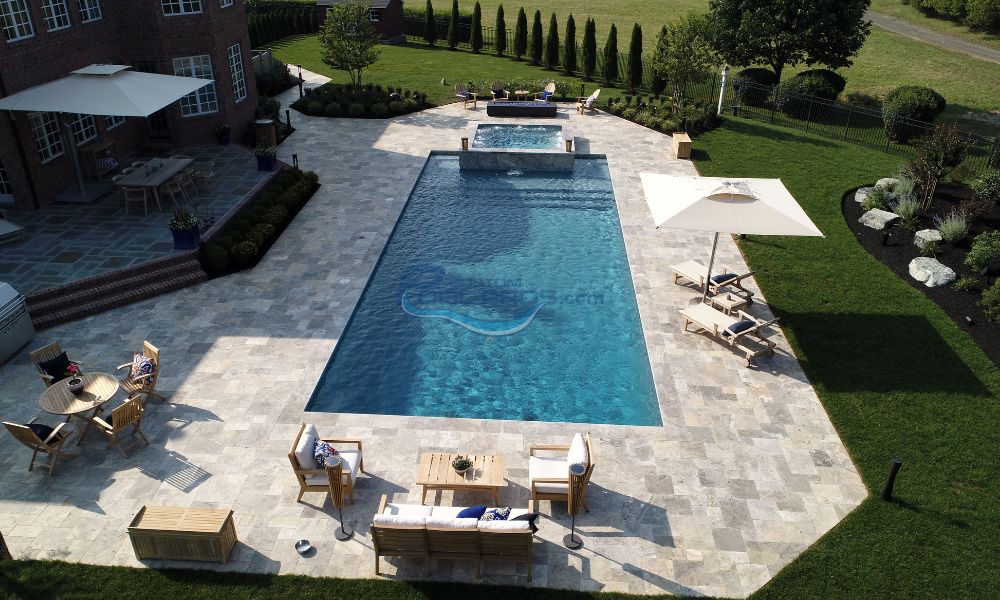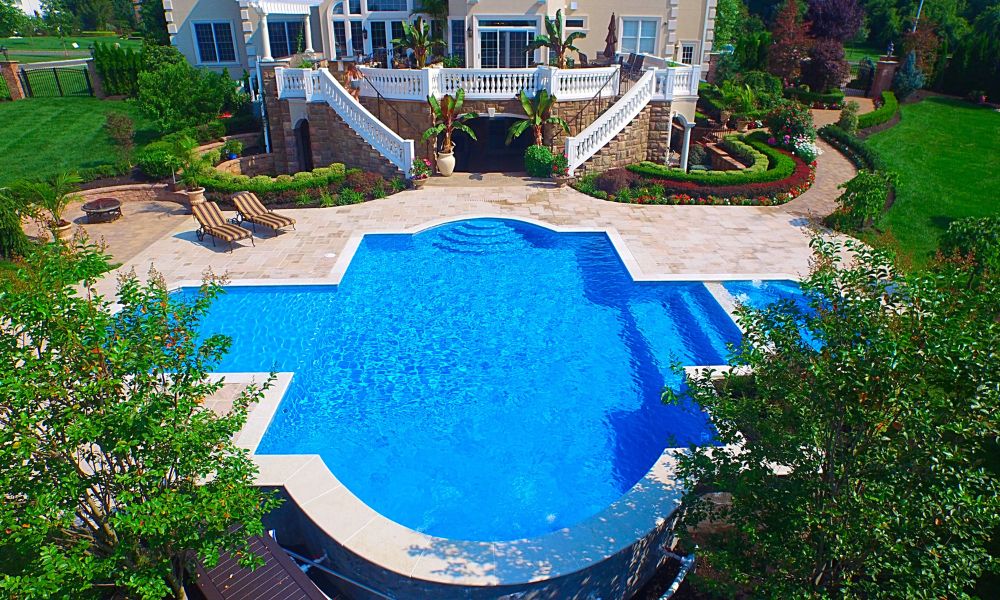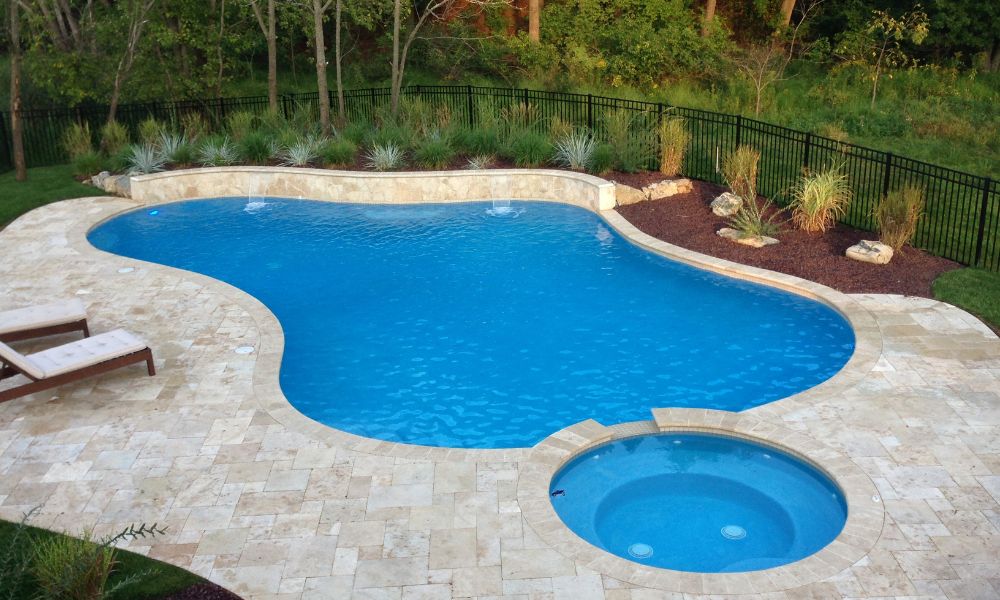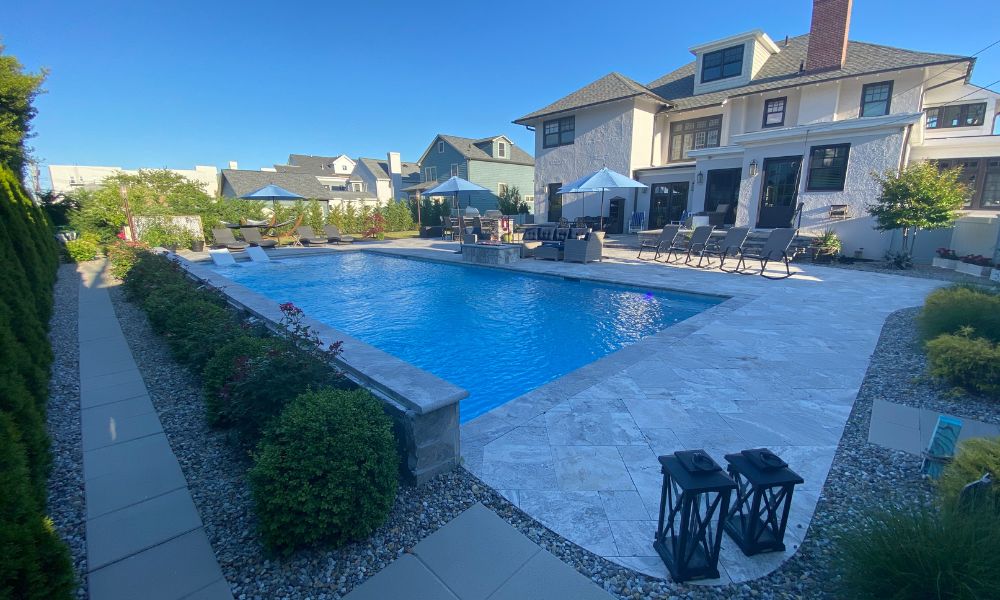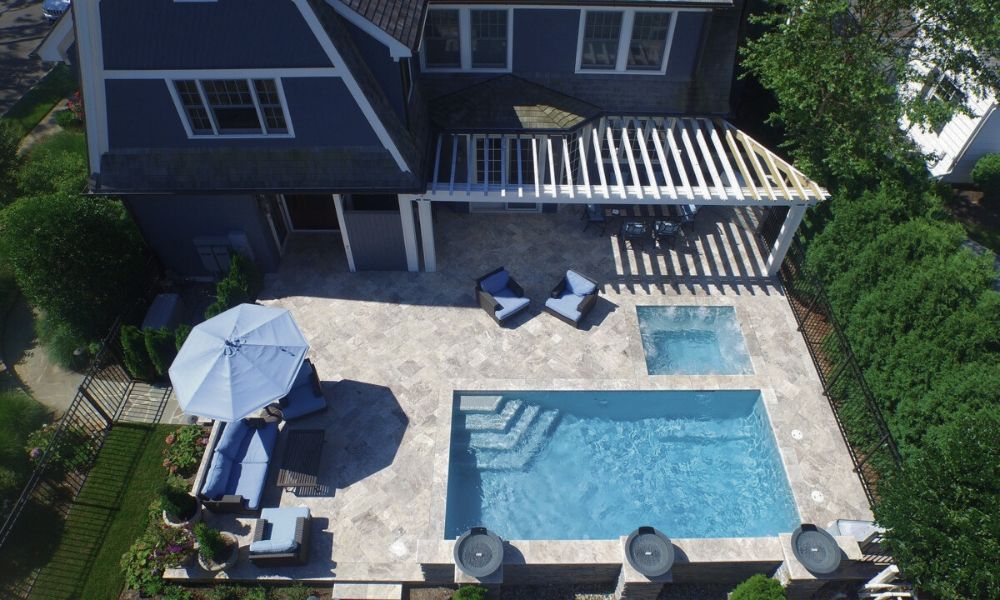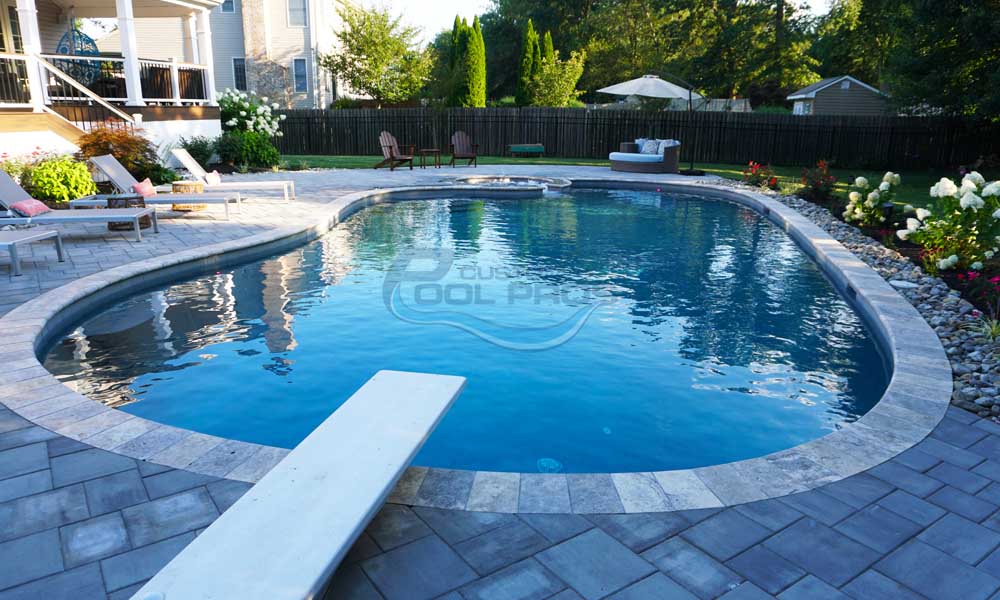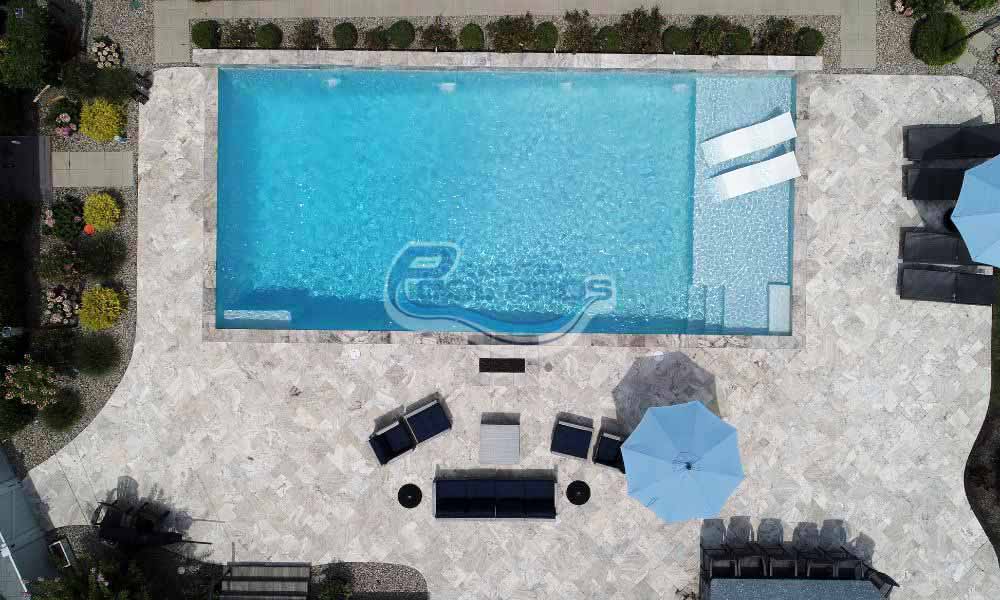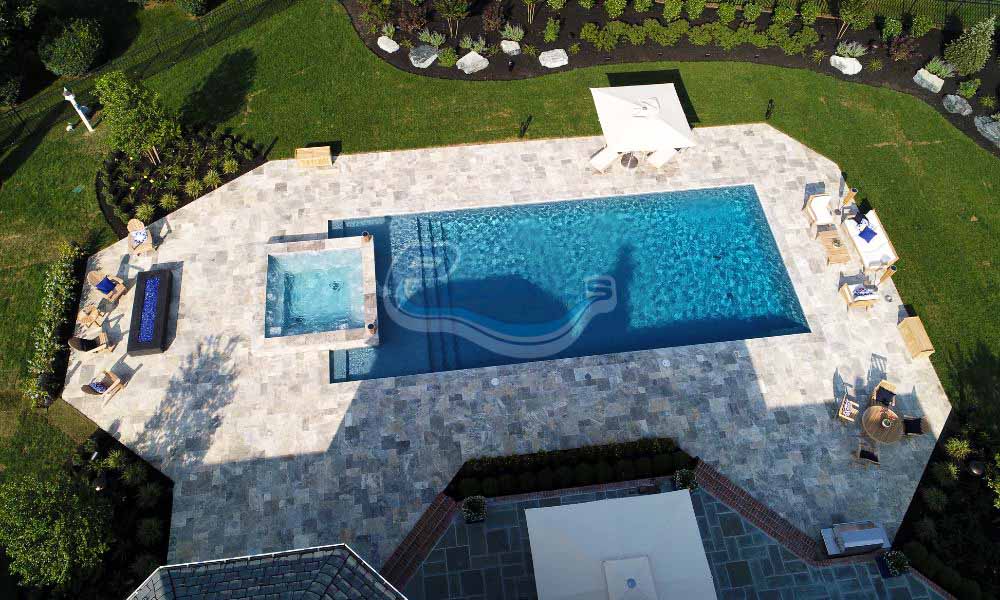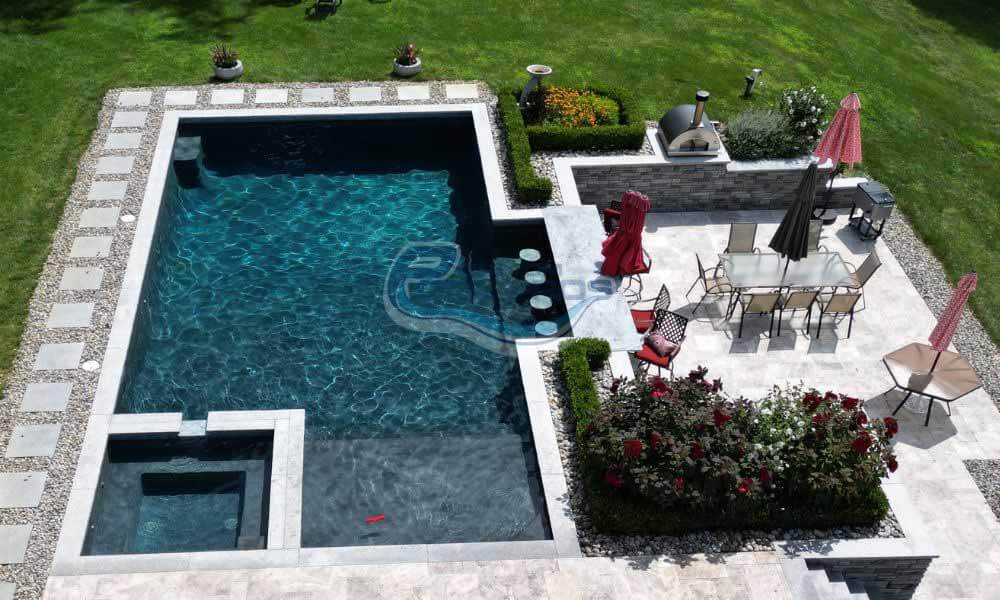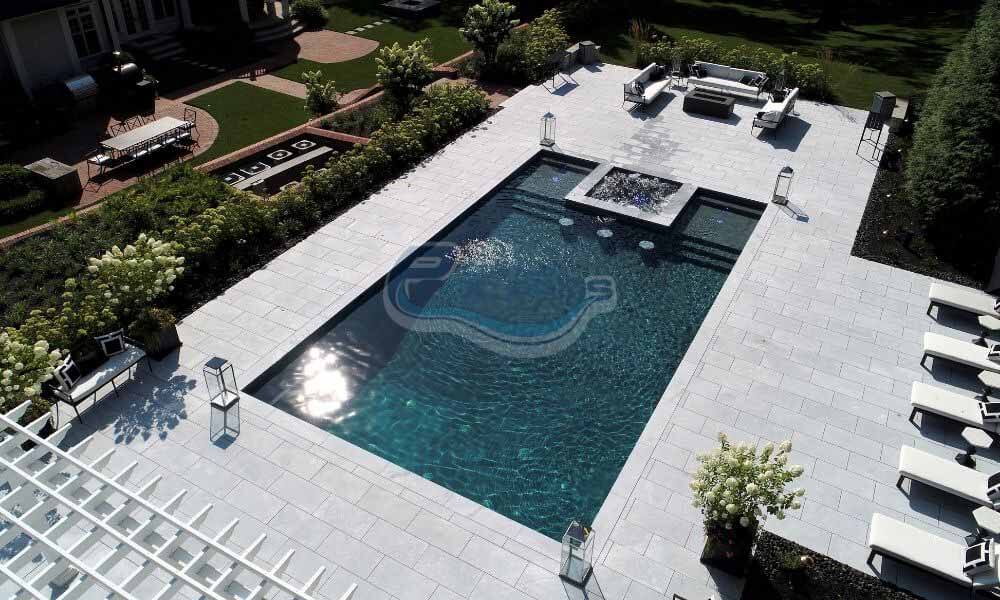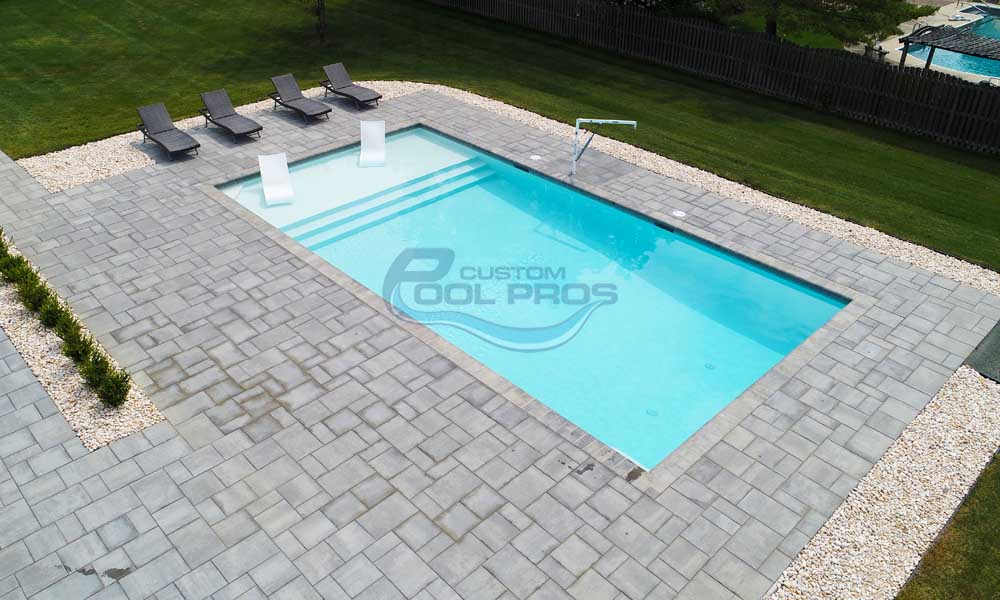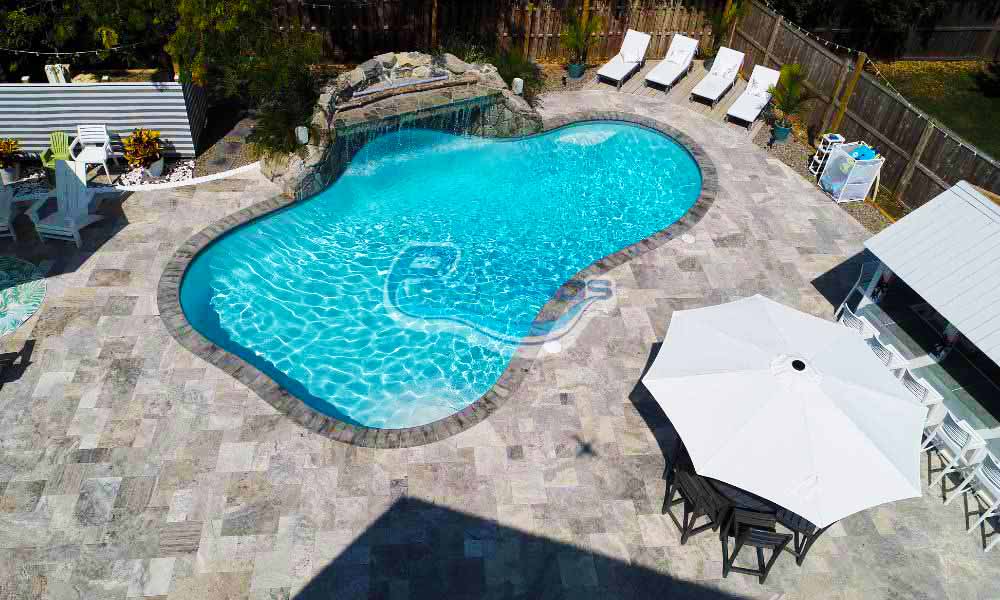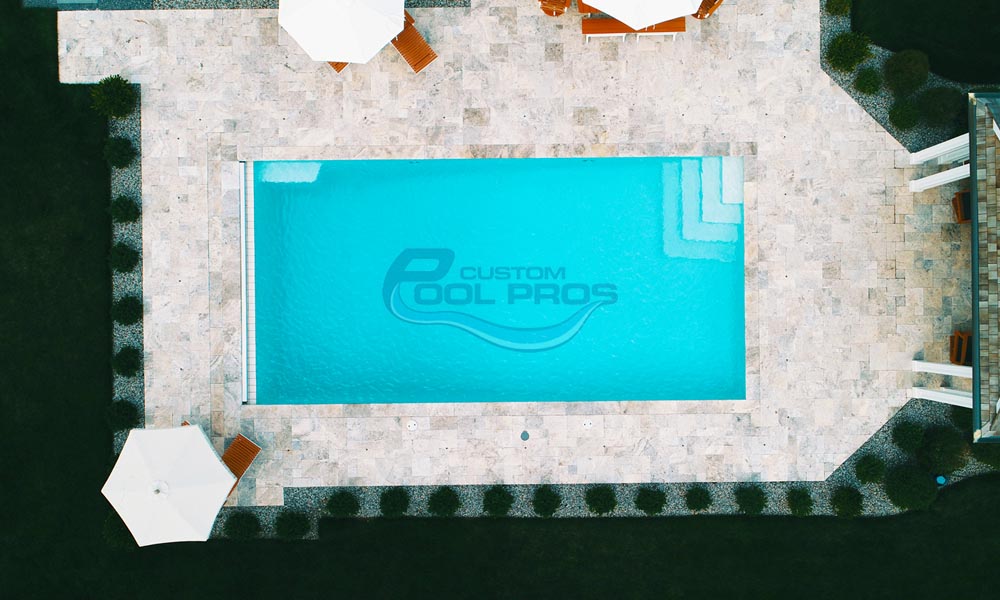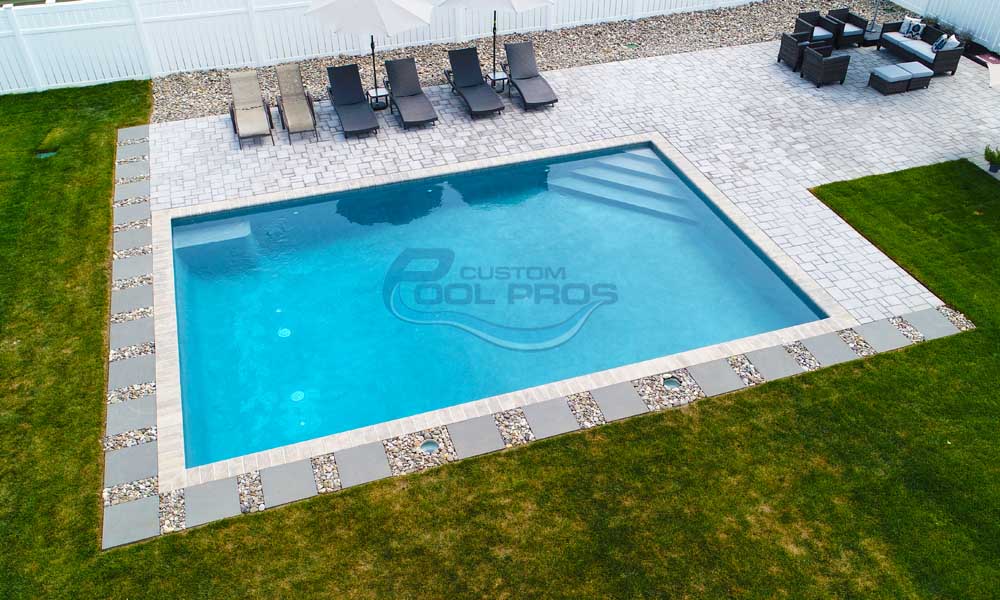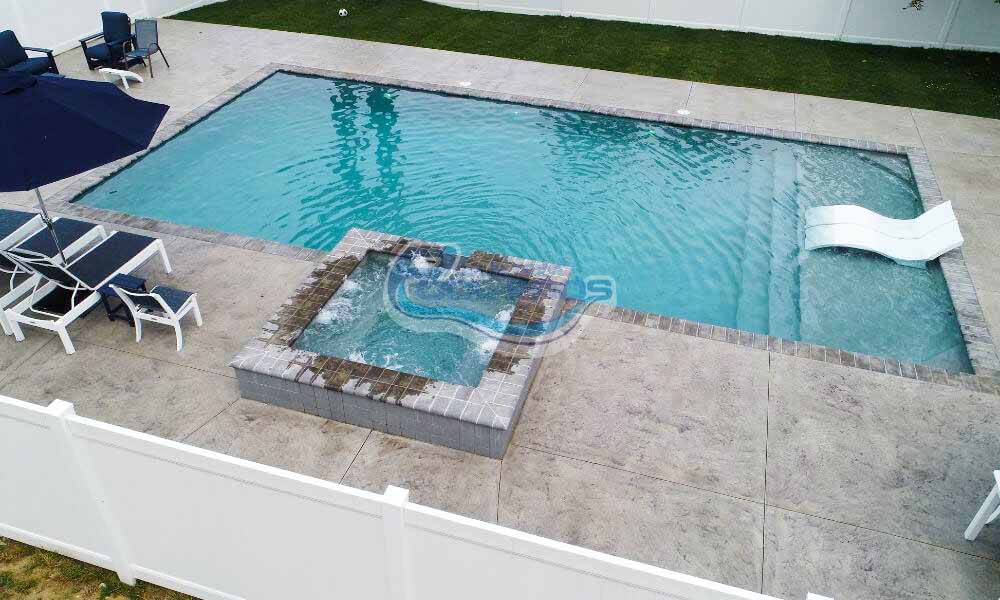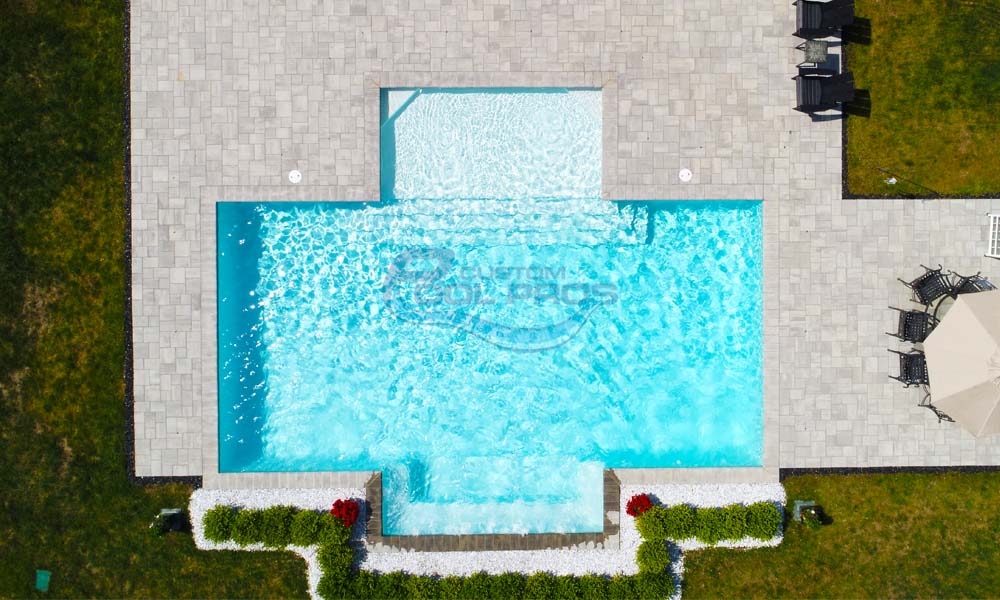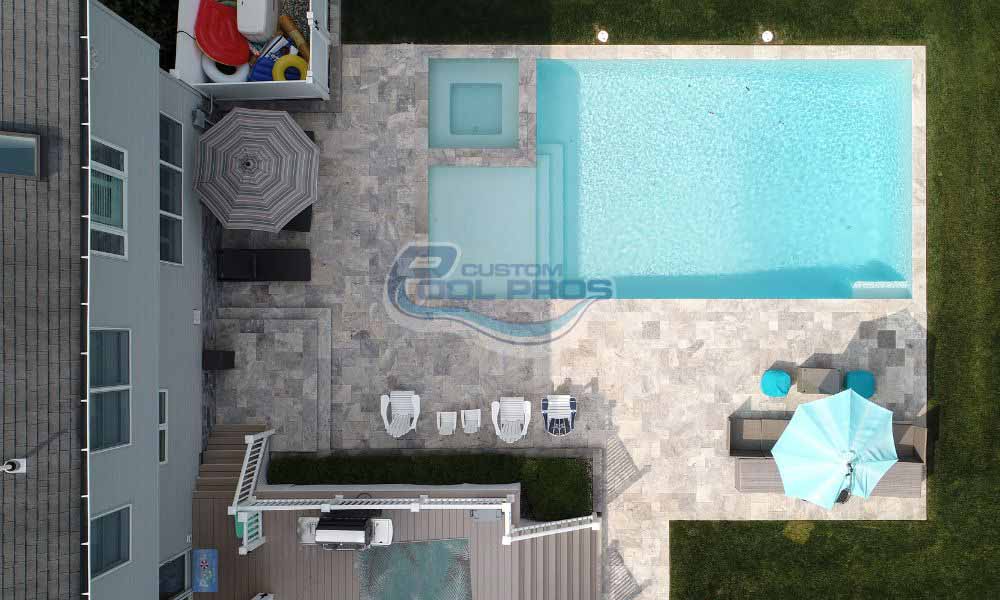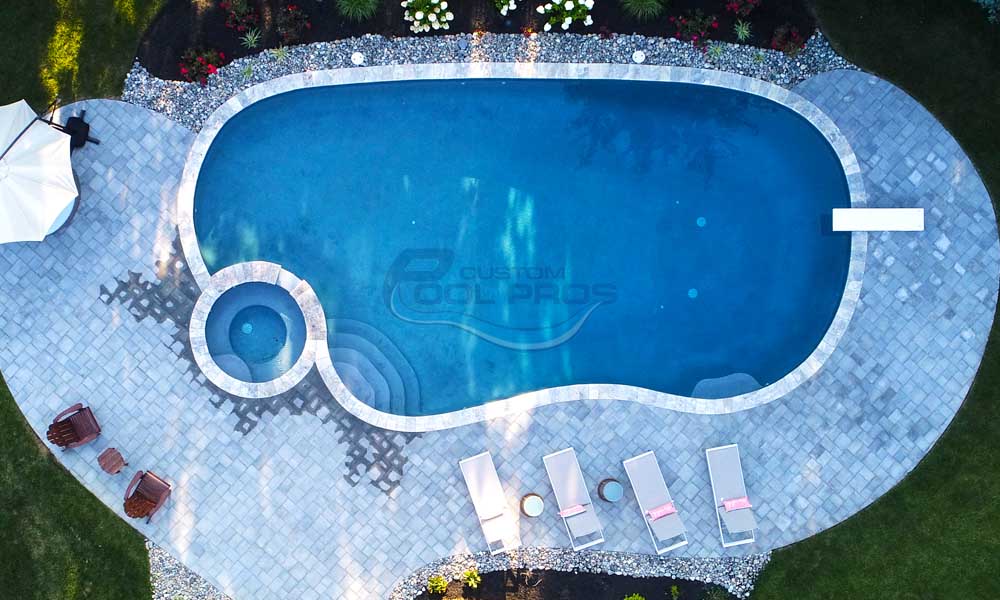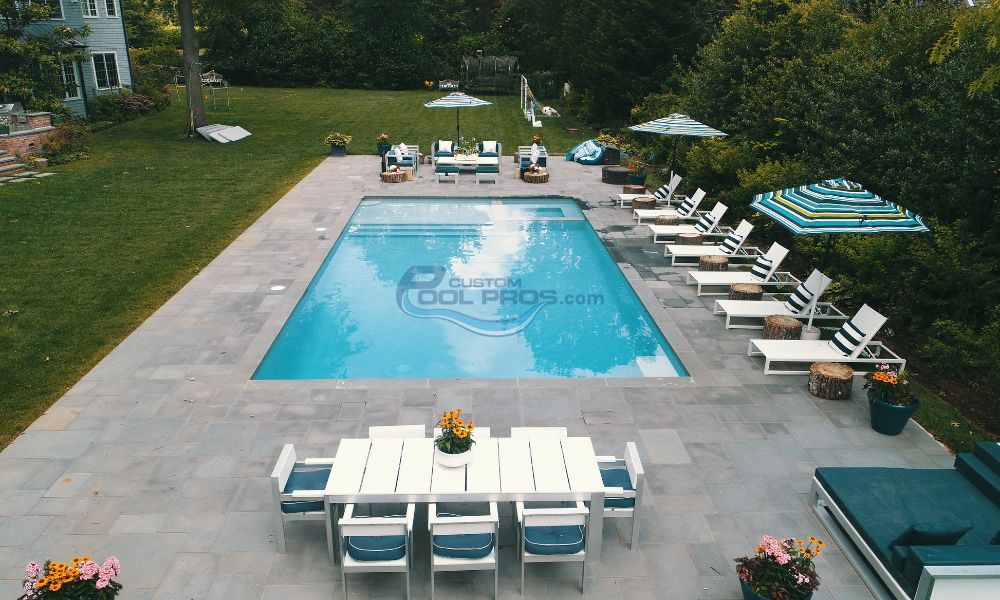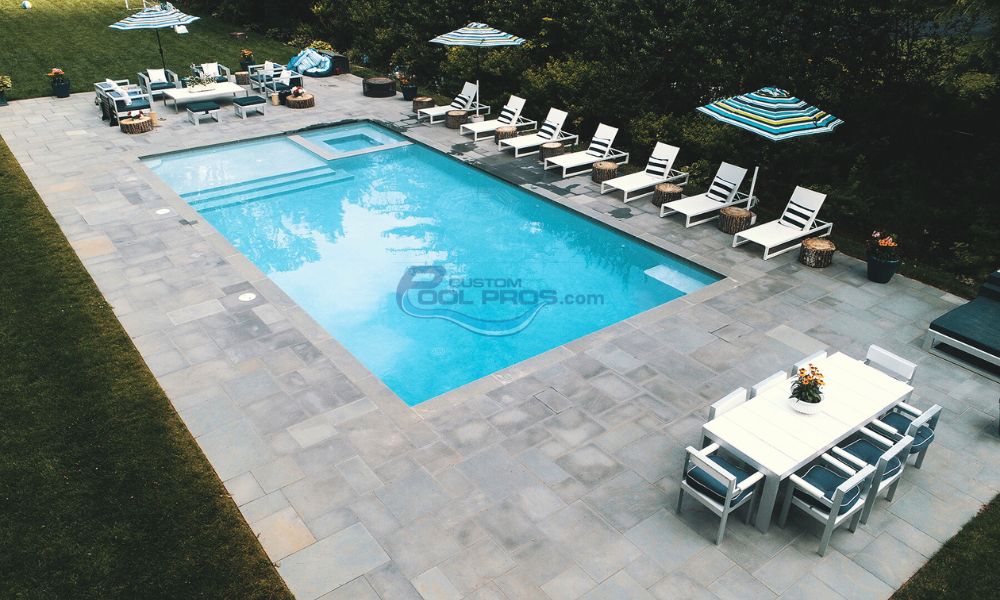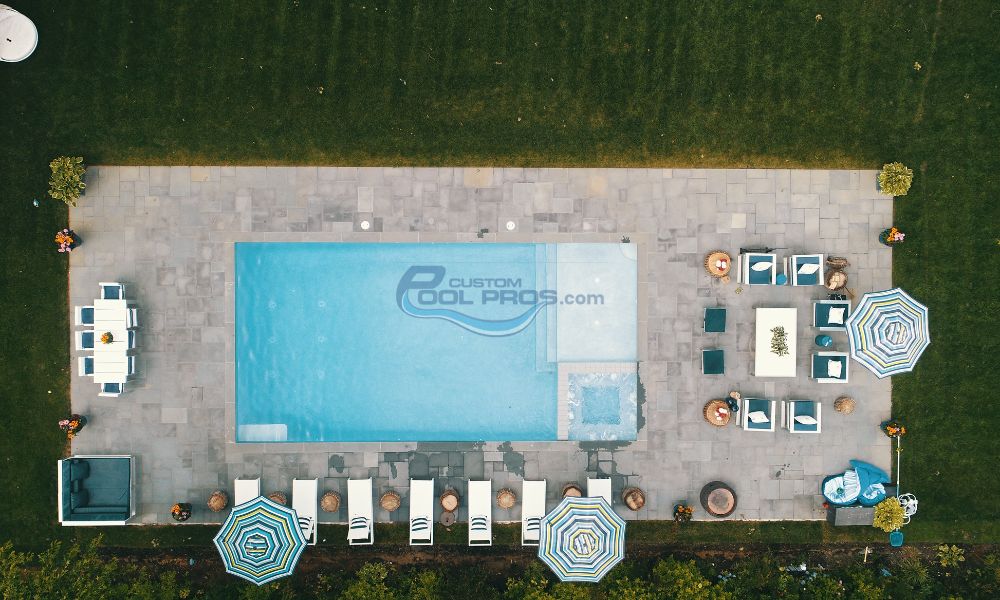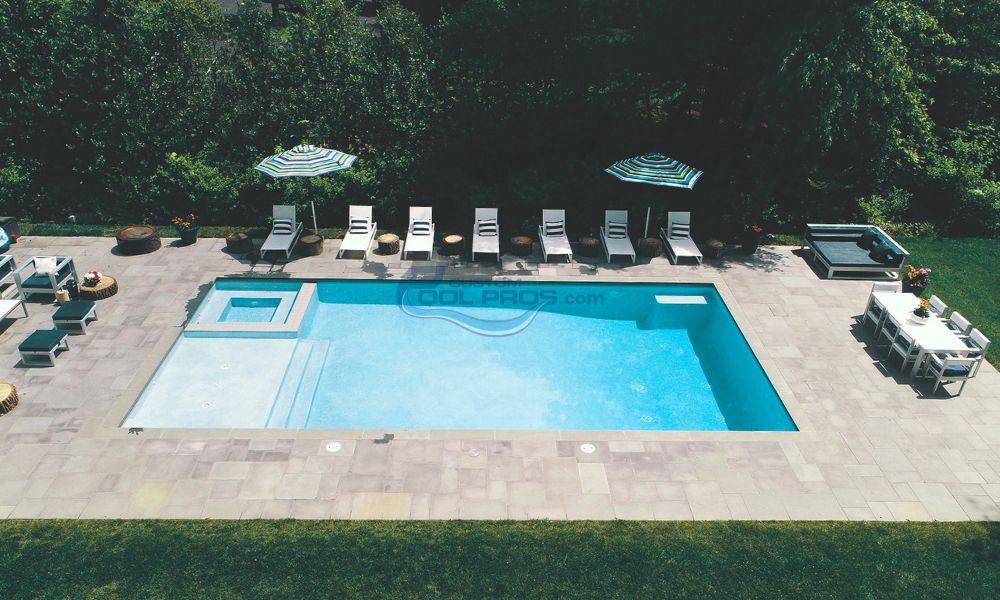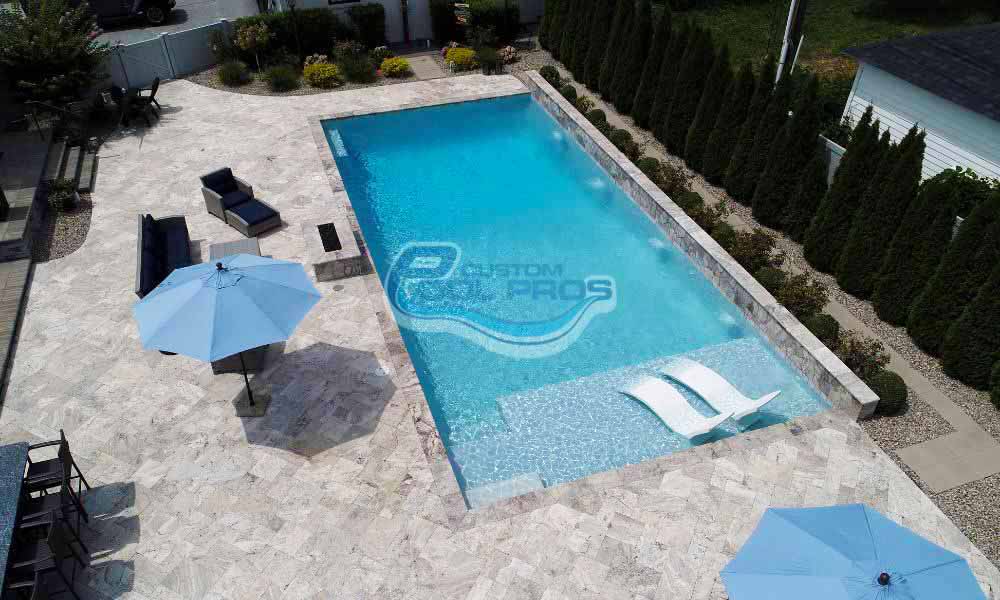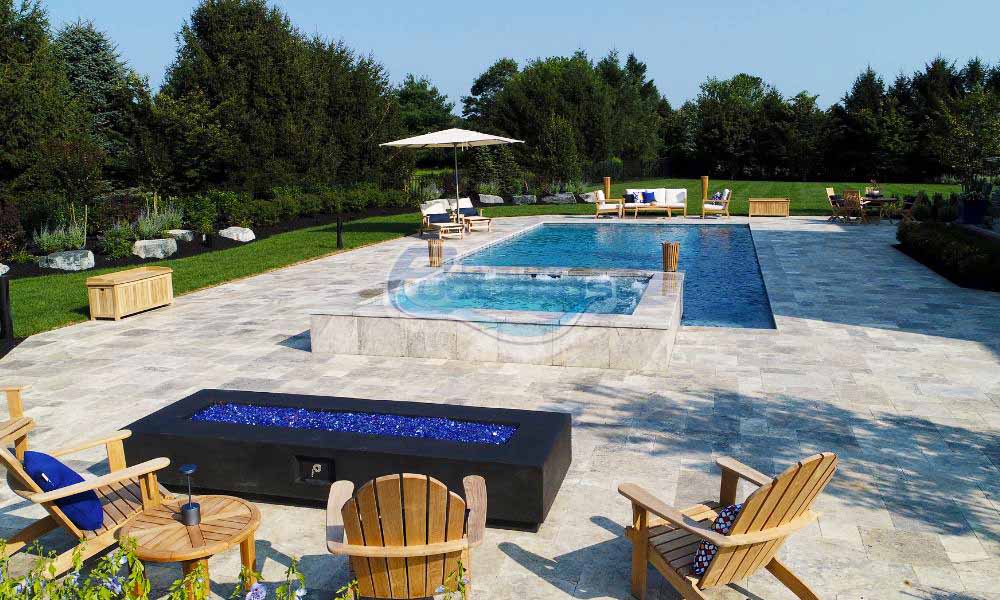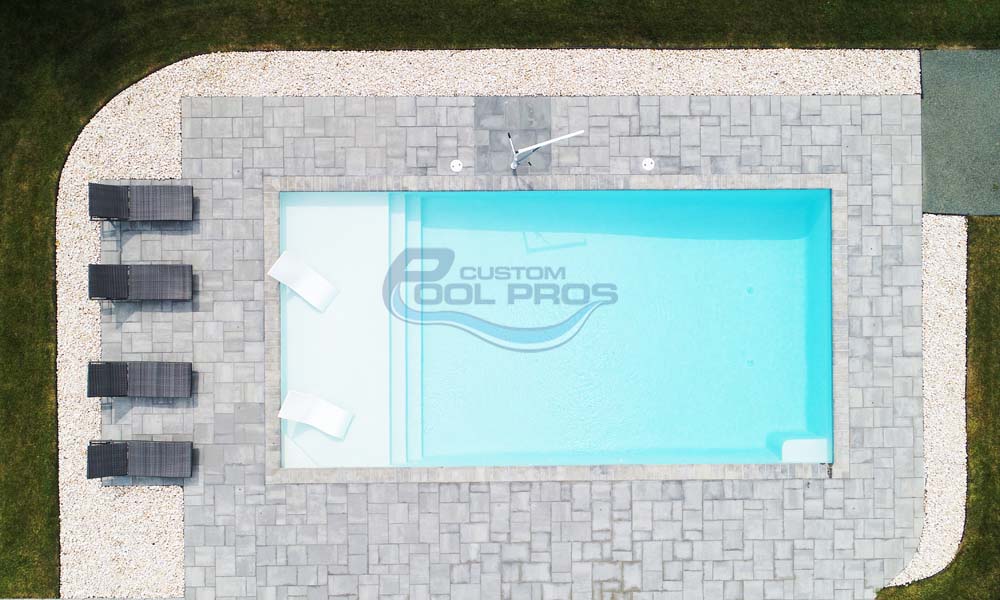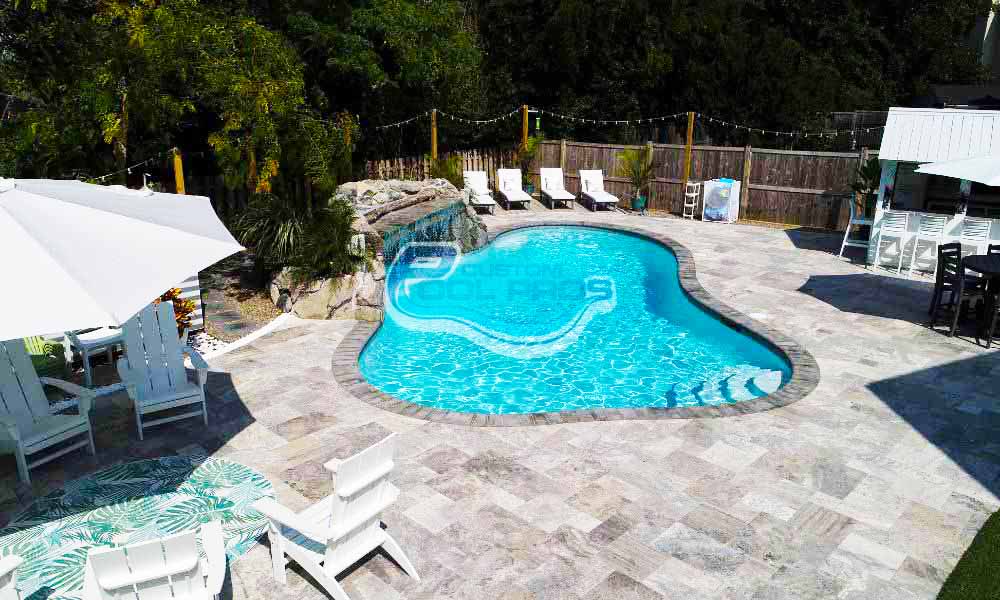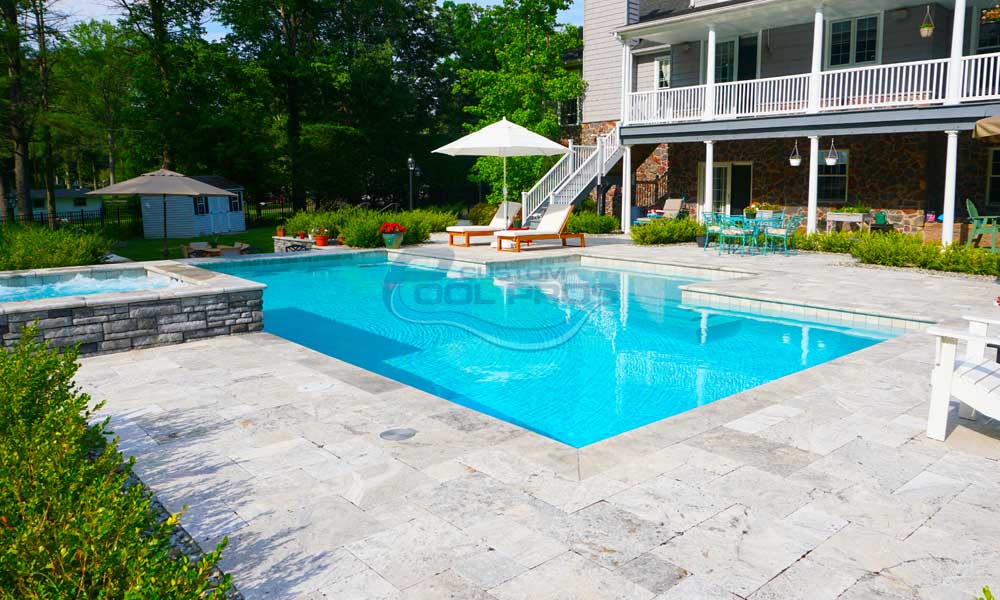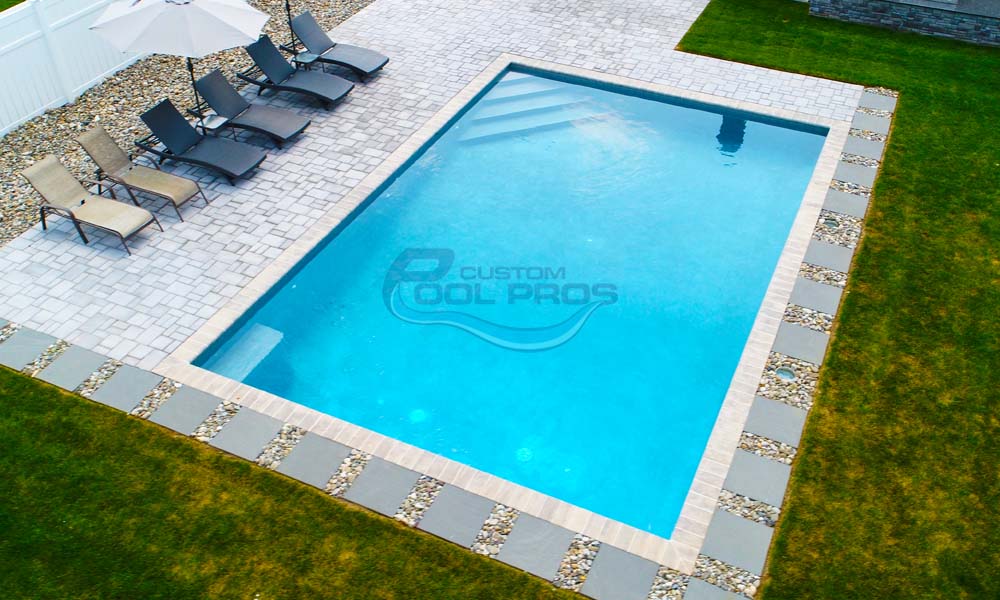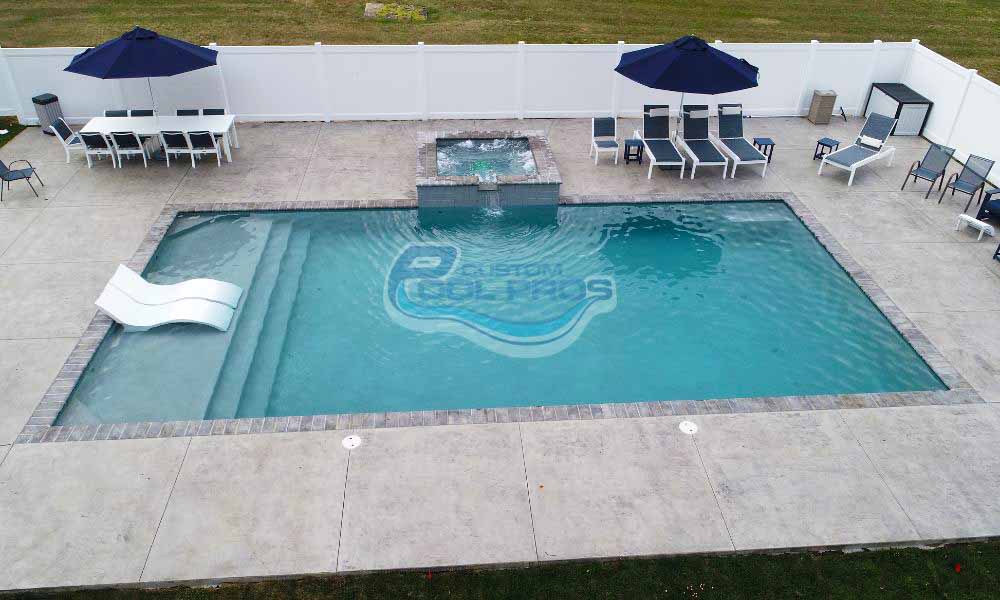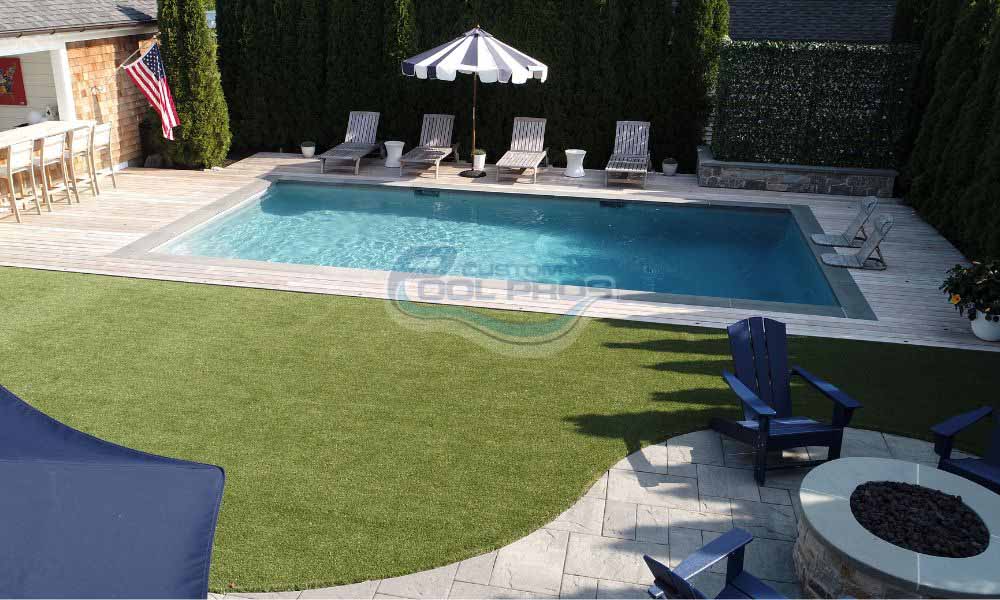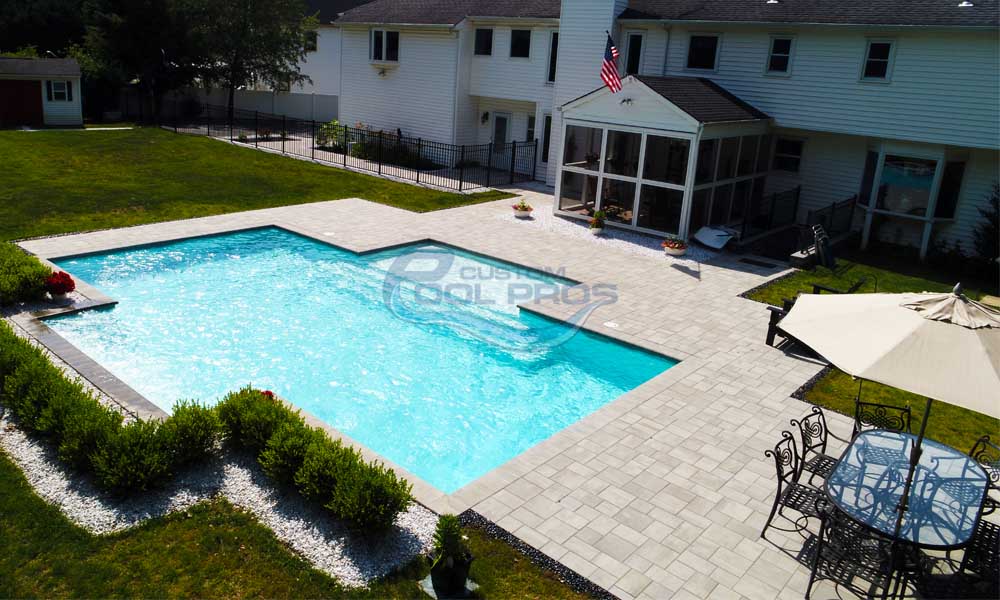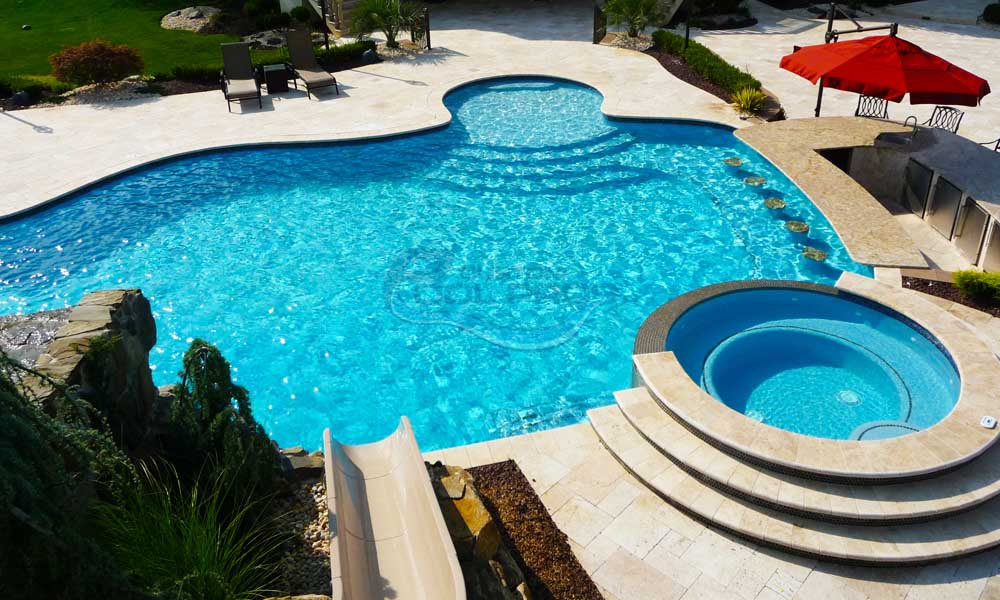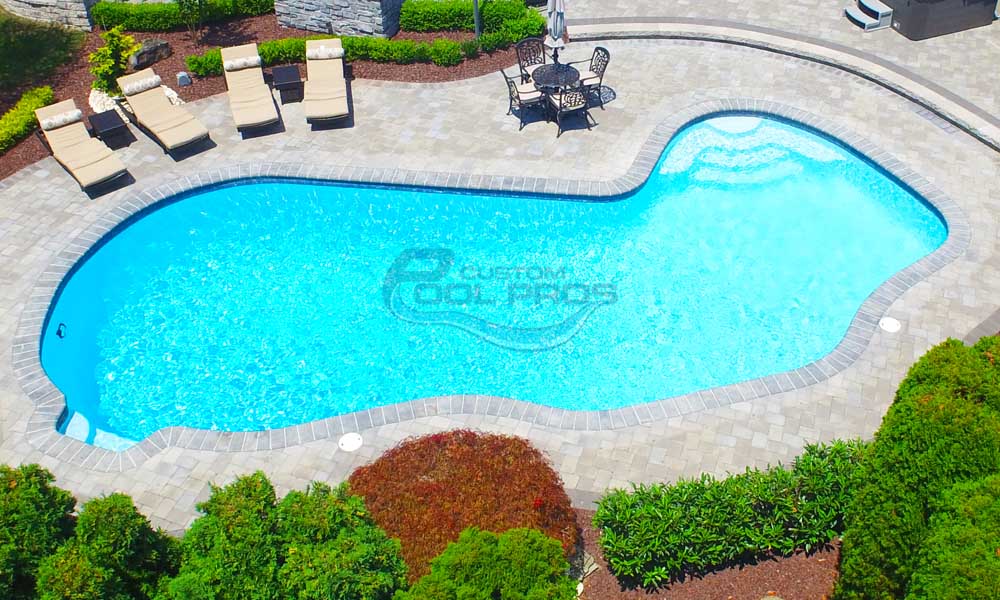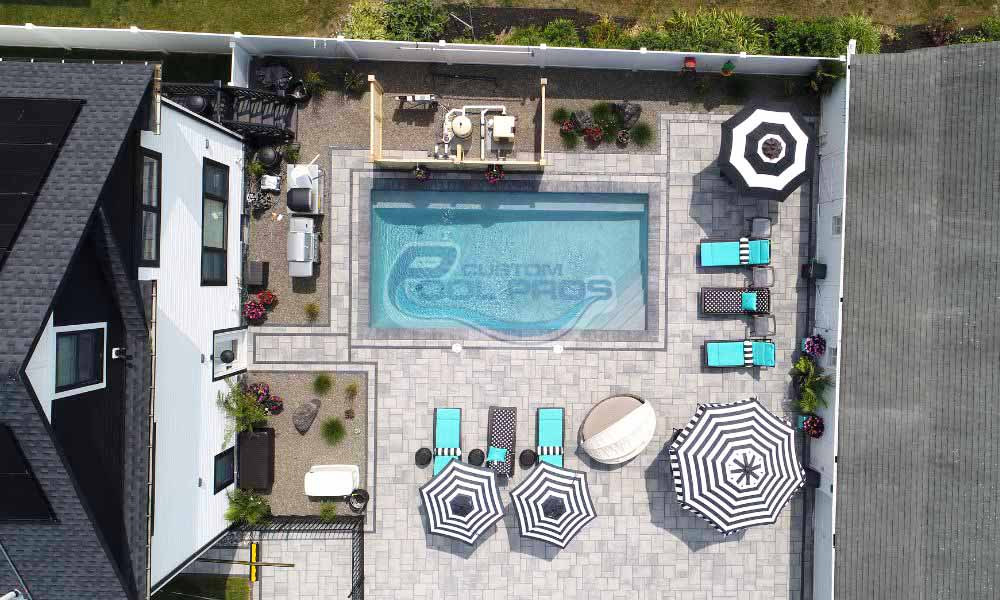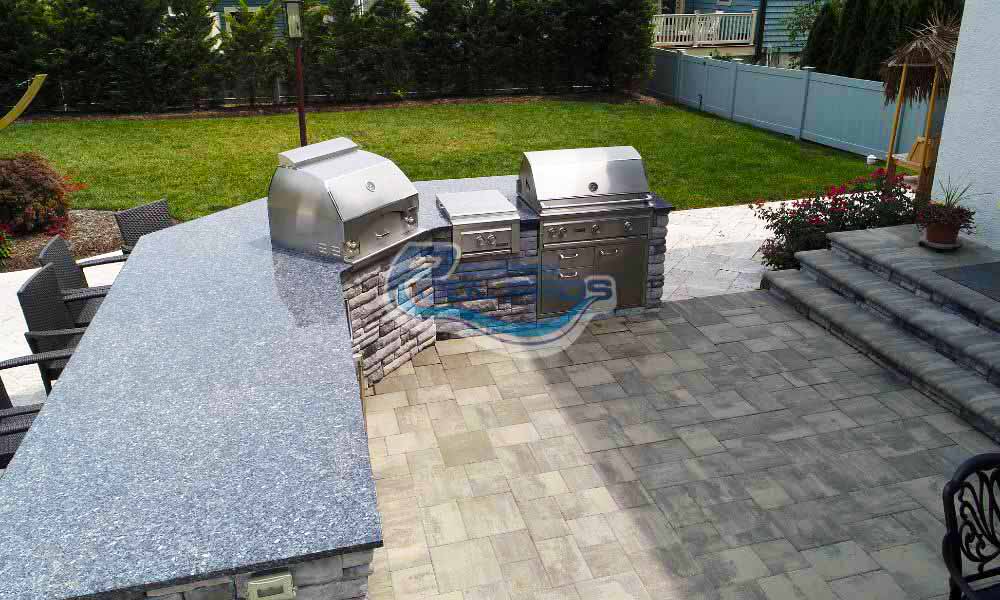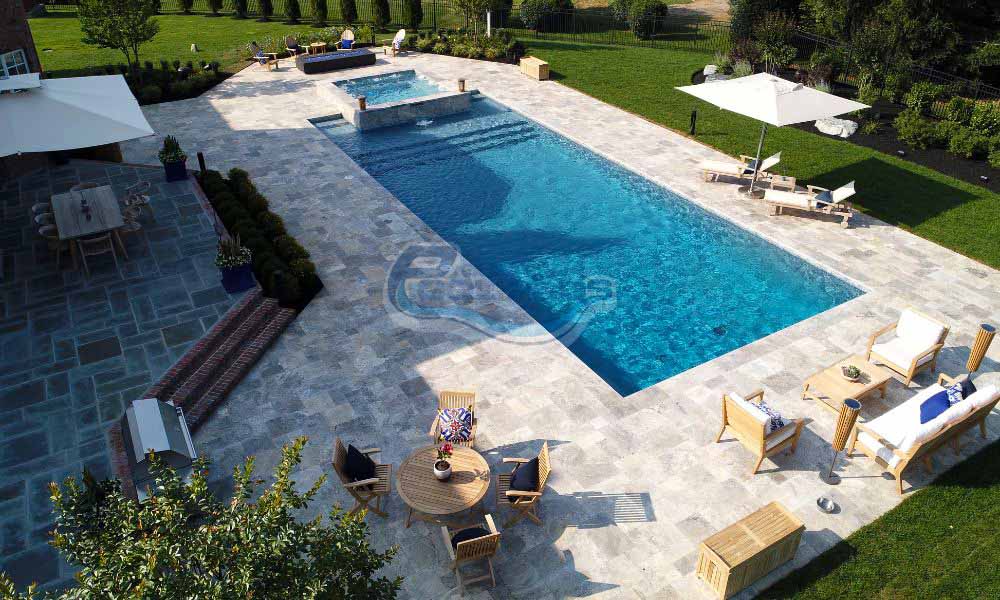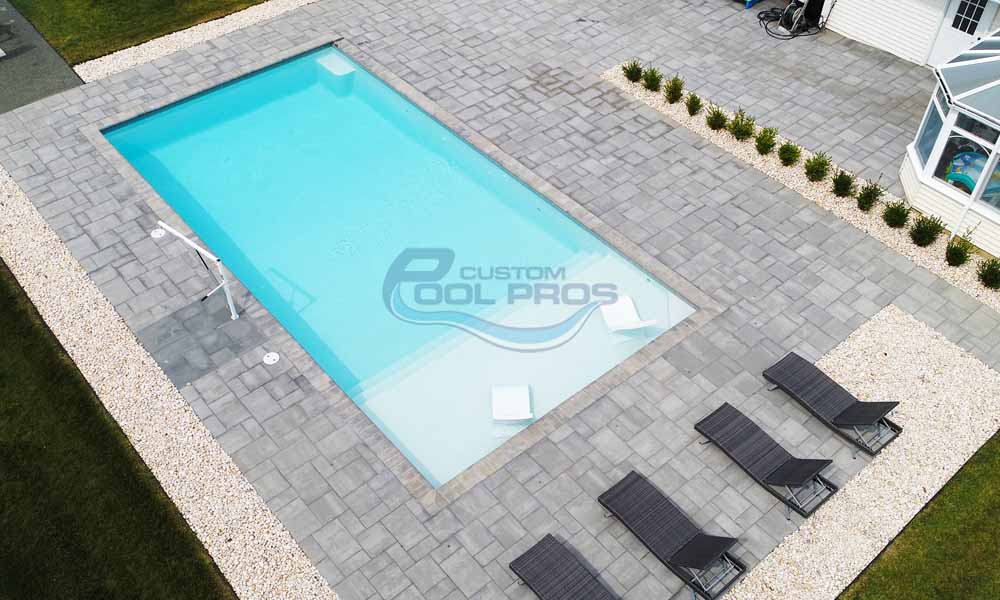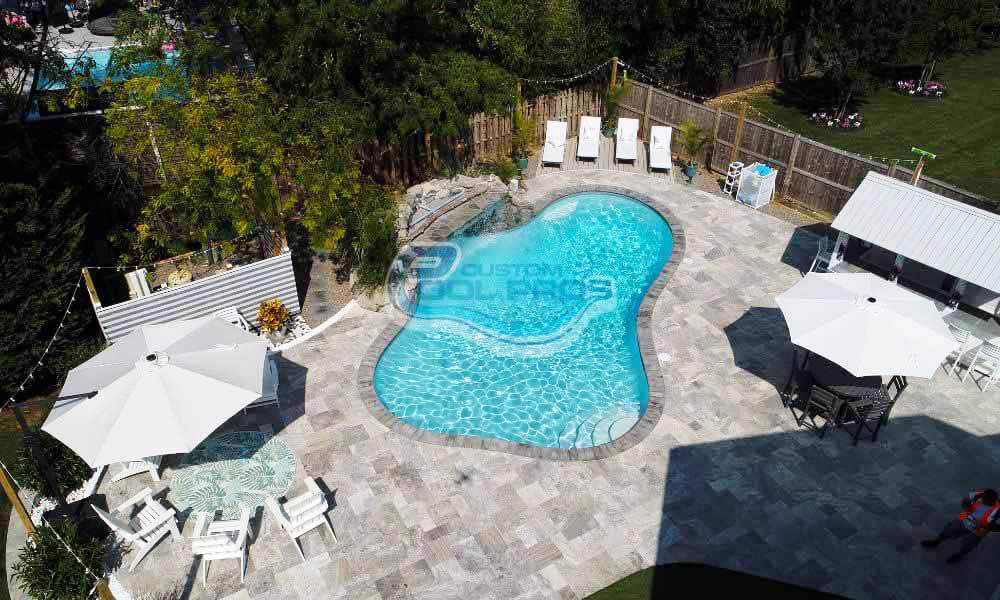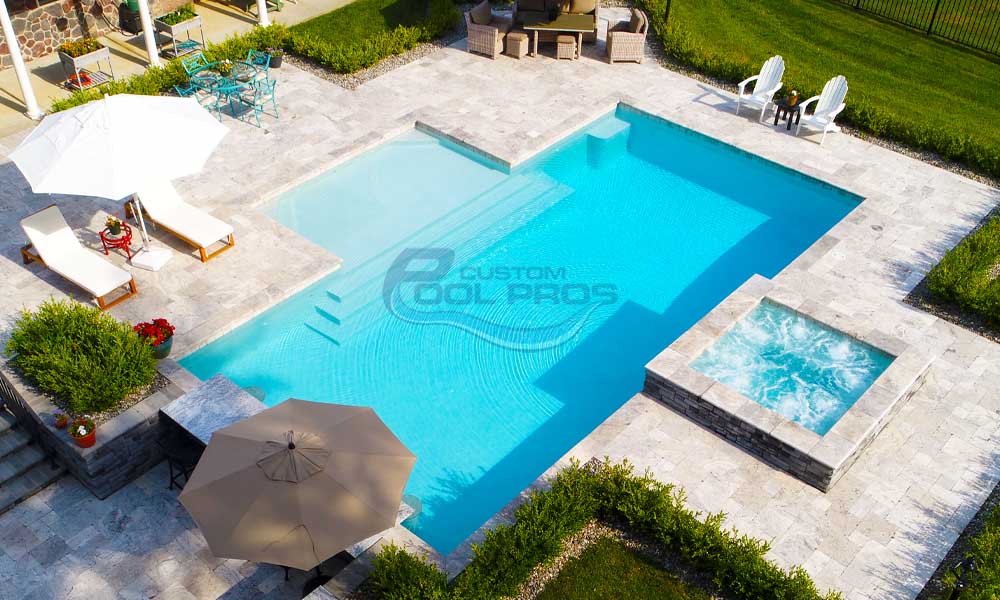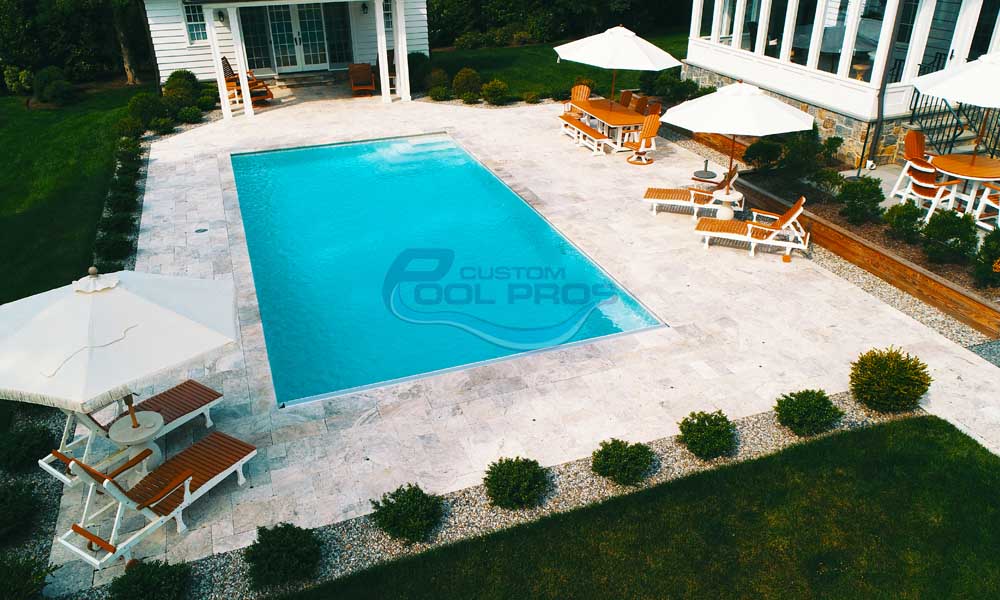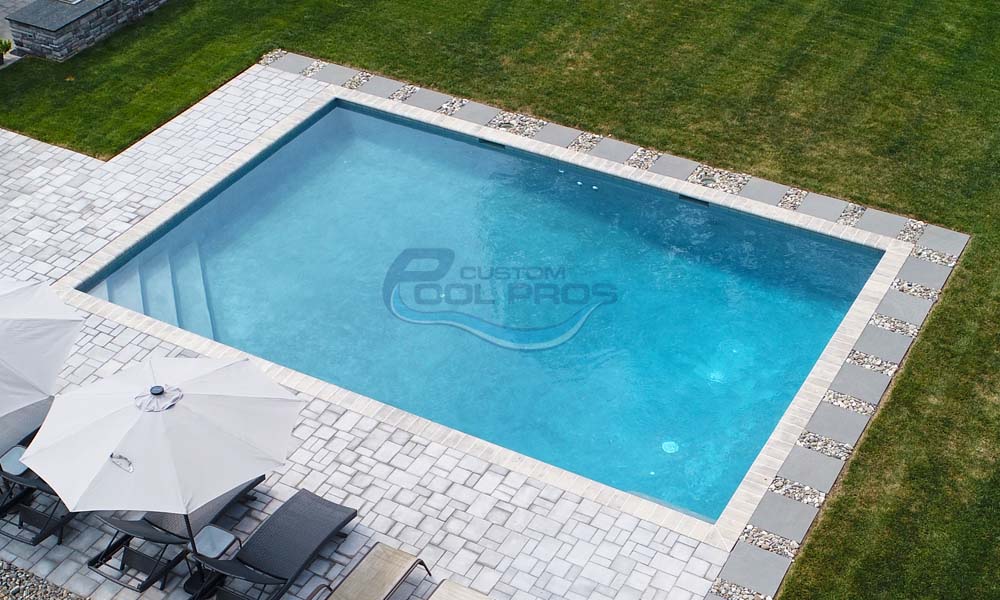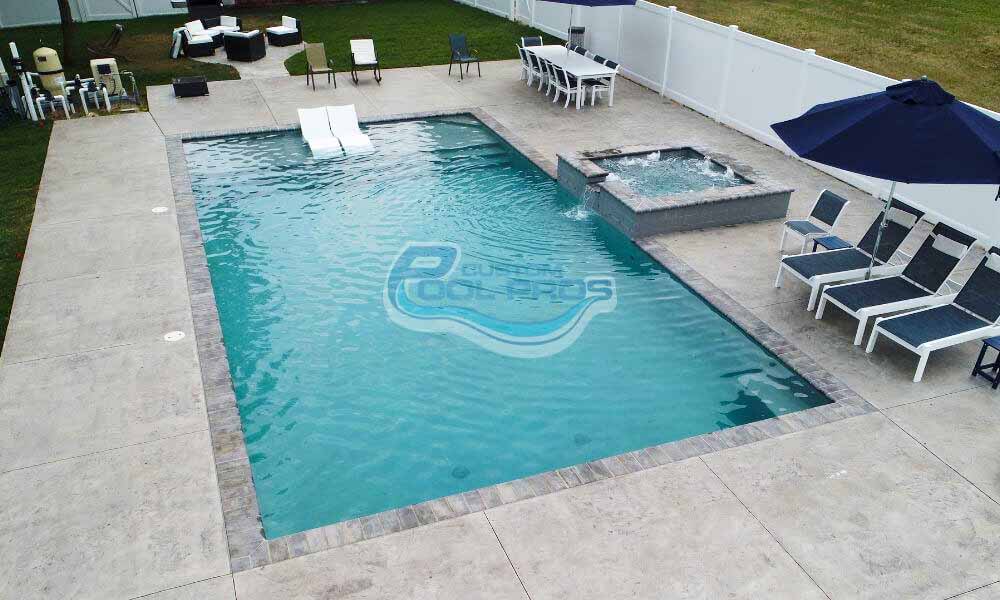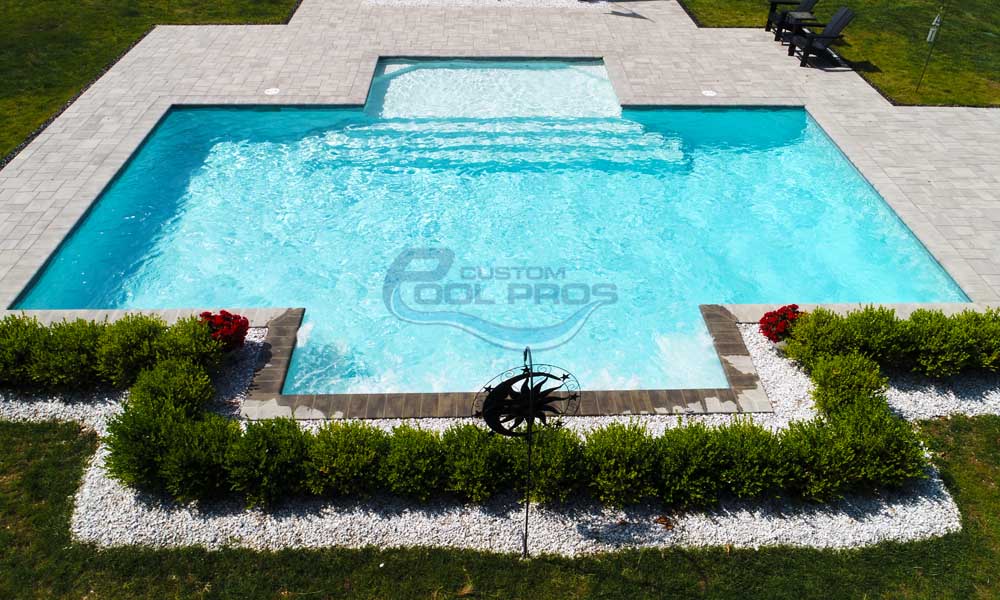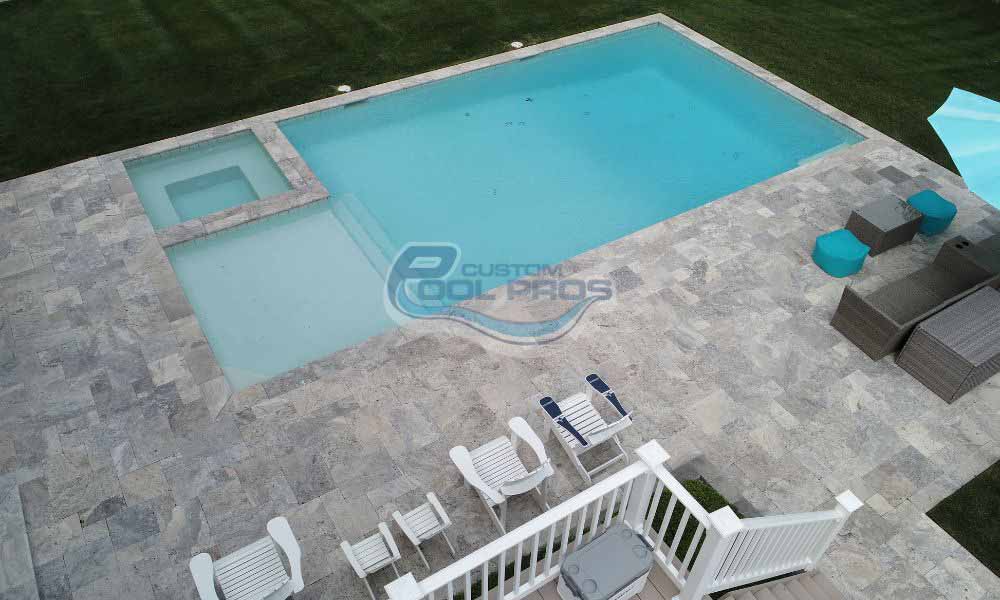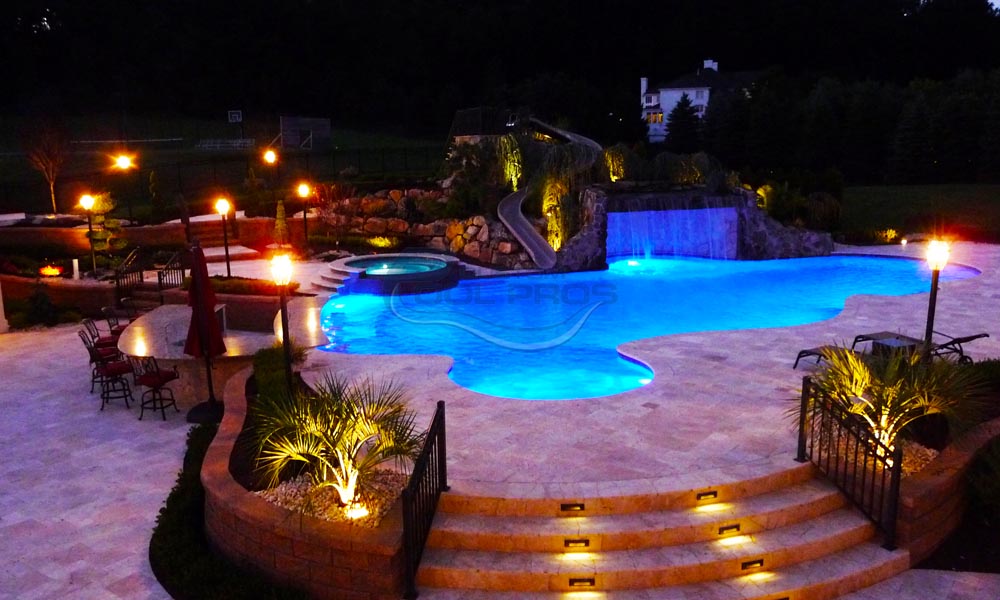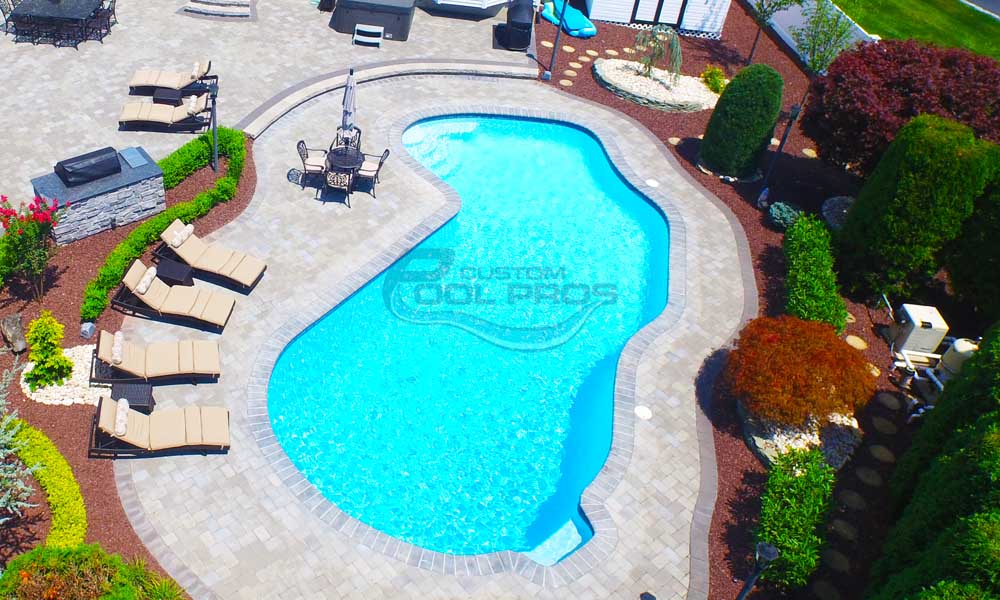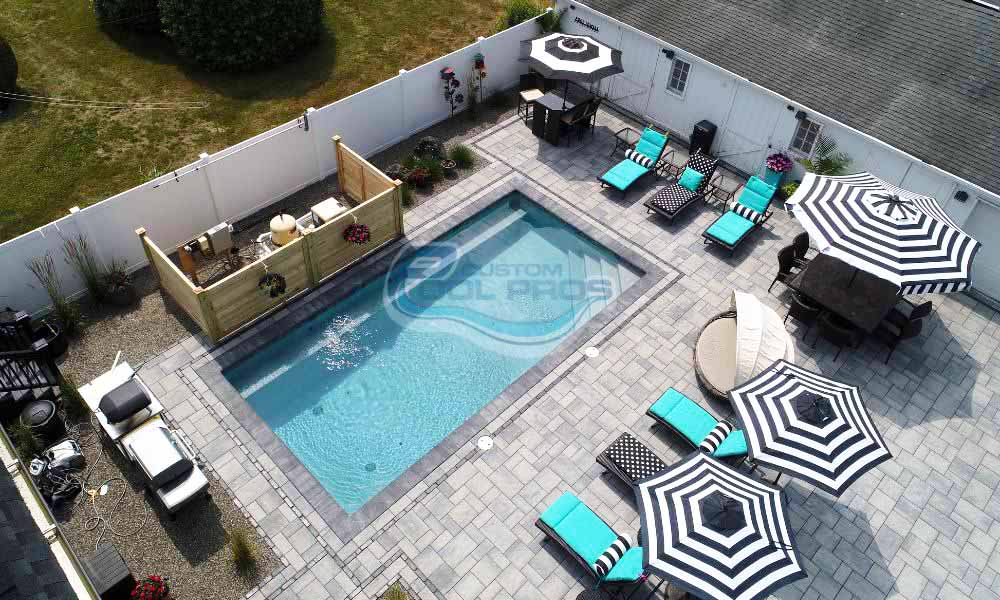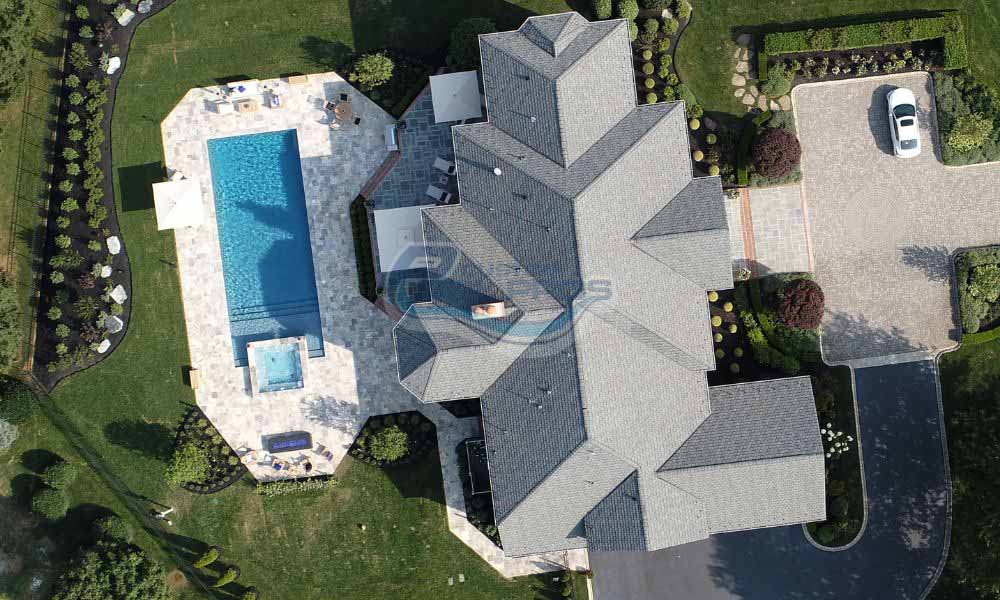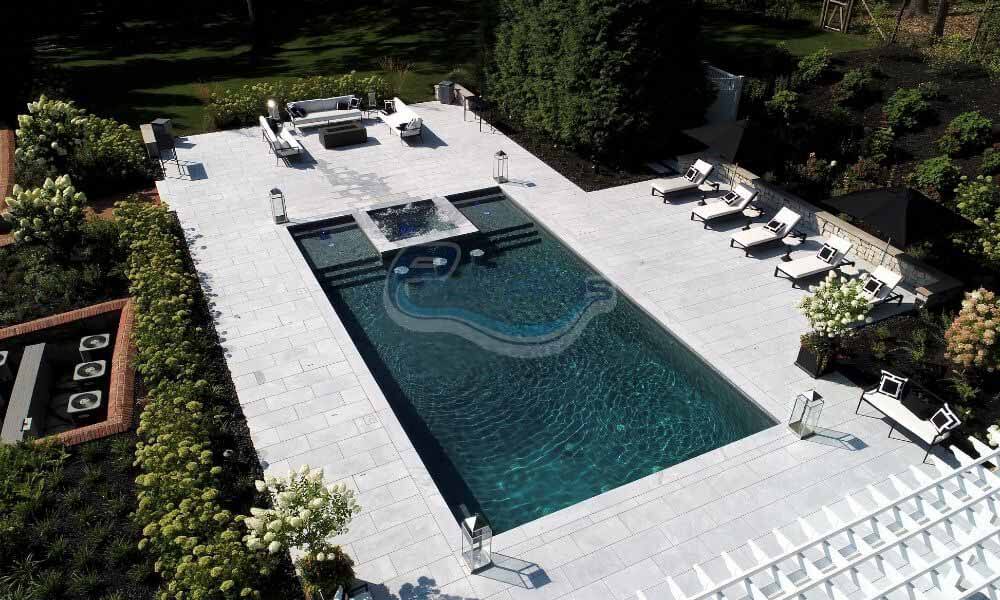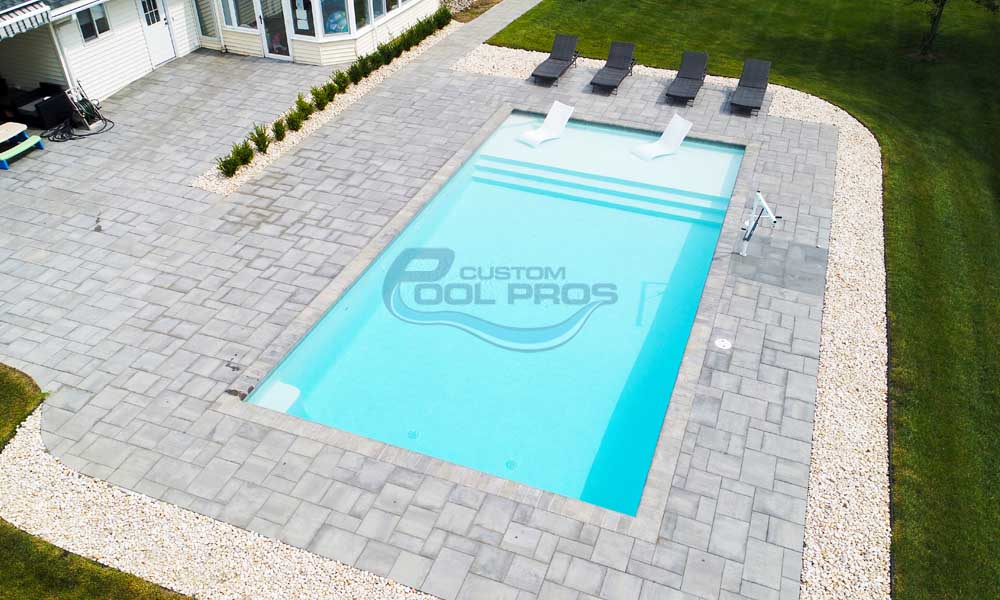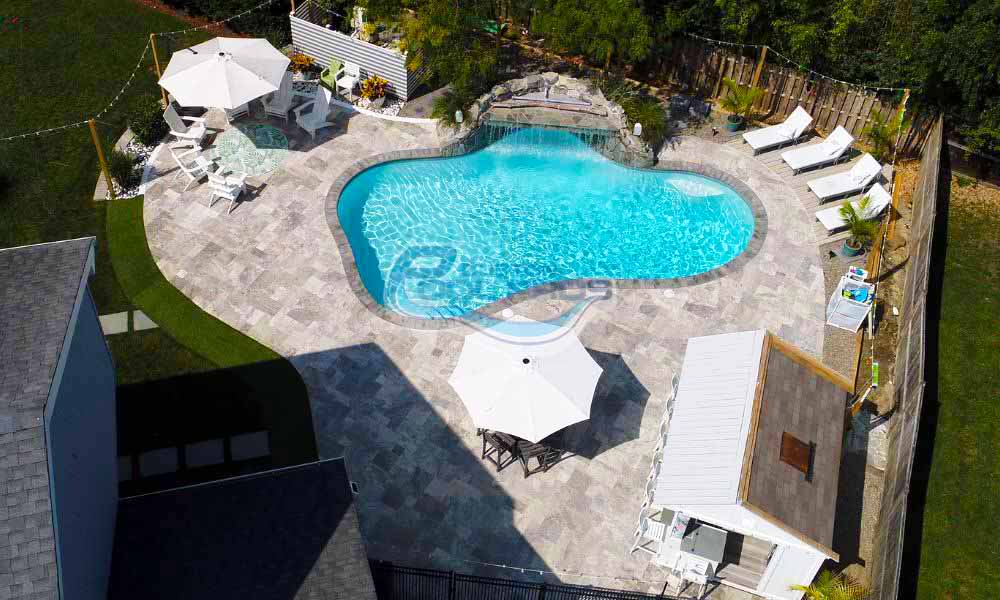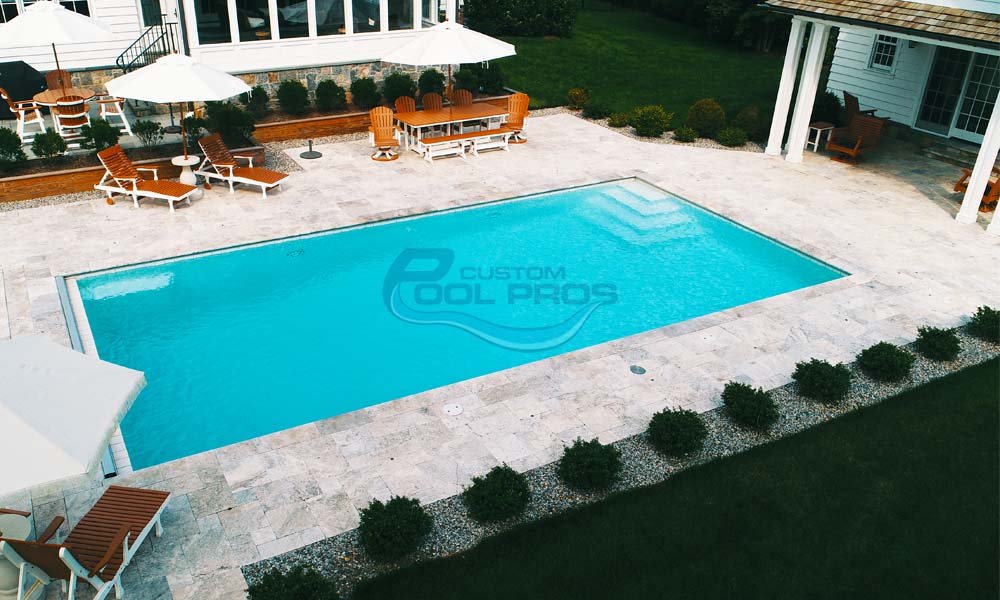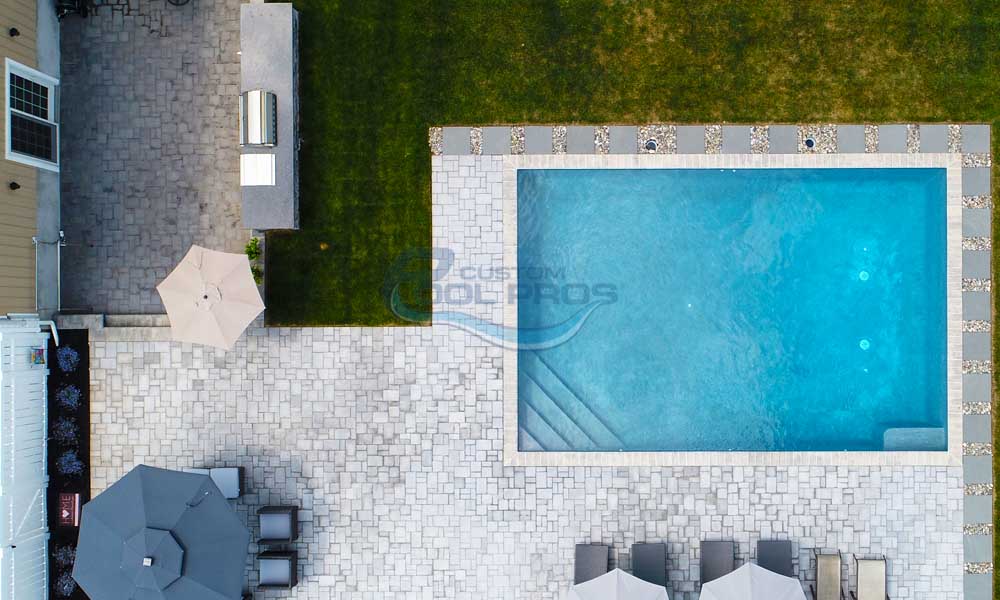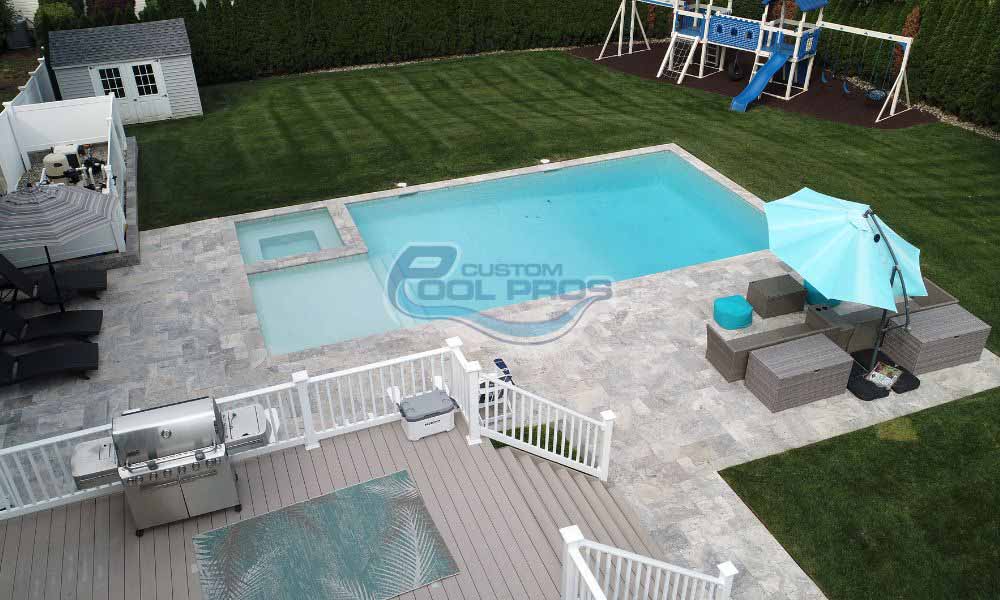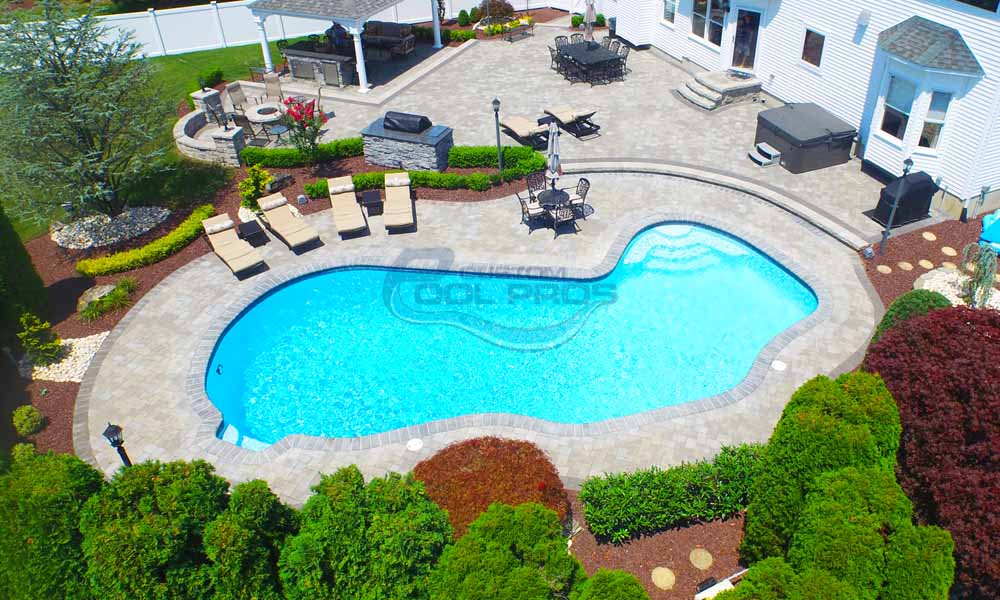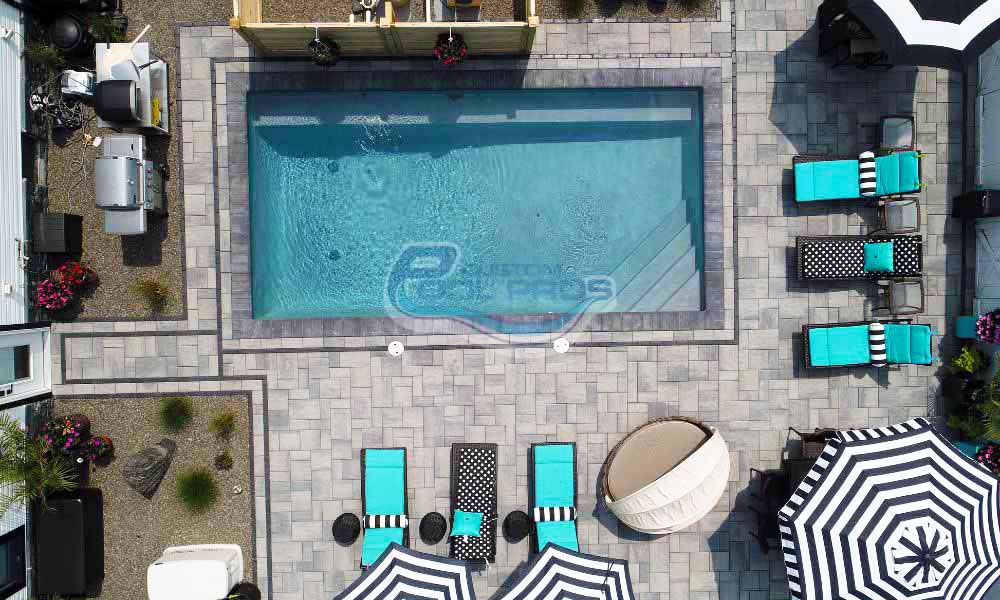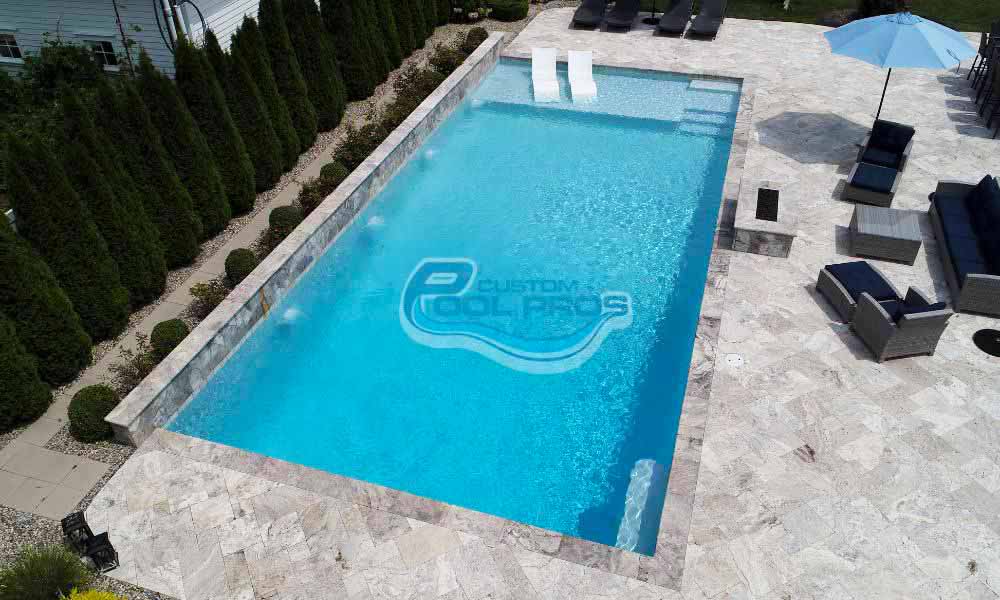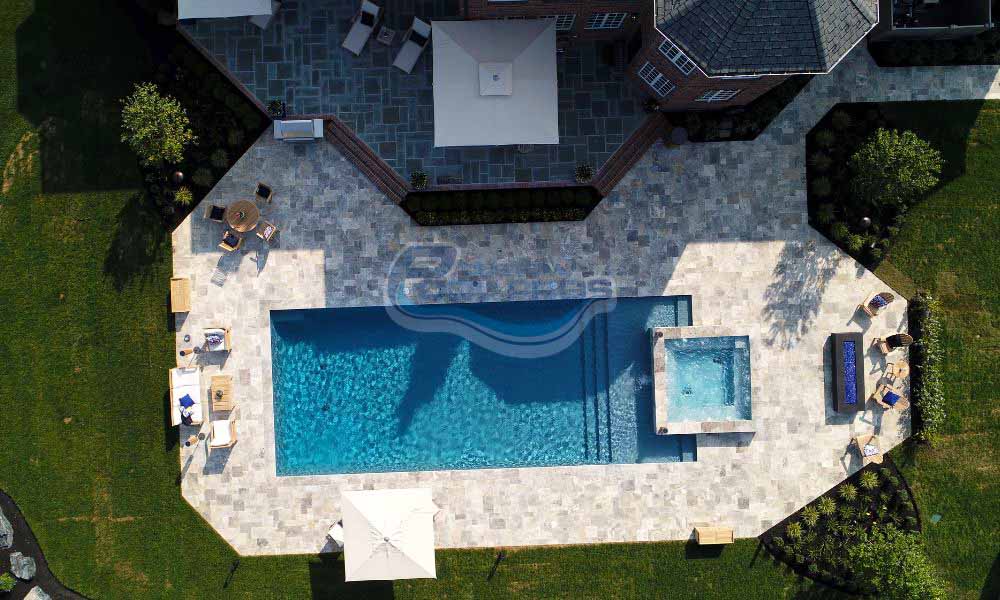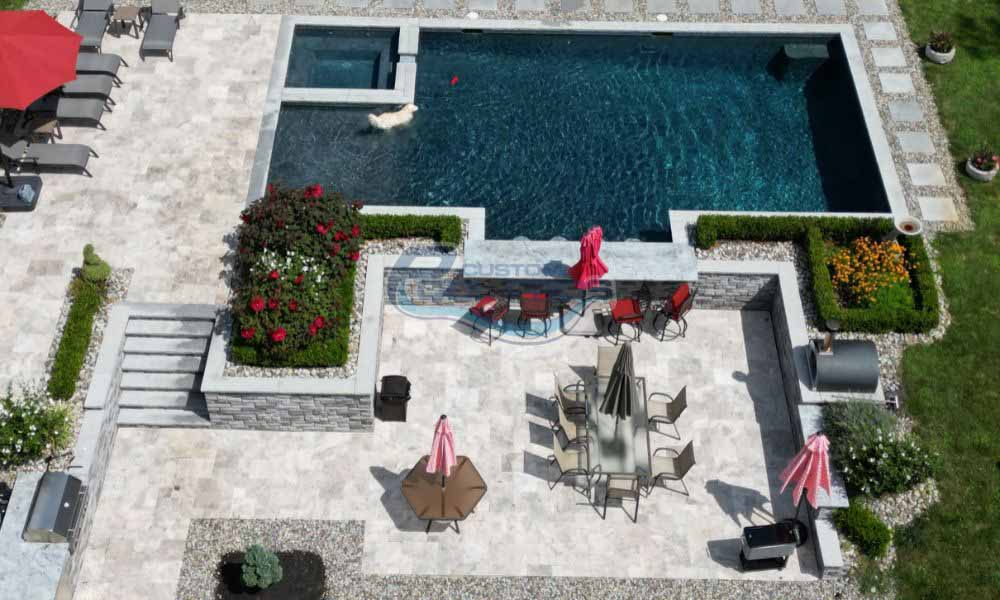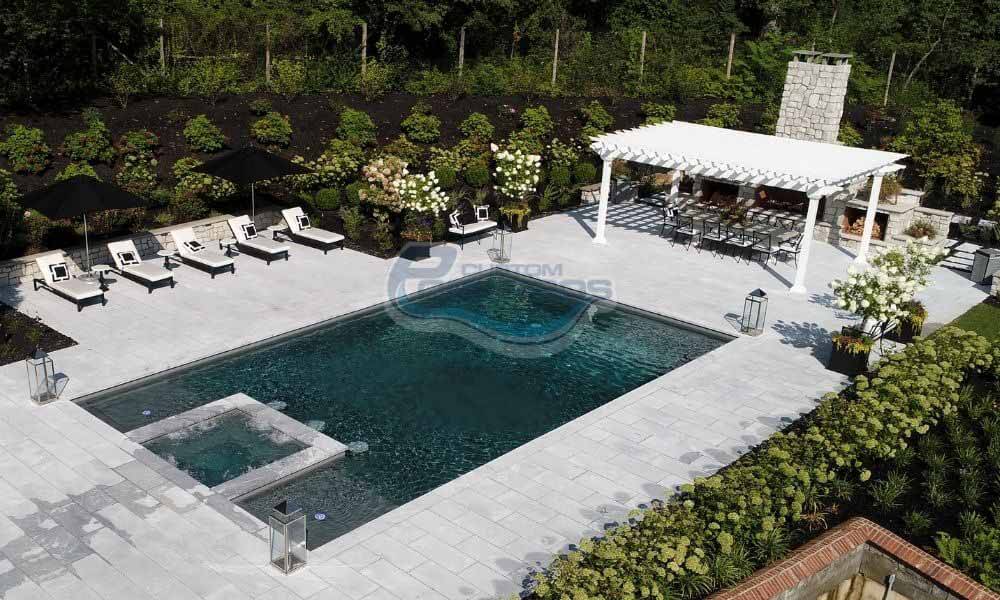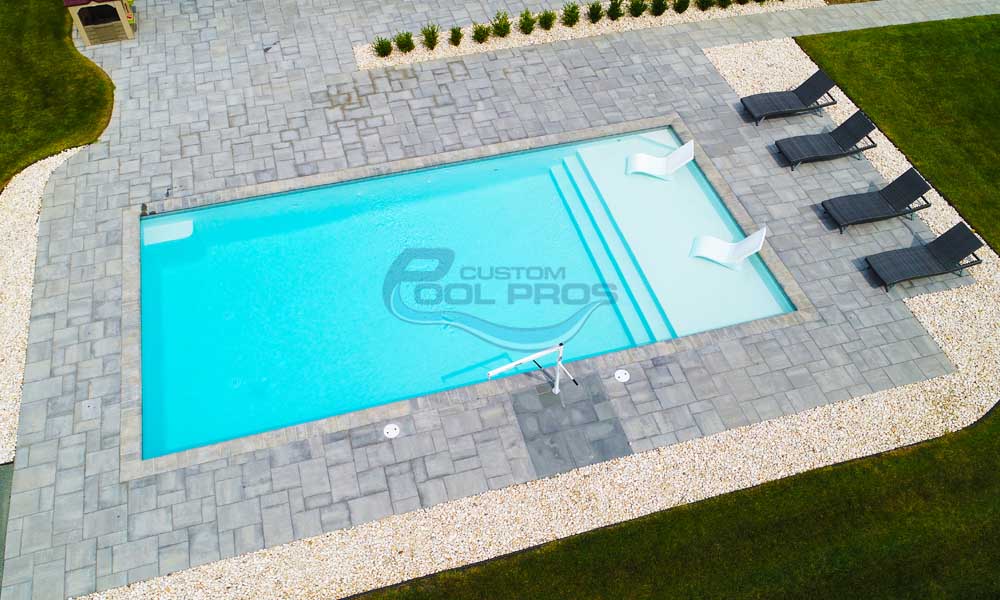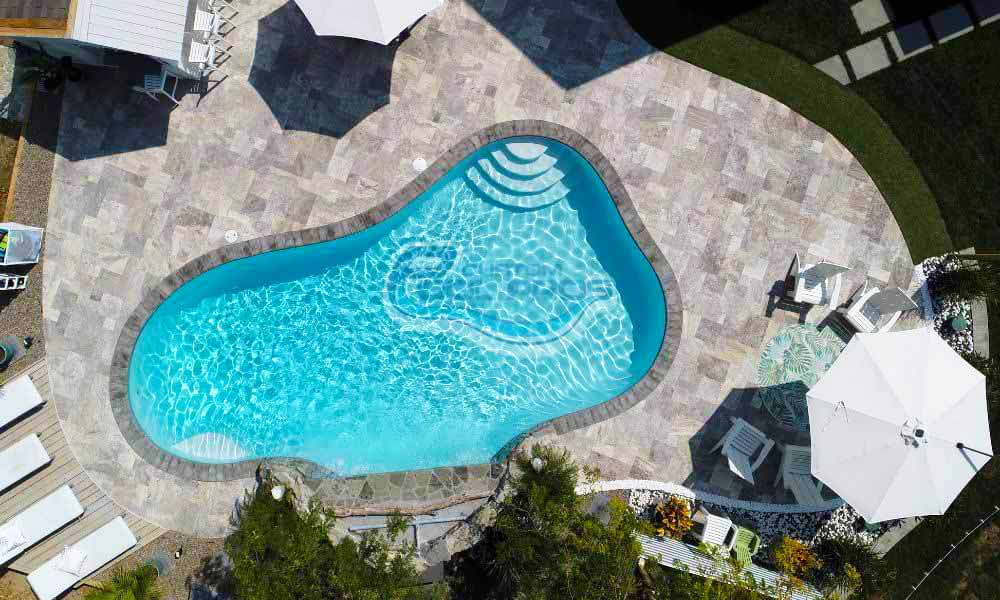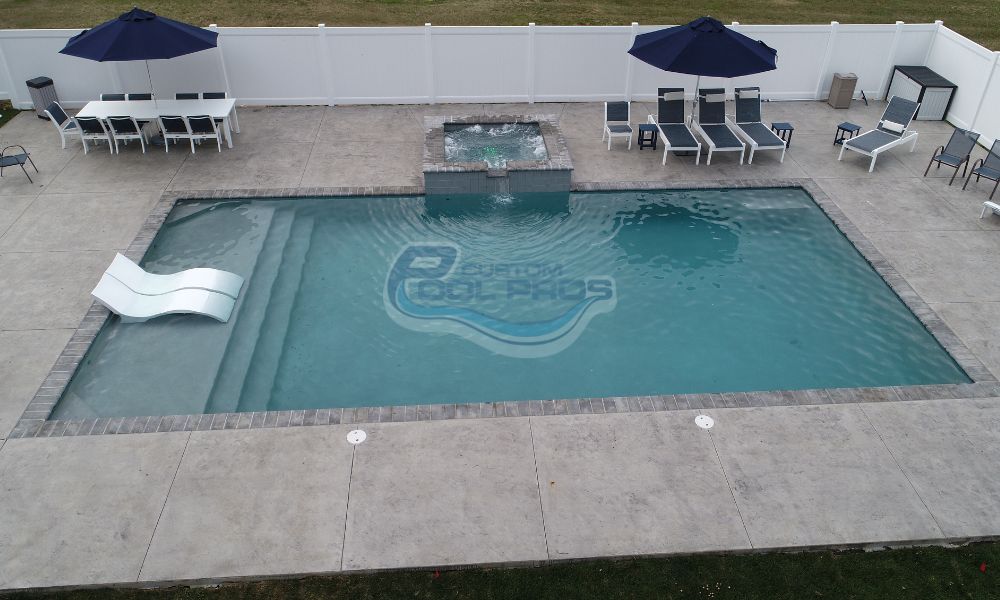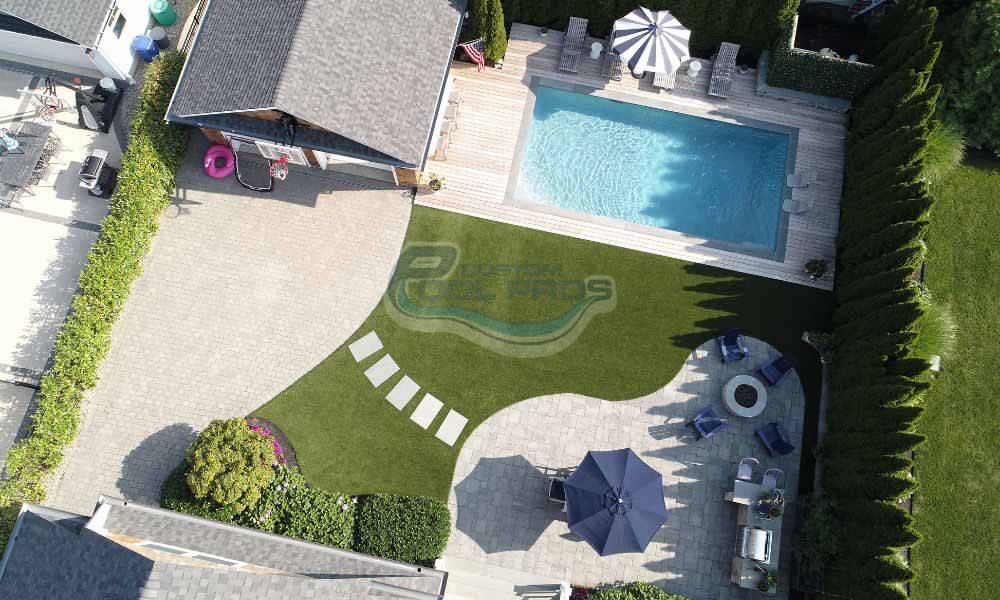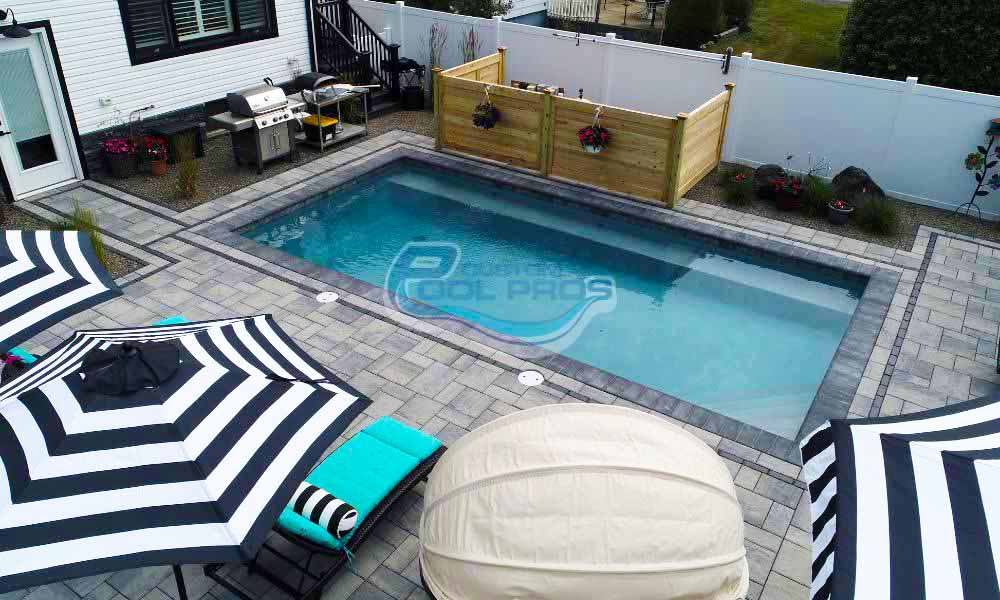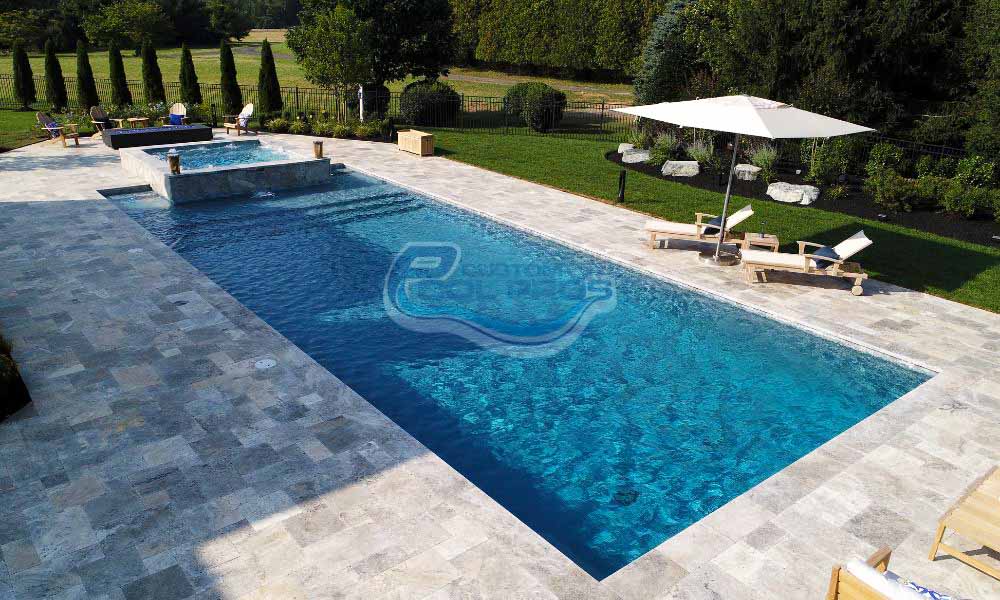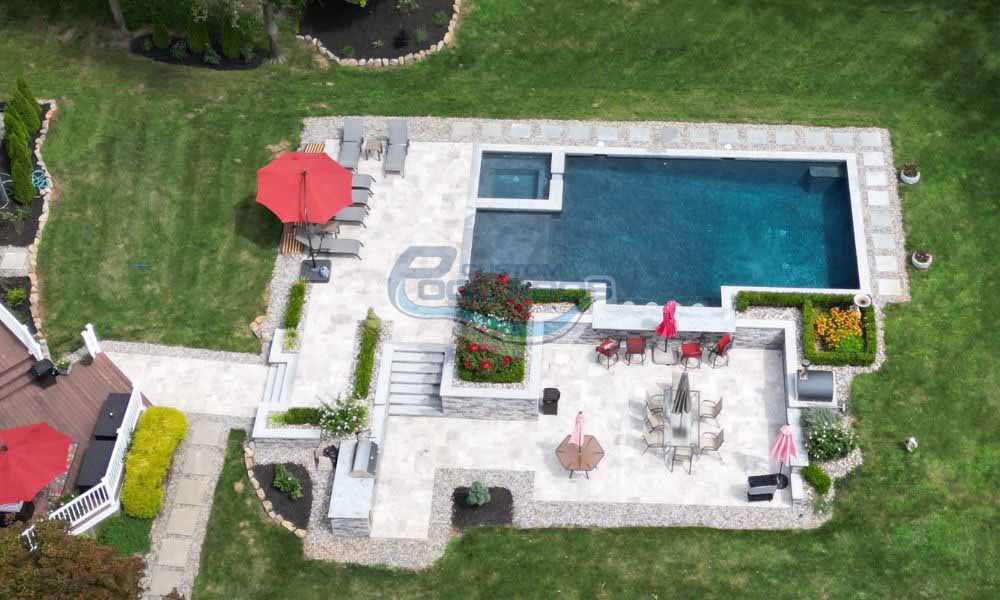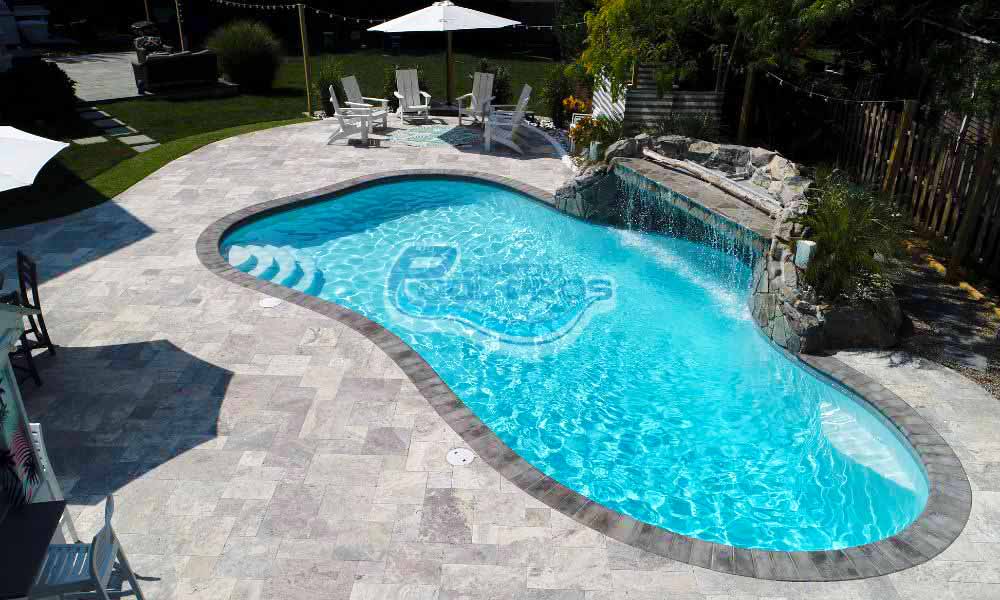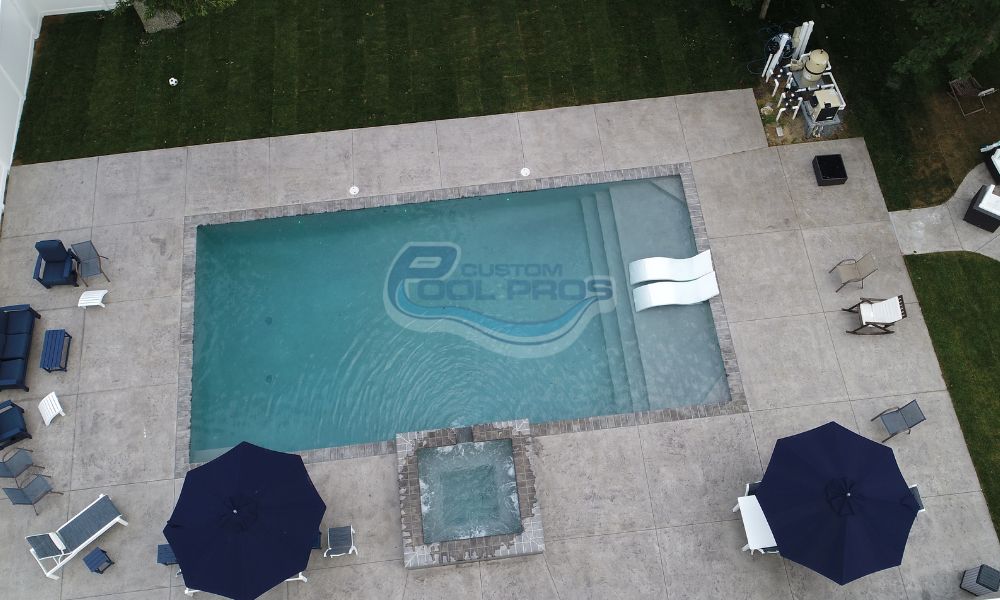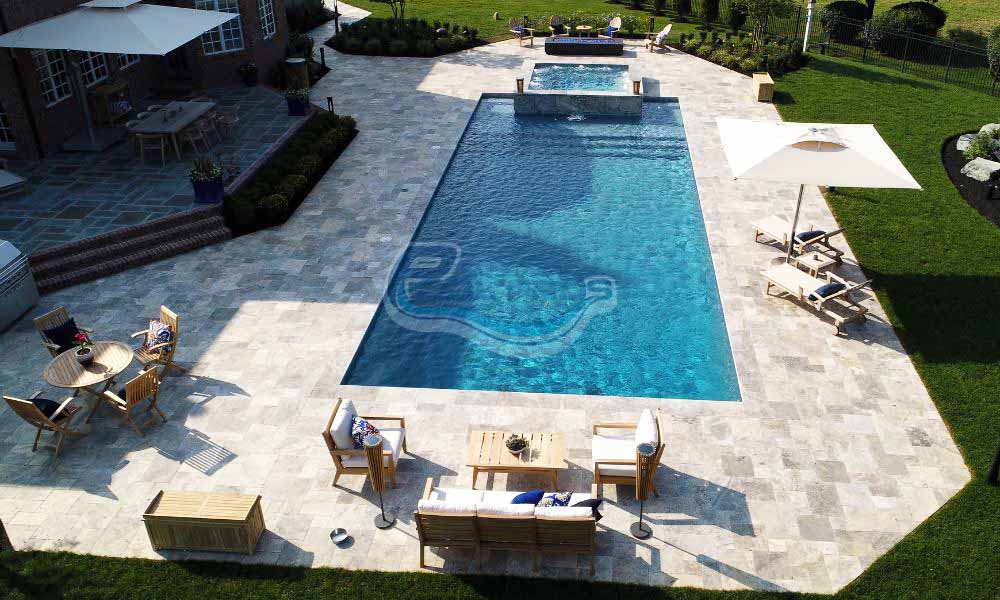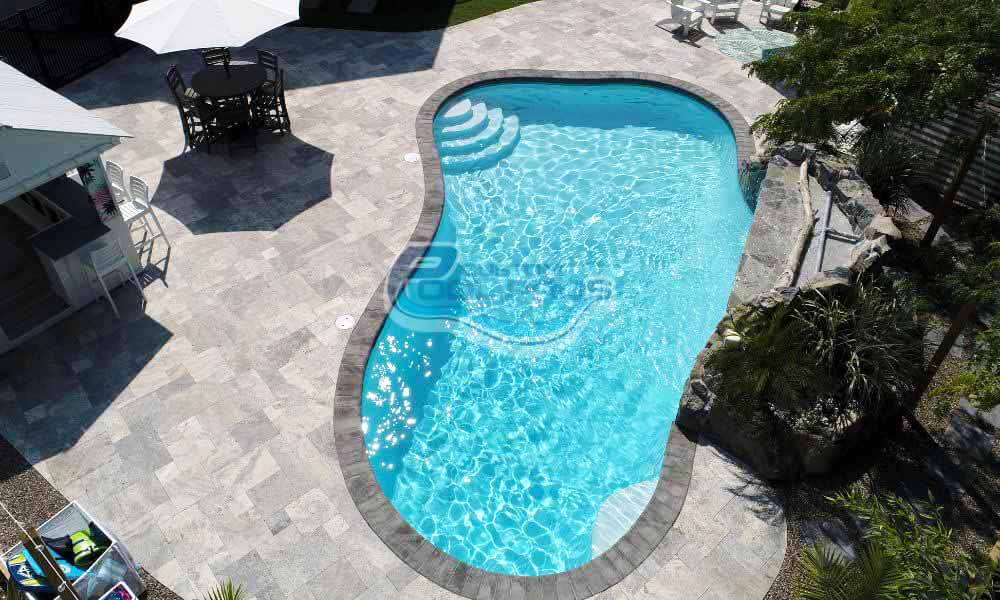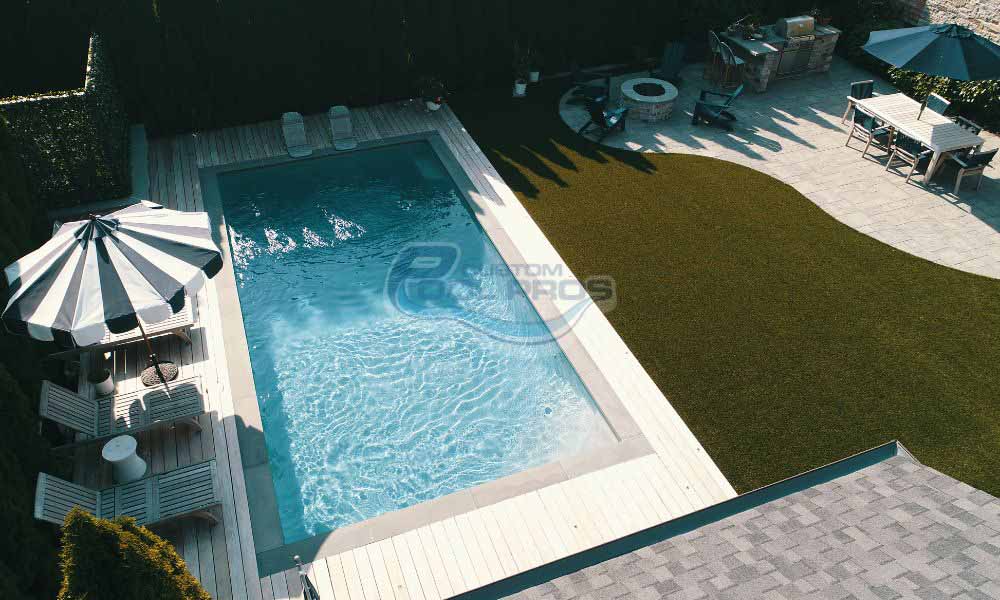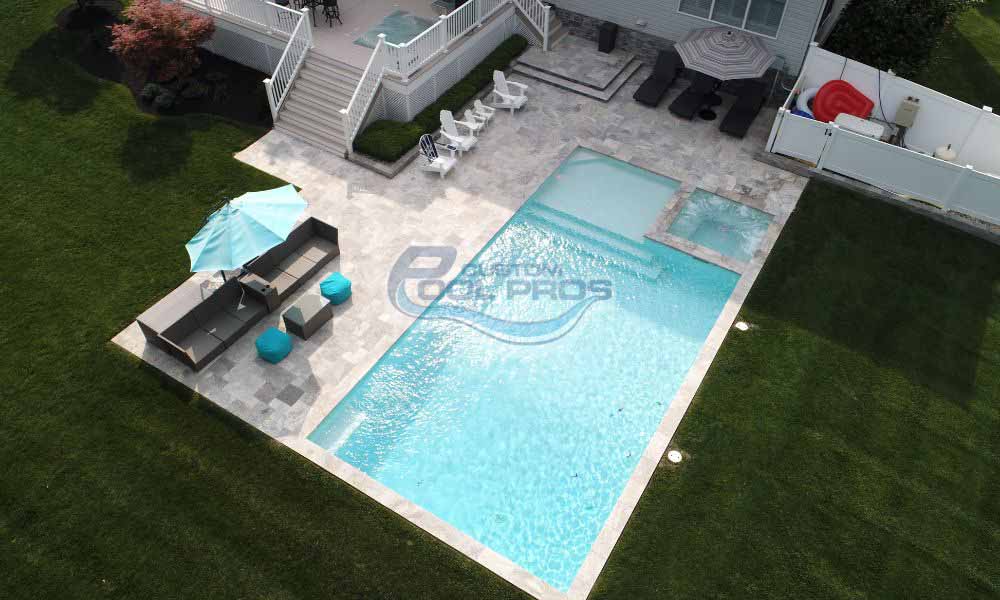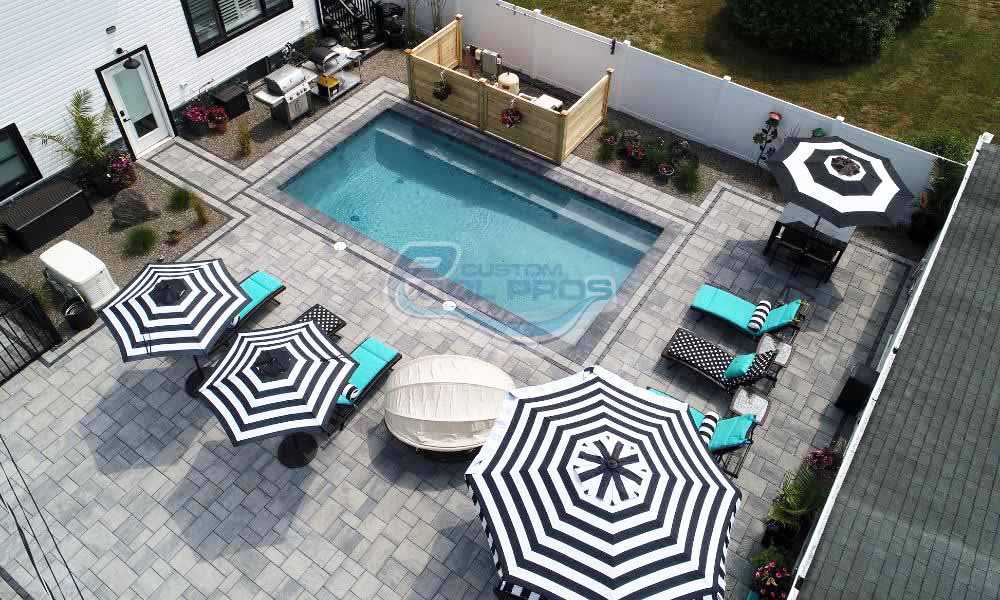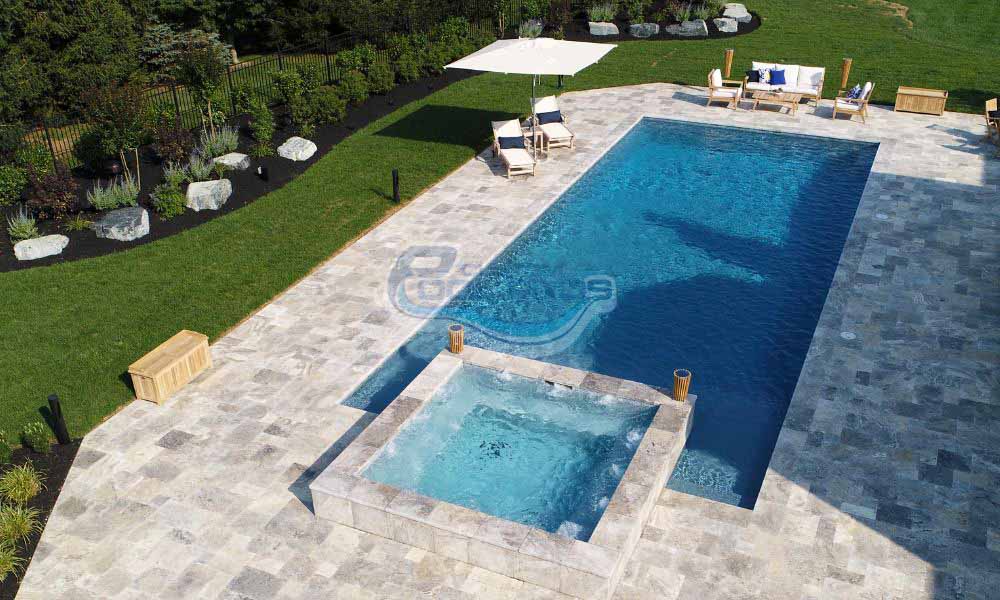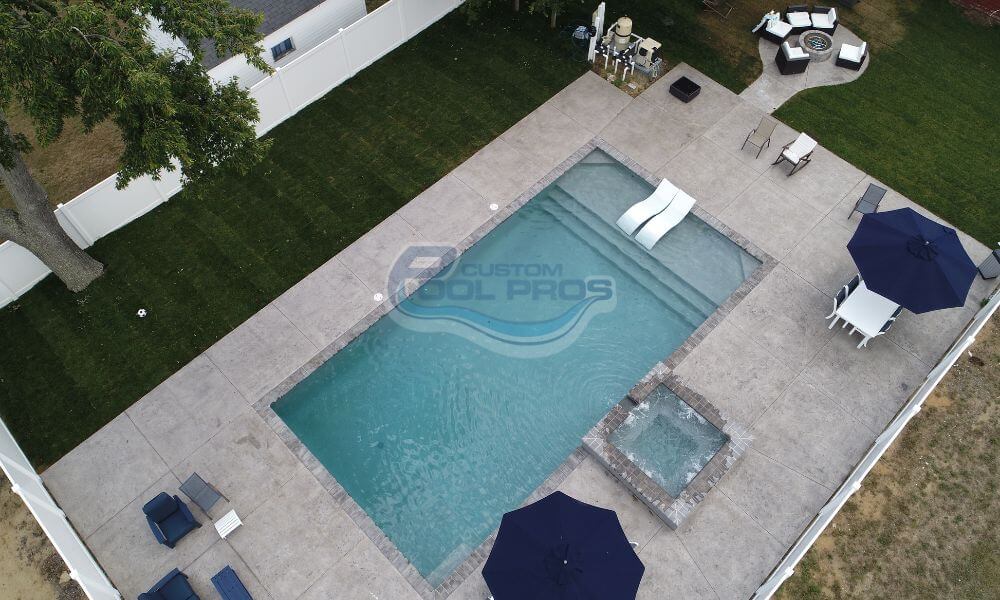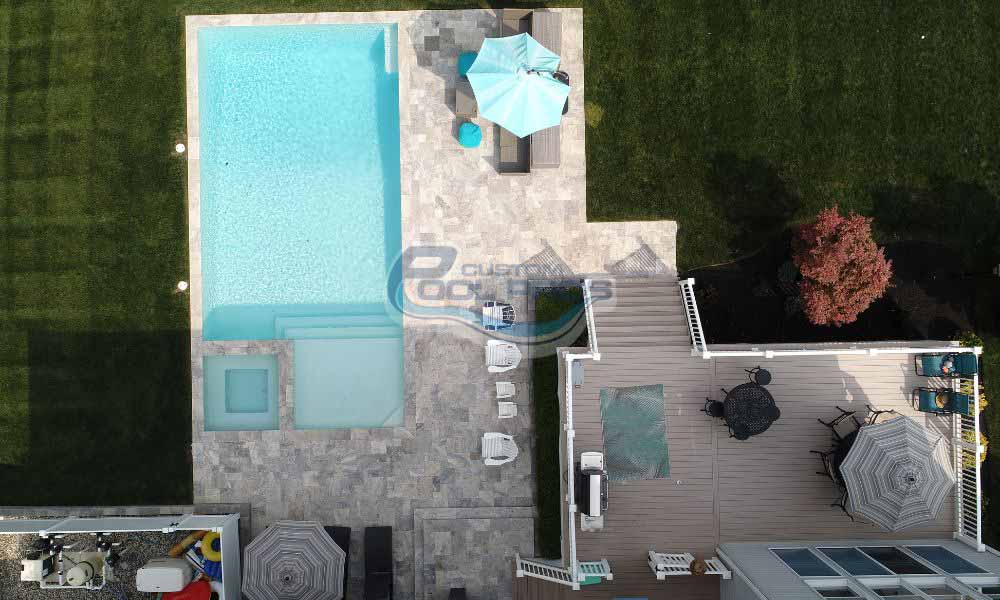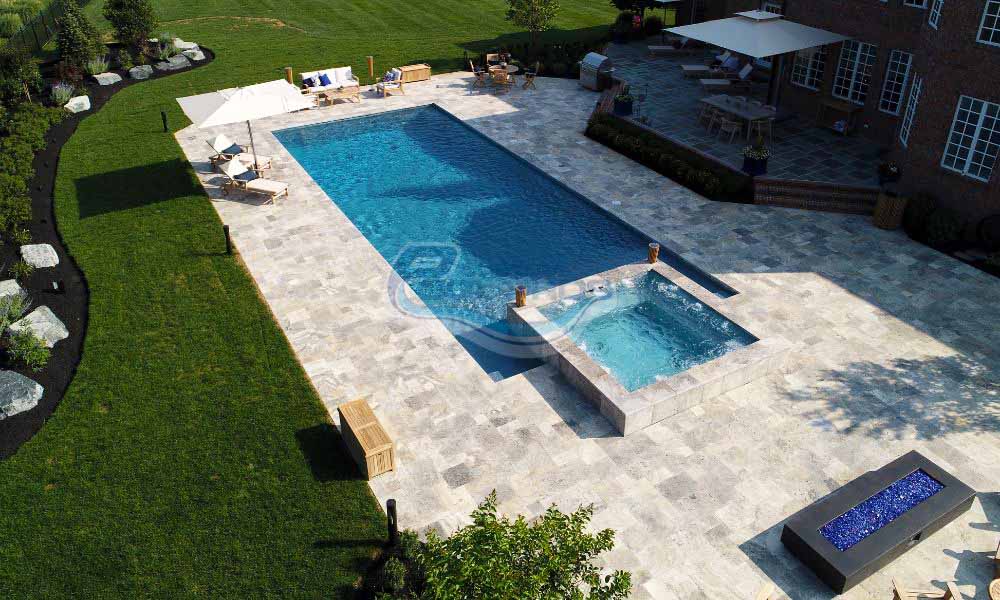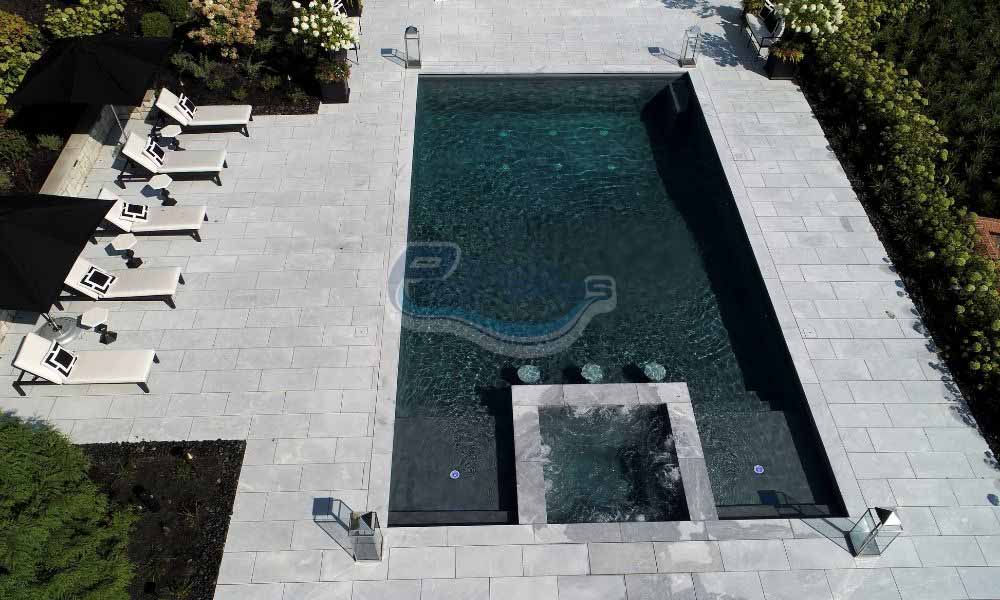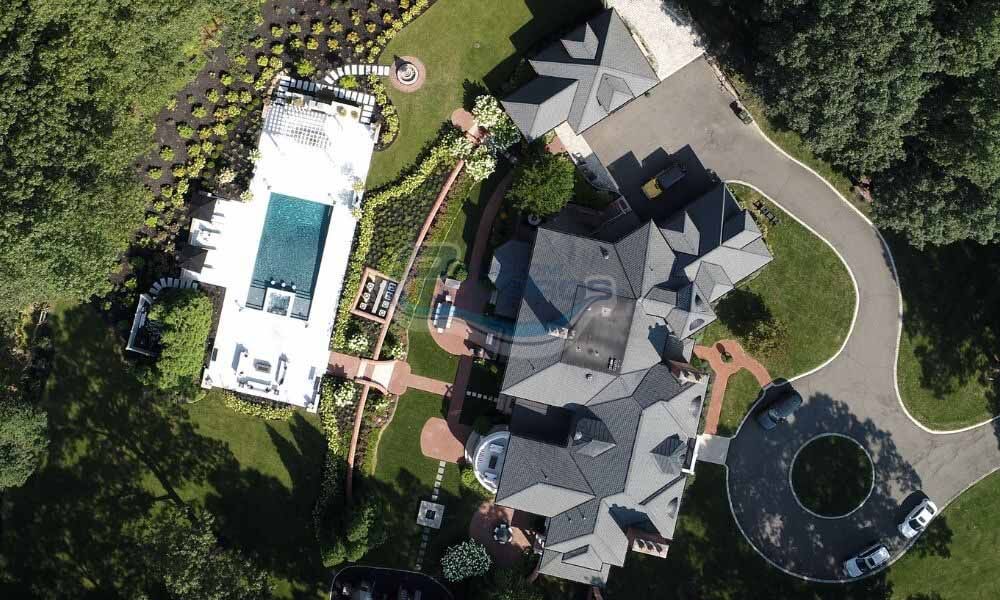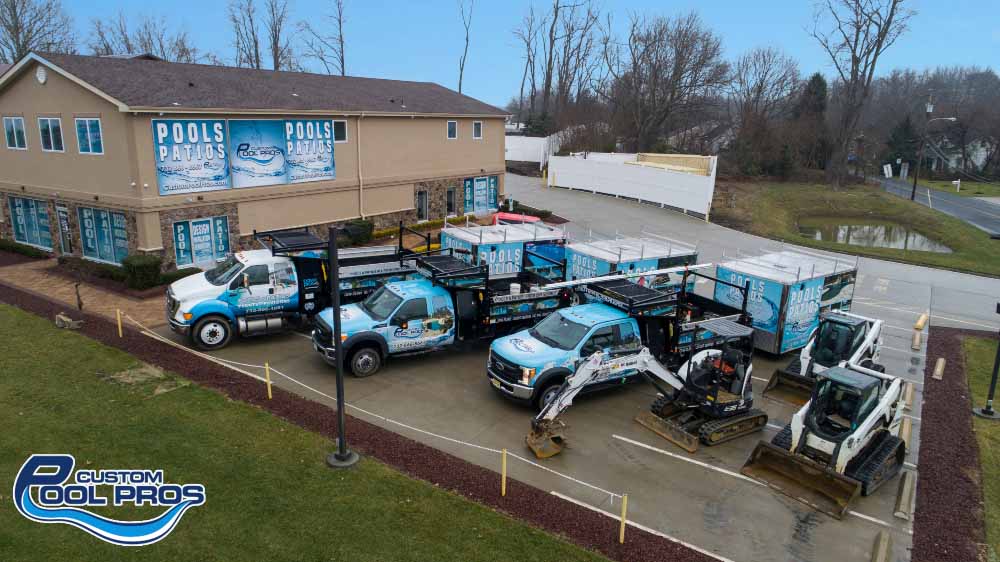Black algae in pools are usually a common problem, giving your swimming area an unsightly appearance. These algae don’t easily get eradicated, are complex, and are resistant to most of the harsh chemicals one may use, clinging tightly to the pool surfaces. Other than other types of pool algae, black algae have deep roots that can penetrate porous surfaces like concrete or plaster.
It is essential to take action immediately once you notice the growth and development of black algae to prevent further spreading and contamination. This blog educates you on black algae, its causatives, and how to eliminate them effectively.
What Is Black Algae In Pool
Black algae in a pool are a type of bacteria that form dark spots on surfaces, primarily in rough areas; this could be in the cracks in the concrete or tile grout. Unlike other types of algae, black algae have deep roots that make them far more challenging to eliminate than regular algae. The algae form this shield-like layer, protecting themselves from regular pool chemicals, making the treatment difficult.
Is Black Algae In Pool Harmful
Yes, black algae in a pool can indeed be dangerous, not only for the pool but also for the swimmers. Essentially not hazardous to health, black algae signals poor water conditions that could amount to unsanitary conditions to swim in. The bacteria that cause skin irritations, infections, or illnesses upon minor ingestion can hide in algae. Moreover, black algae can roughen the pool’s surfaces over time, making them difficult to clean.
Difference Between Green Algae And Black Algae
Green Algae
Green algae are commonly found in pools, where they float in the water, causing it to appear cloudy or create a green pool color. Green algae are more accessible to remove than black, generally showing good reactions to proper pool maintenance and regular use of chemicals such as chlorine.
Black Algae
Black algae is much more demanding, has much deeper roots, and is far more challenging to eliminate. They manifest as dark-colored, elevated spots that cling to surfaces in pools, most commonly embedded in their cracks. As opposed to green algae, black algae are impervious to most pool chemicals; they need to be scrubbed and specially treated to be removed.
What Does Pool Algae In Pool Look Like
Pool algae can take several different forms depending on the type. The most common are green algae. These usually turn the water cloudy and tint green, sometimes showing up as slimy, floating patches on pool surfaces. Black algae are tiny in size, dark-colored, and raised, usually clinging to rough areas of concrete or grout.
These are not easily brushed off. The other types of algae that one may encounter in pools are yellow or mustard, coming as powdery yellowish stains and usually setting bases in the concealed areas of the pool. All these types call for immediate attention.
What Causes Black Algae In Pool
- Poor Water Circulation: Black algae prefer places with minimum water circulation. Examples include corners, cracks, or areas behind the ladder. All these provide a suitable zone for anchorage and proliferation of the algae.
- Contaminated Equipment or Swimwear: Using pool equipment or swimwear in natural bodies of water may introduce the black algae spore into the pool, where it can take hold.
How To Get Rid Of Black Algae In Pool
Black algae in a pool is a stubborn contaminant that can be difficult to remove. It typically thrives in shaded areas of the pool and on surfaces with low water flow. Here’s a detailed guide on how to eliminate black algae:
1. Scrub the Affected Area:
- Use a stiff pool brush: This will help dislodge the protective jacket that surrounds the black algae.
- Focus on shaded areas: These are prime spots for black algae growth.
- Scrub thoroughly: Ensure you remove as much of the algae as possible.
2. Shock the Pool:
- Increase chlorine levels: Add a shock dose of chlorine to the pool. This will kill the algae and sanitize the water.
- Follow product instructions: Adhere to the recommended dosage for your pool size.
- Maintain chlorine levels: After shocking, continue to maintain adequate chlorine levels to prevent algae regrowth.
Also Read: Guide to Pool Chlorine
3. Apply Black Algae Algaecide:
- Target problem areas: Apply black algae algaecide directly to the affected spots.
- Follow product instructions: Use the algaecide according to the manufacturer’s guidelines.
- Allow time for effectiveness: Give the algaecide sufficient time to work.
4. Run the Pool Filter Continuously:
- Circulate chemicals: Ensure the pool filter is running continuously to circulate the chemicals throughout the water.
- Promote even distribution: This will help the chemicals reach all areas of the pool.
- Monitor water quality: Regularly test the water to ensure proper chemical levels.
Additional Tips To Prevent Return Of Black Algae In Pool
- Clean the pool filter: A dirty filter can hinder the effectiveness of the chemicals.
- Maintain proper pH: A balanced pH level is essential for algae prevention.
- Reduce shade: If possible, trim back trees or shrubs that cast shade on the pool.
- Prevent future outbreaks: Regularly shock the pool and maintain adequate chlorine levels to deter algae growth.
Conclusion
Black algae in the pool can be invasive and stubborn; however, it can be eliminated and prevented from building up with the right approach. Regular maintenance, proper sanitizing, and improved water circulation will ensure your pool stays algae-free.
Contact Custom Pool Pros for all your swimming pool needs. We specialize in custom pool installation in New Jersey.


